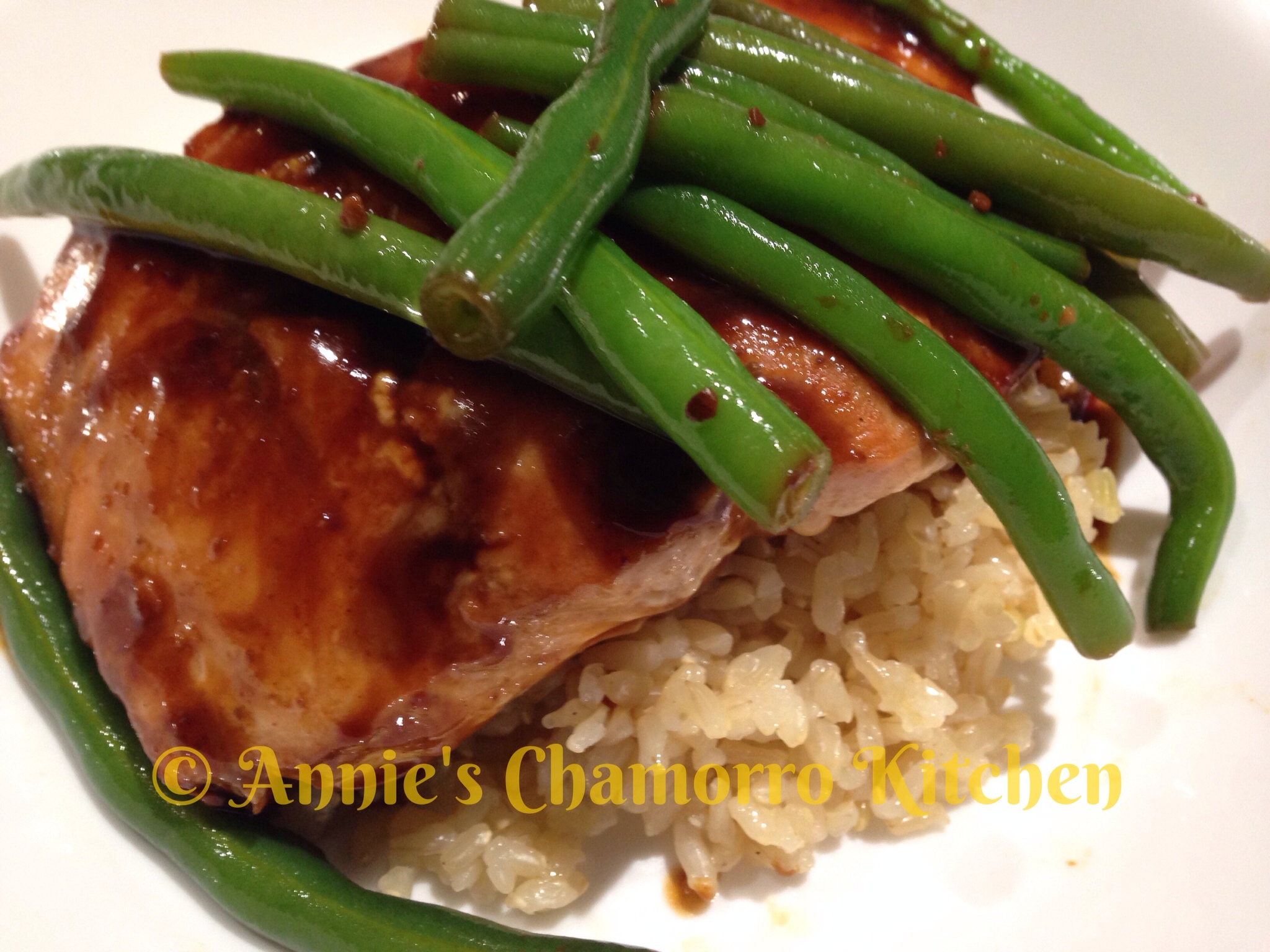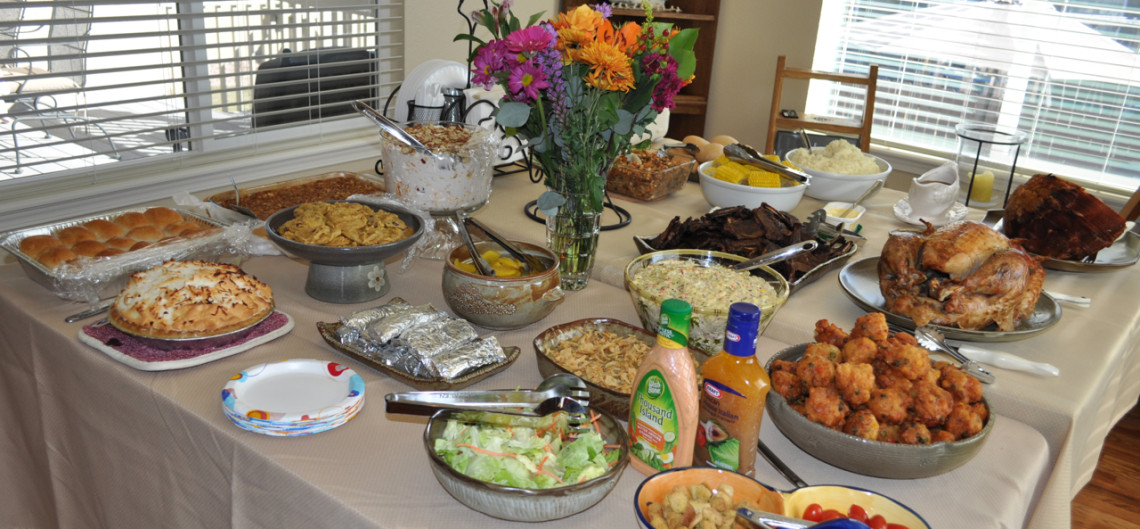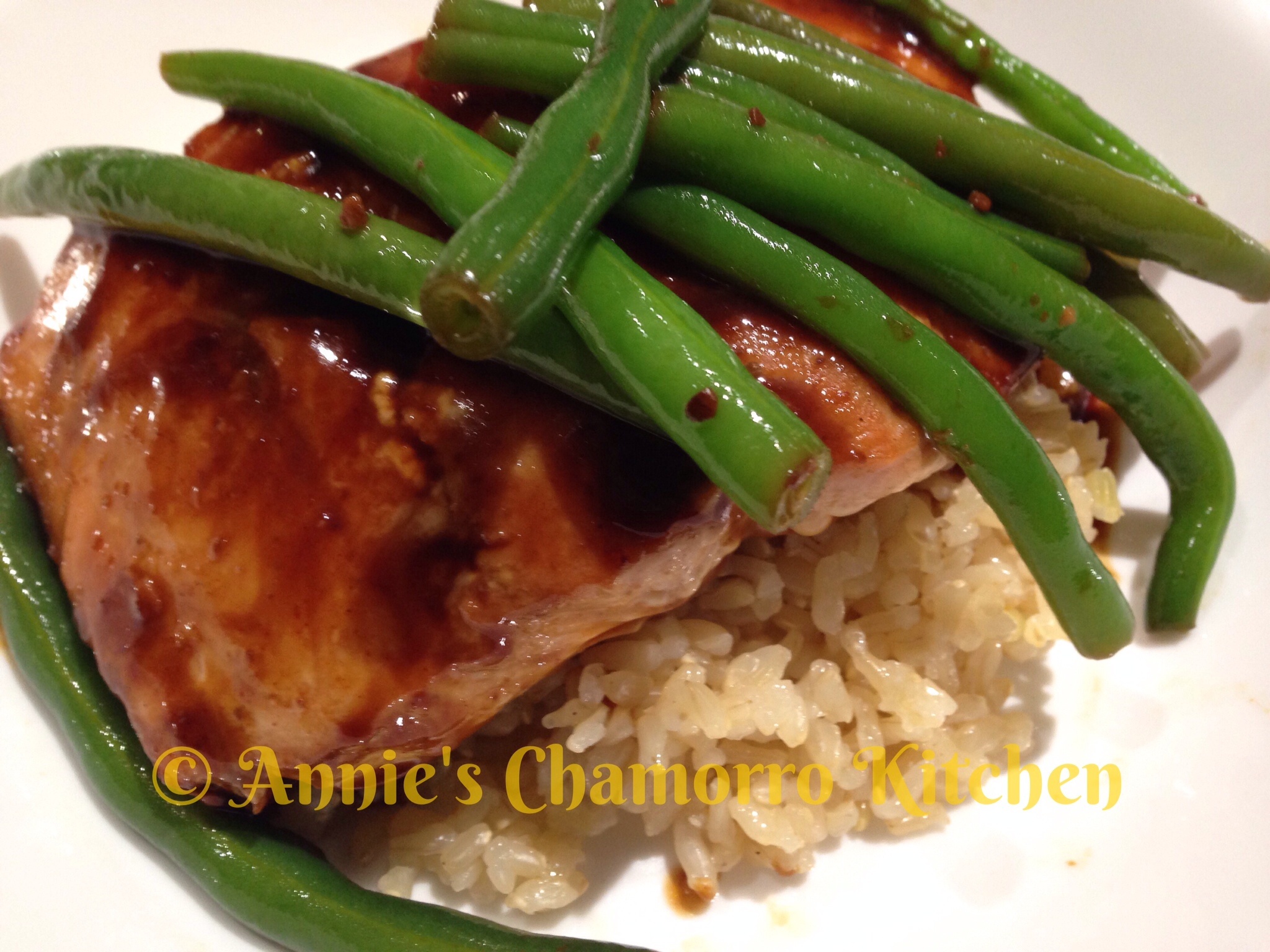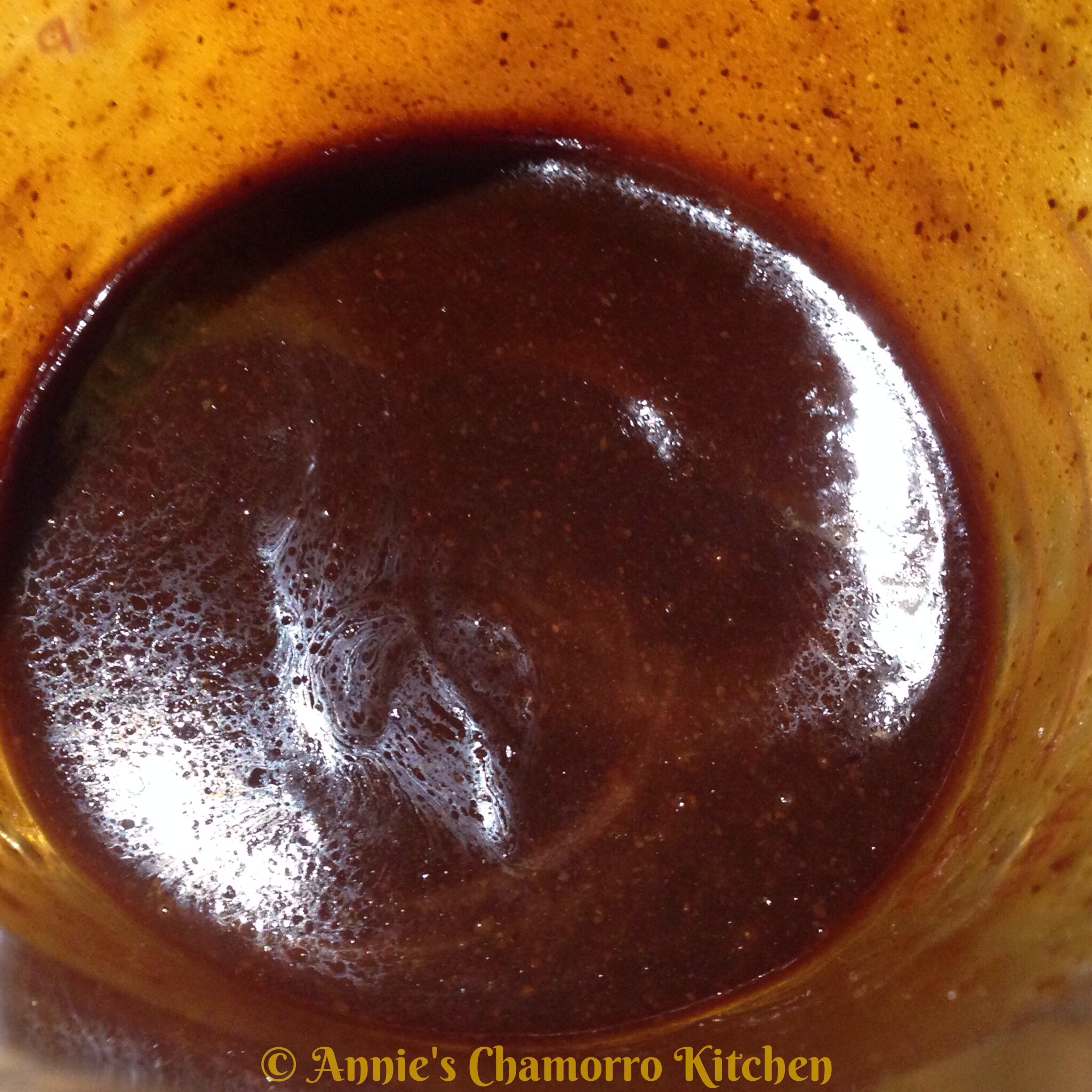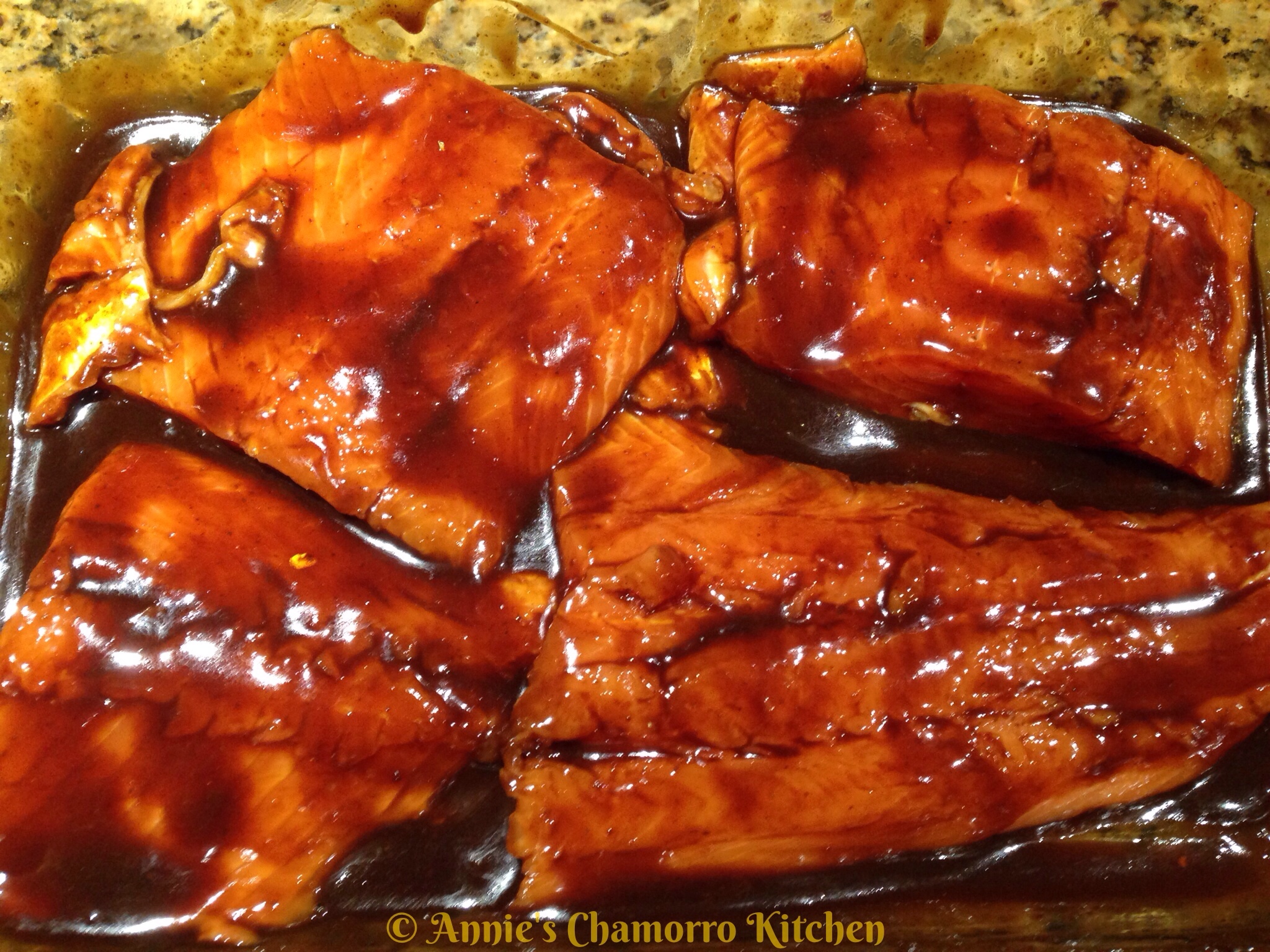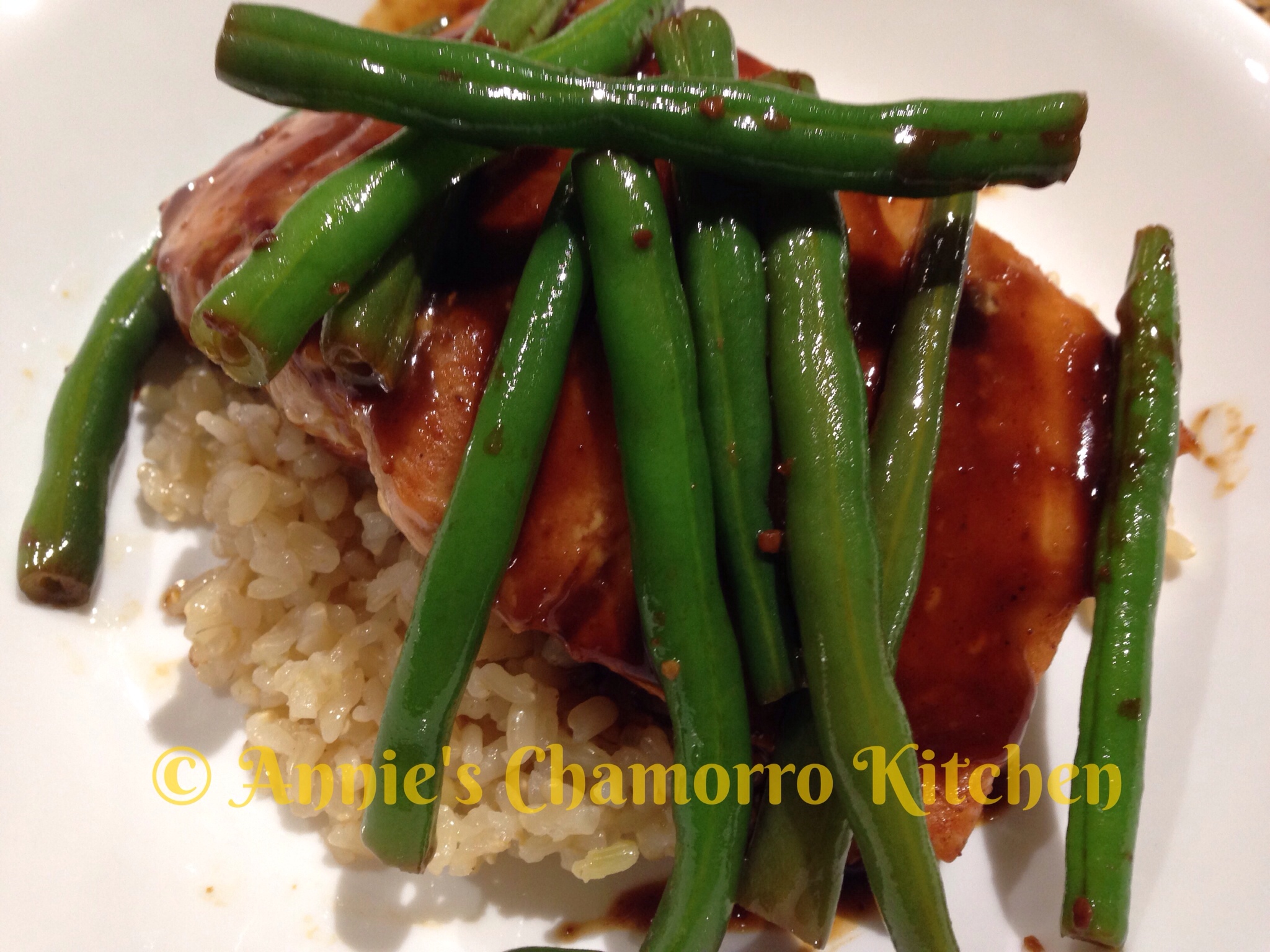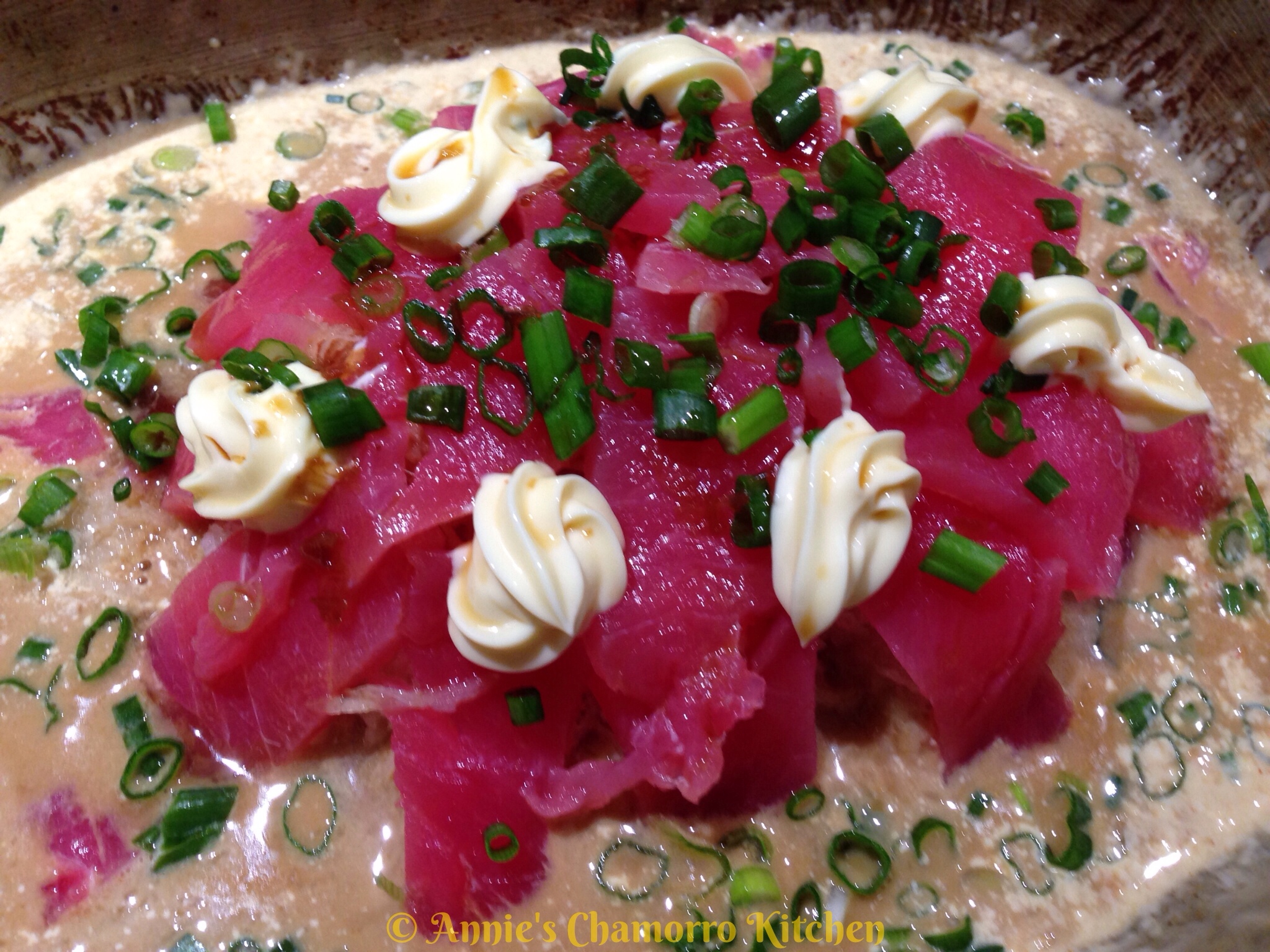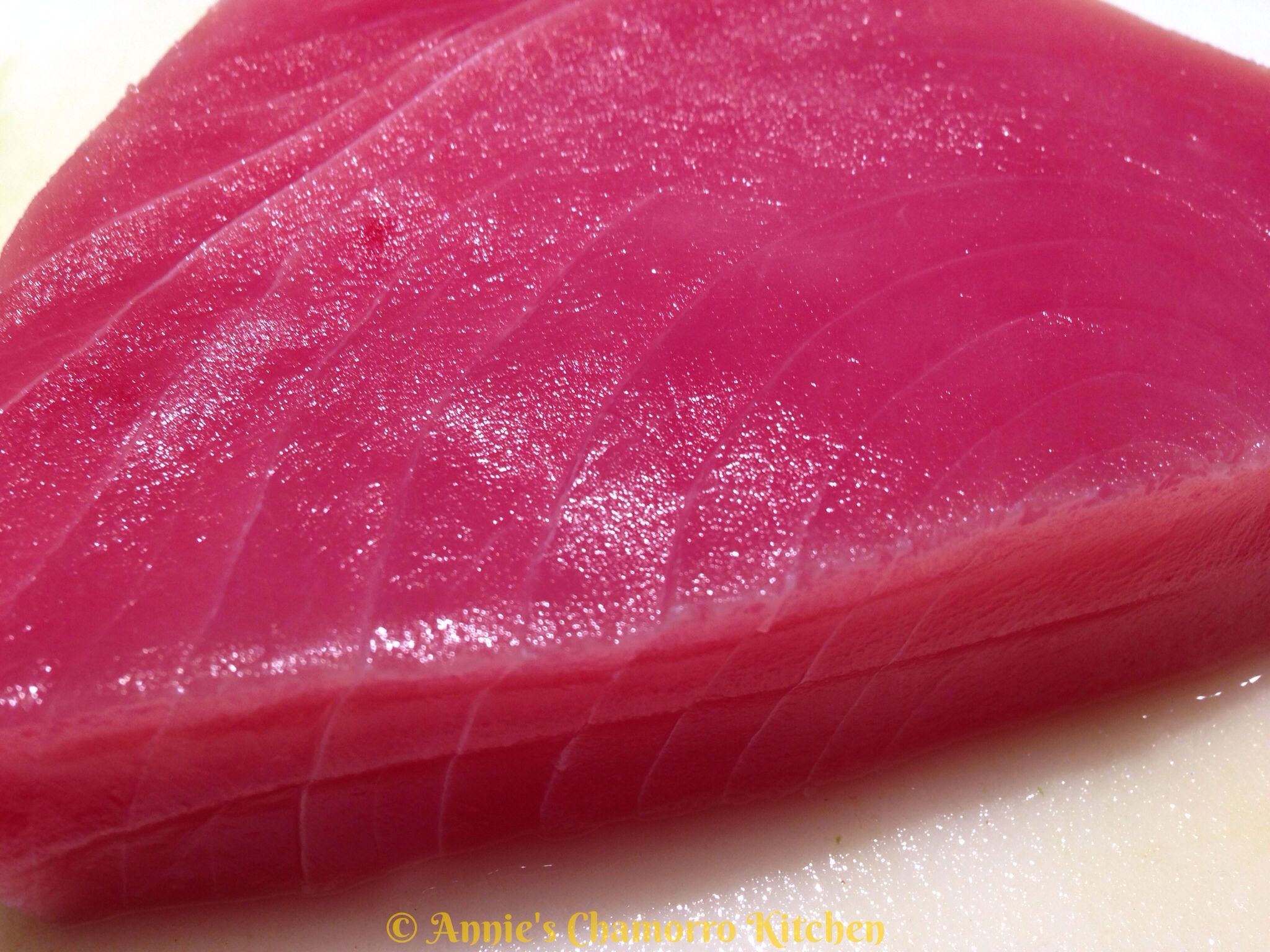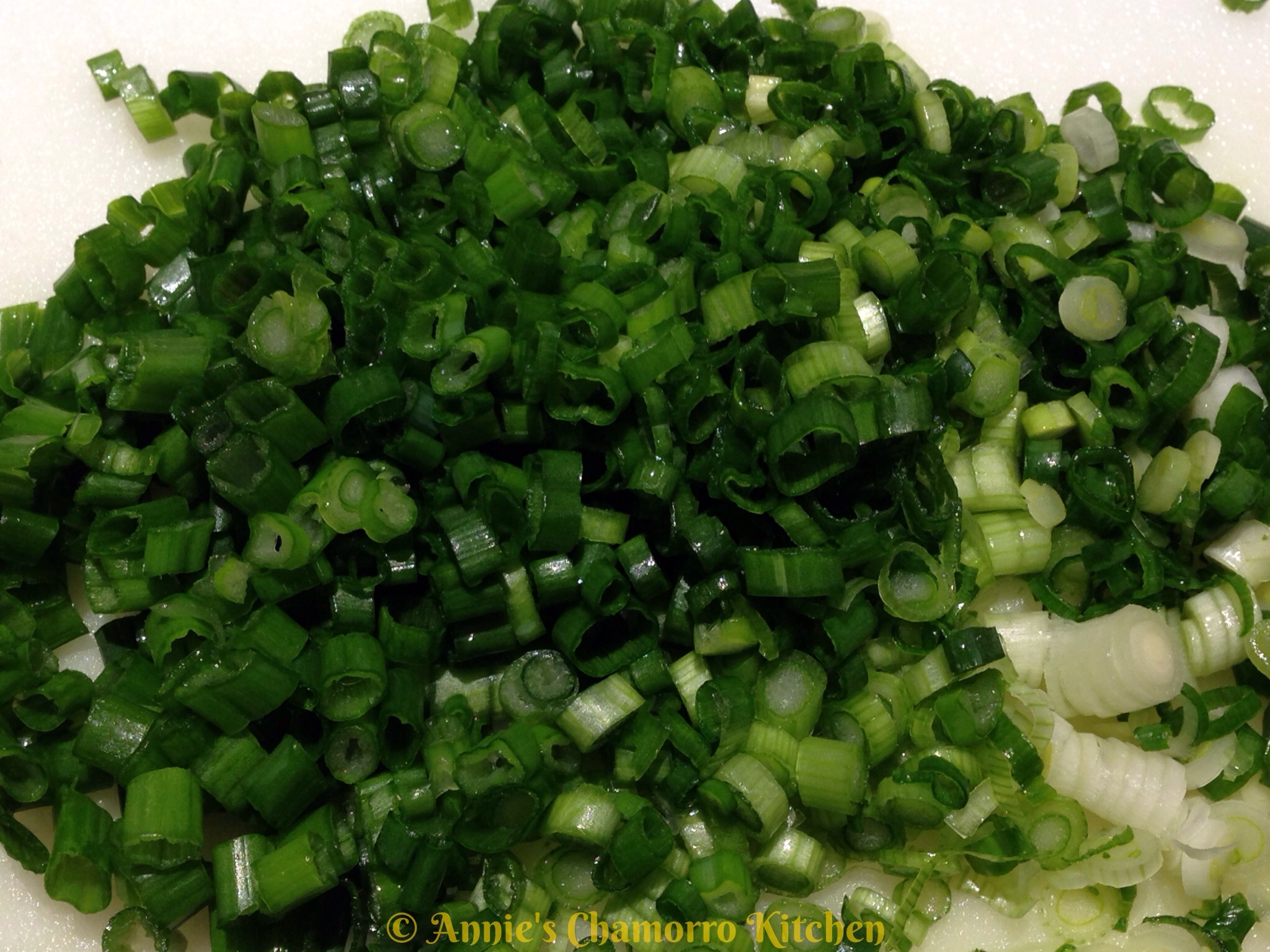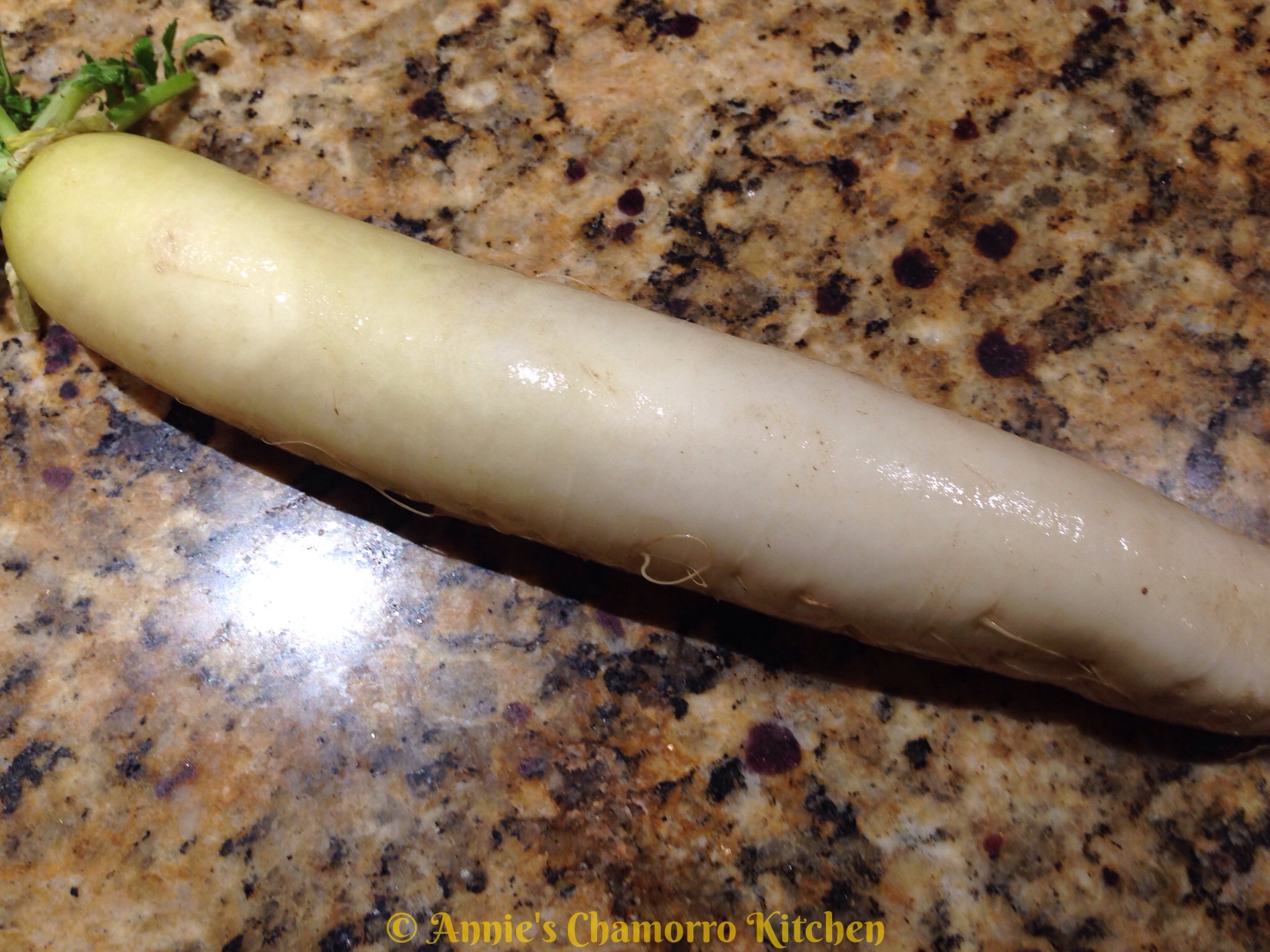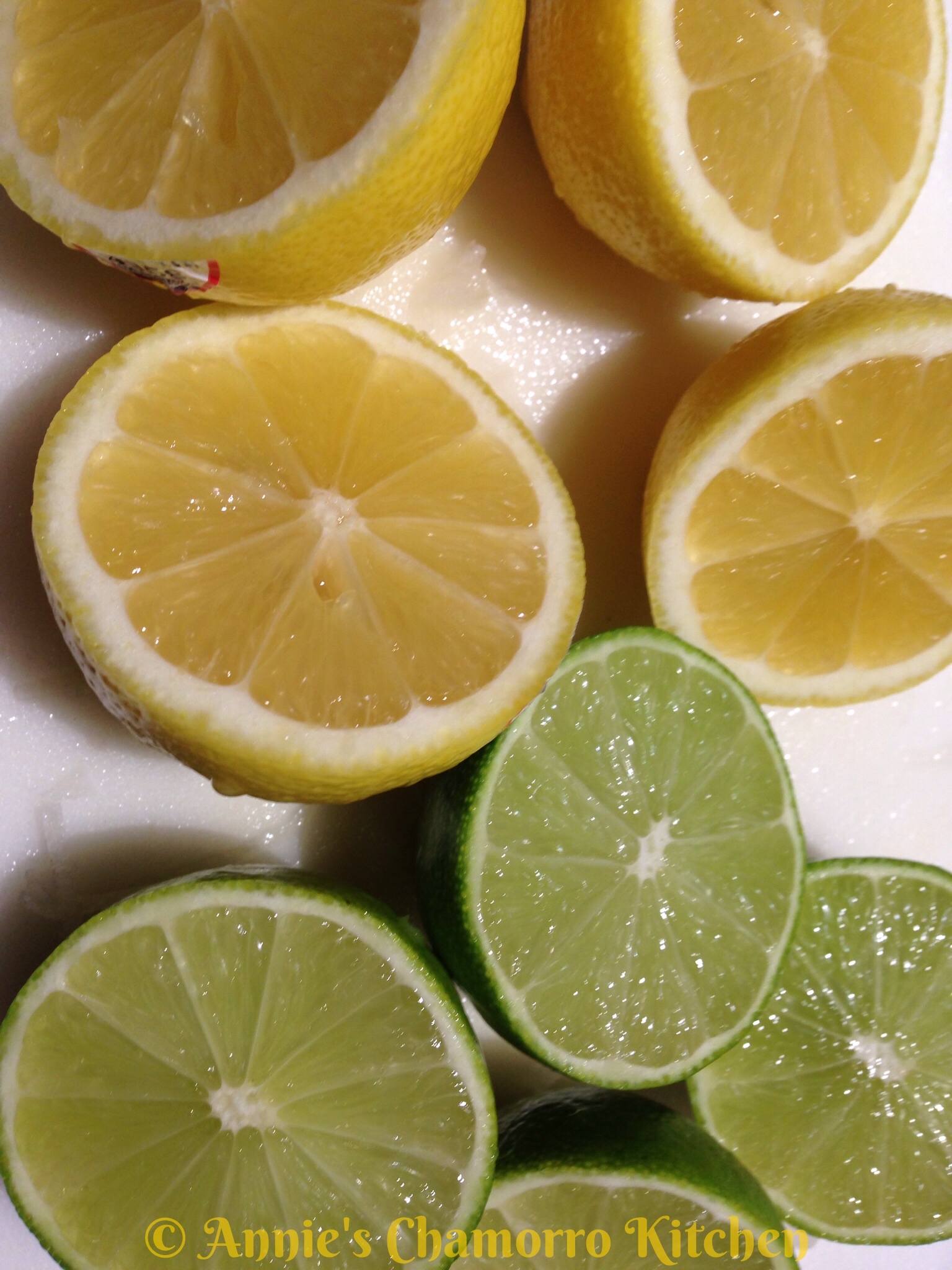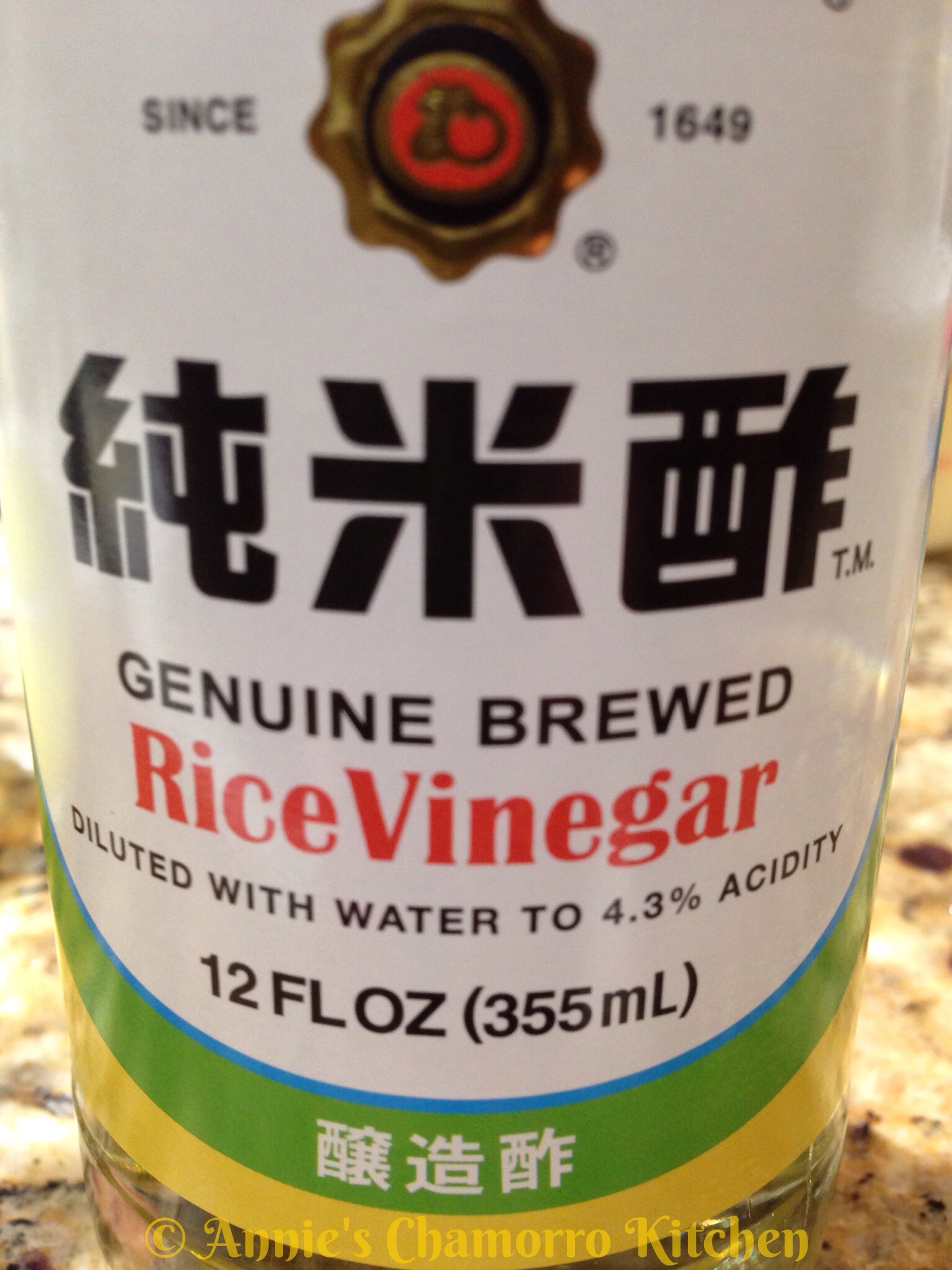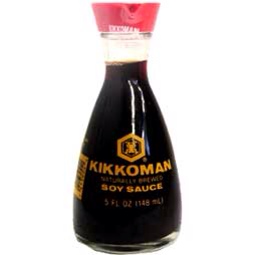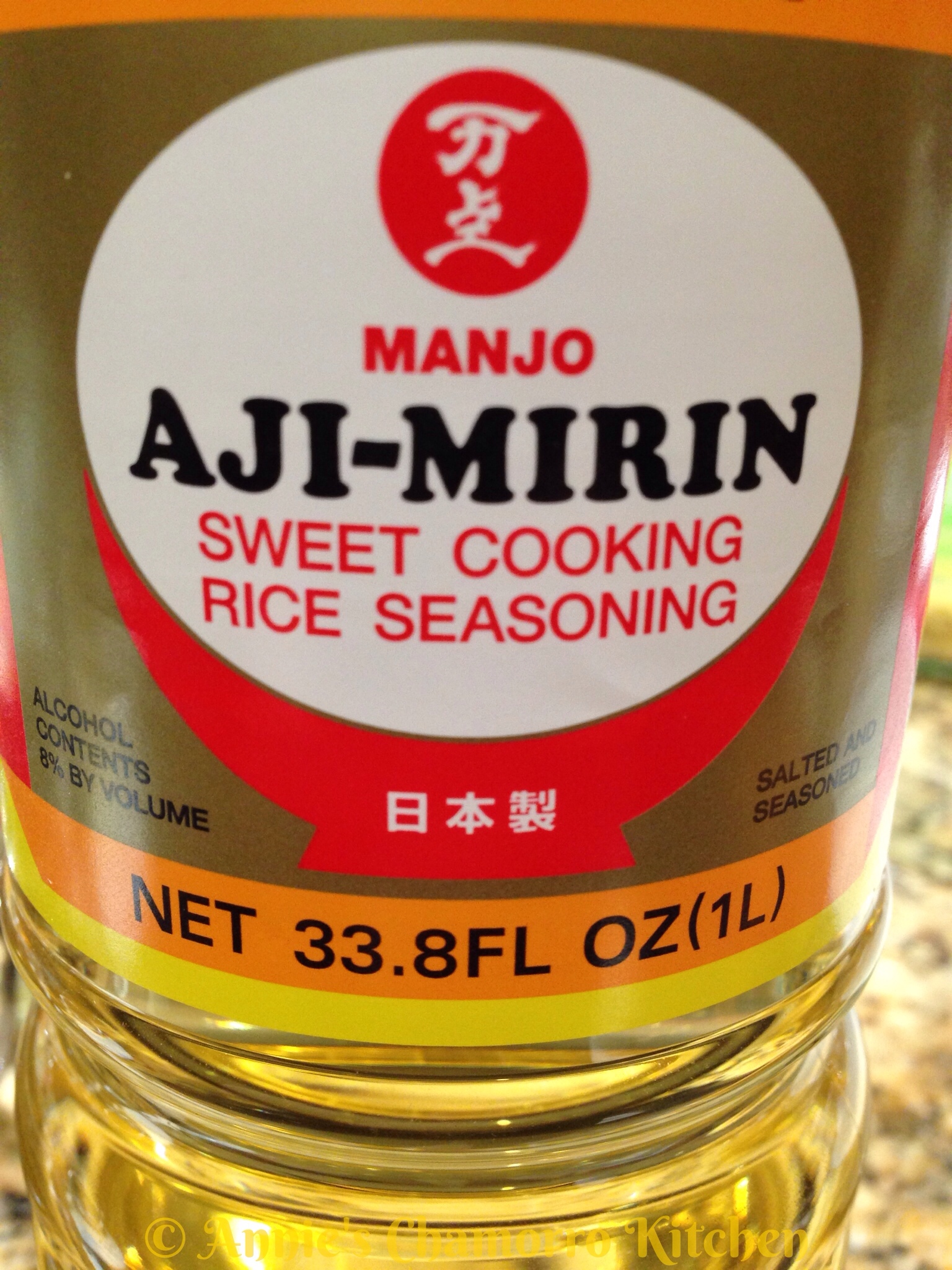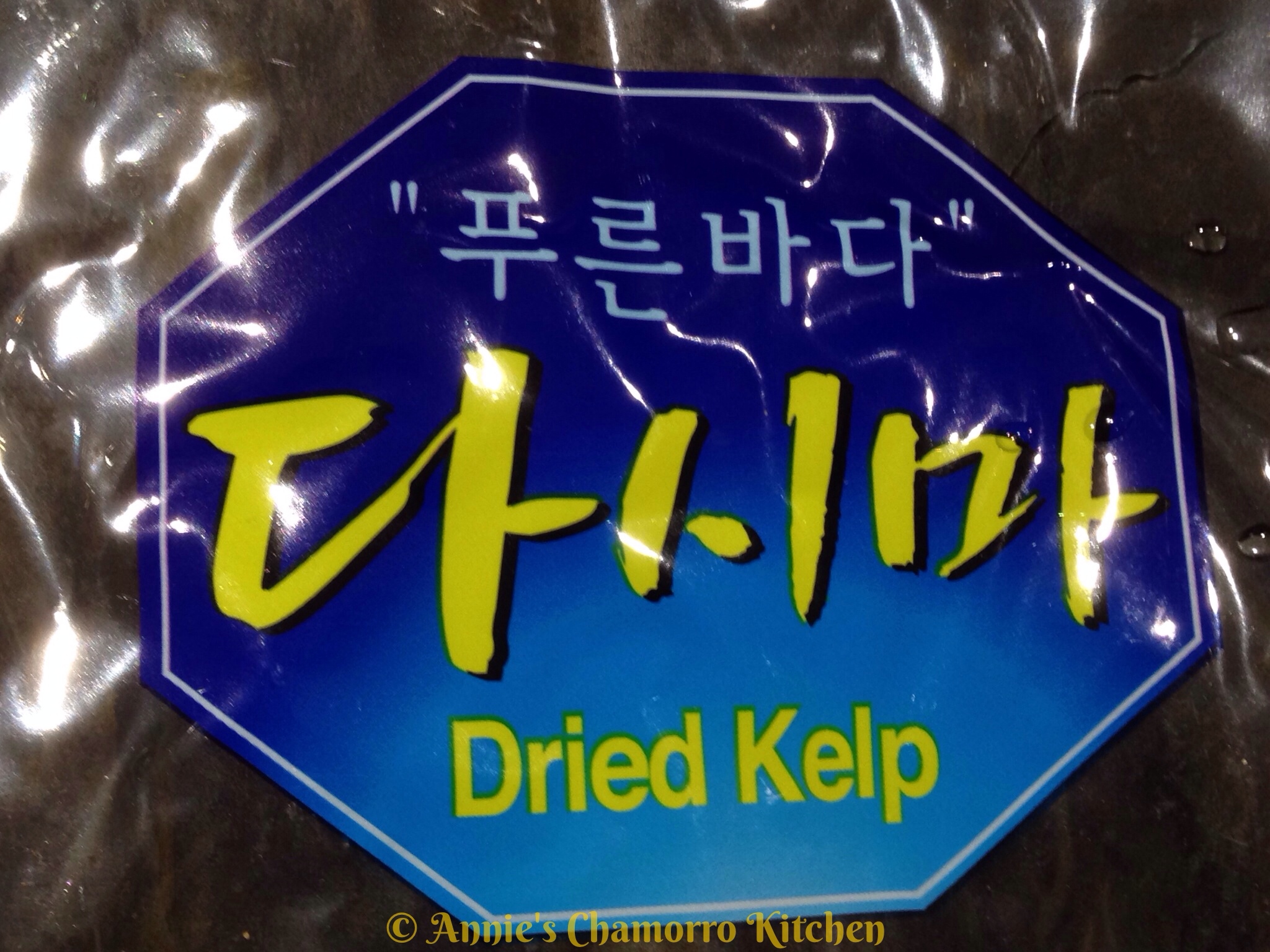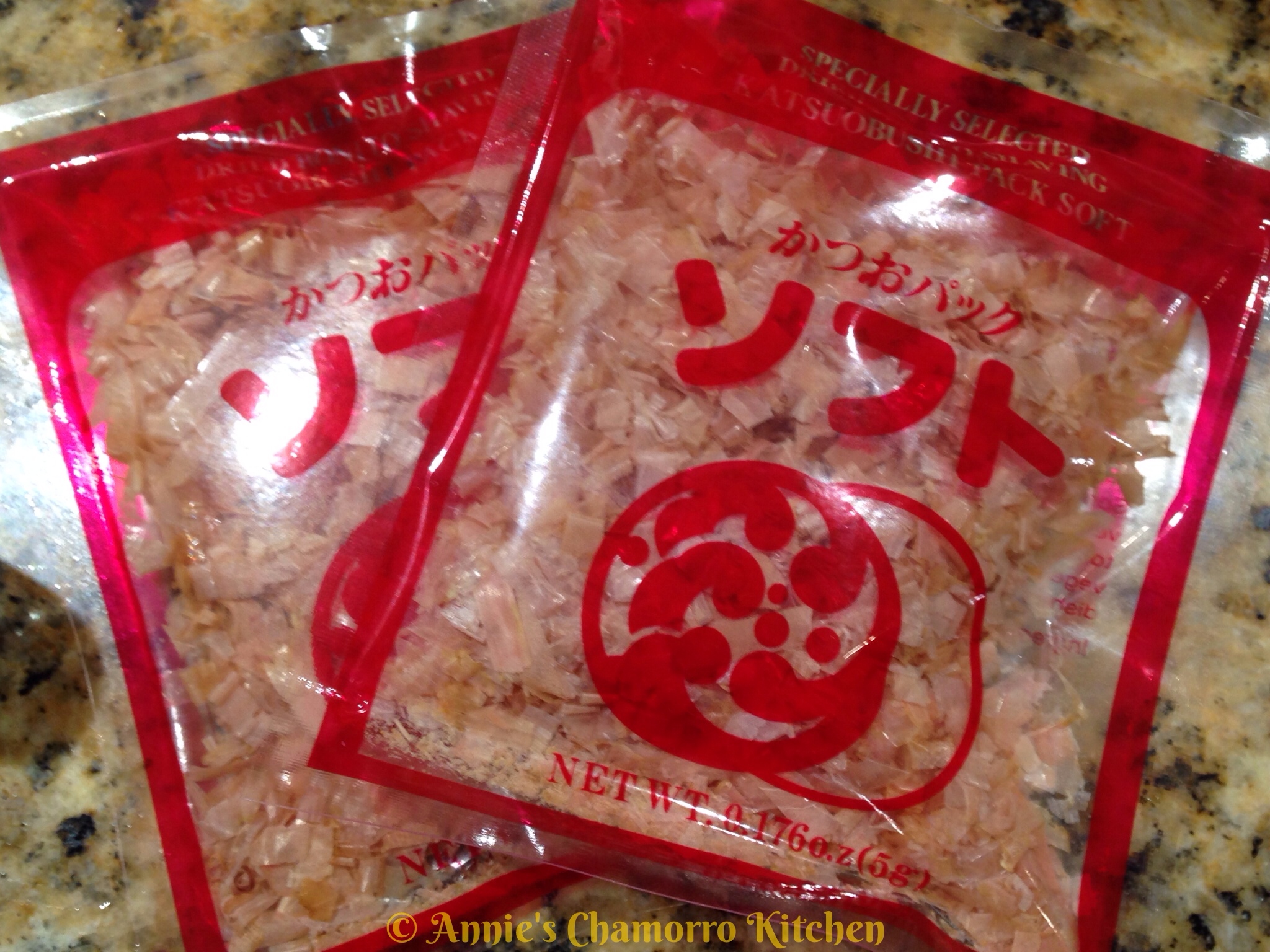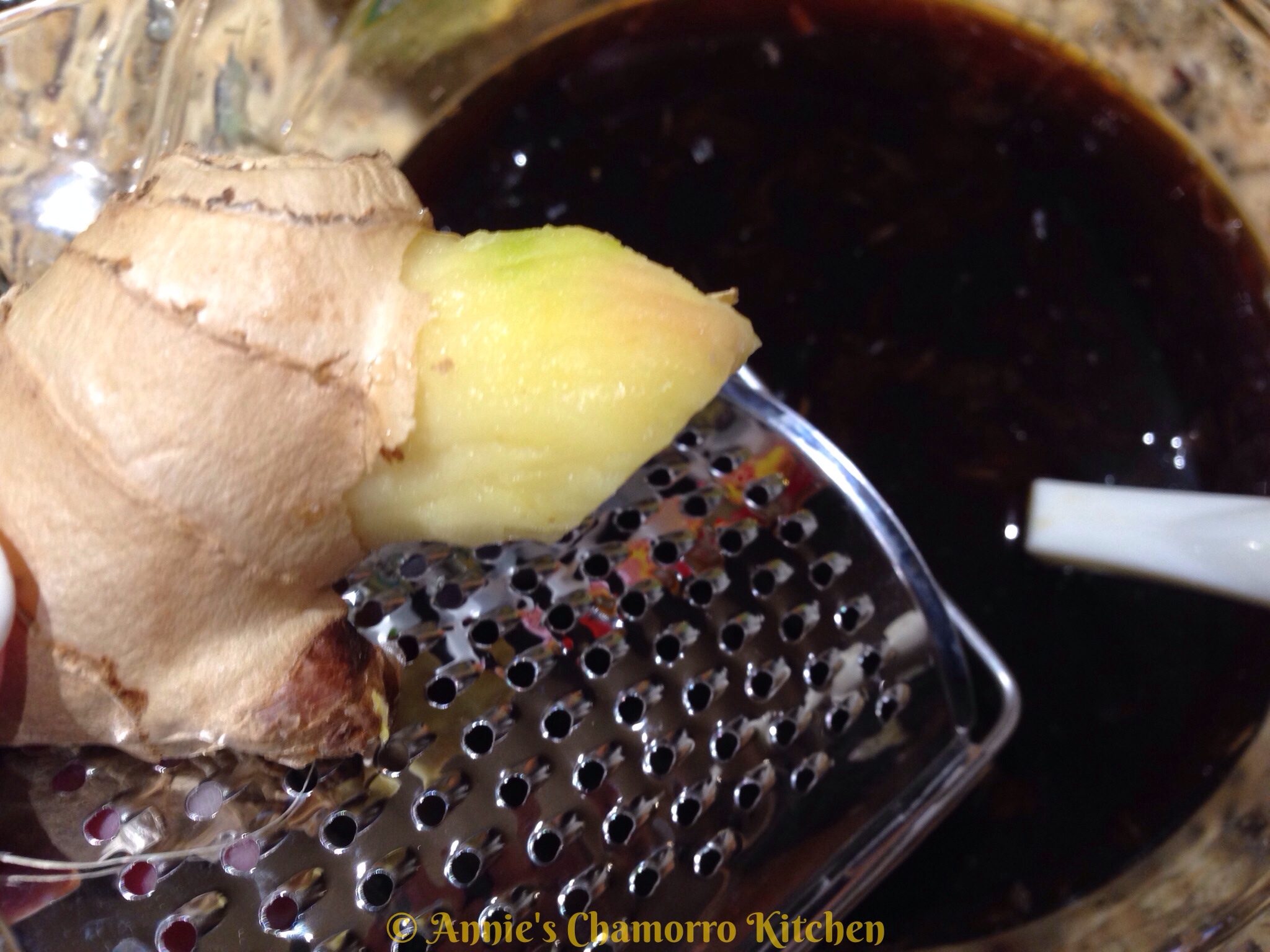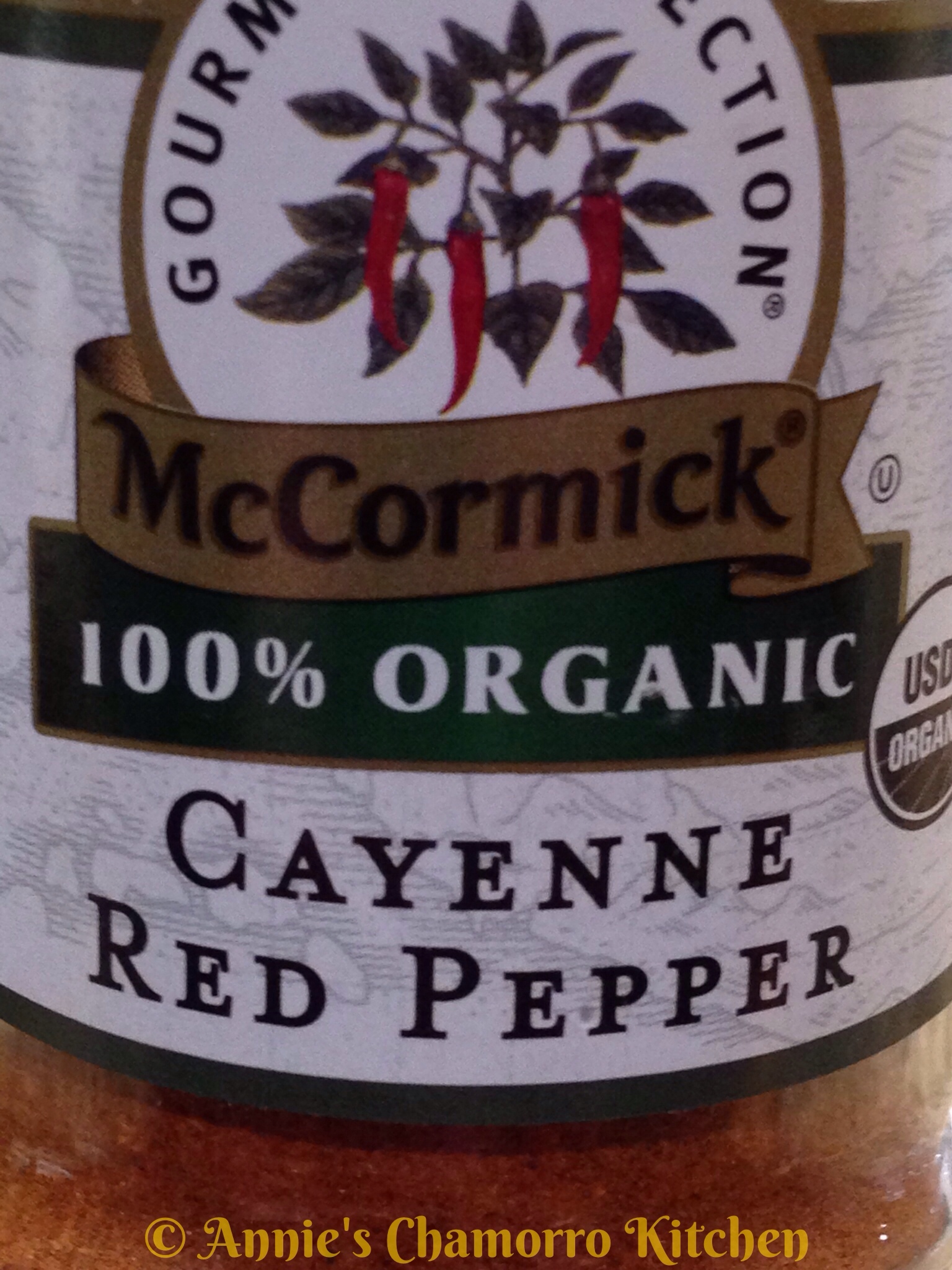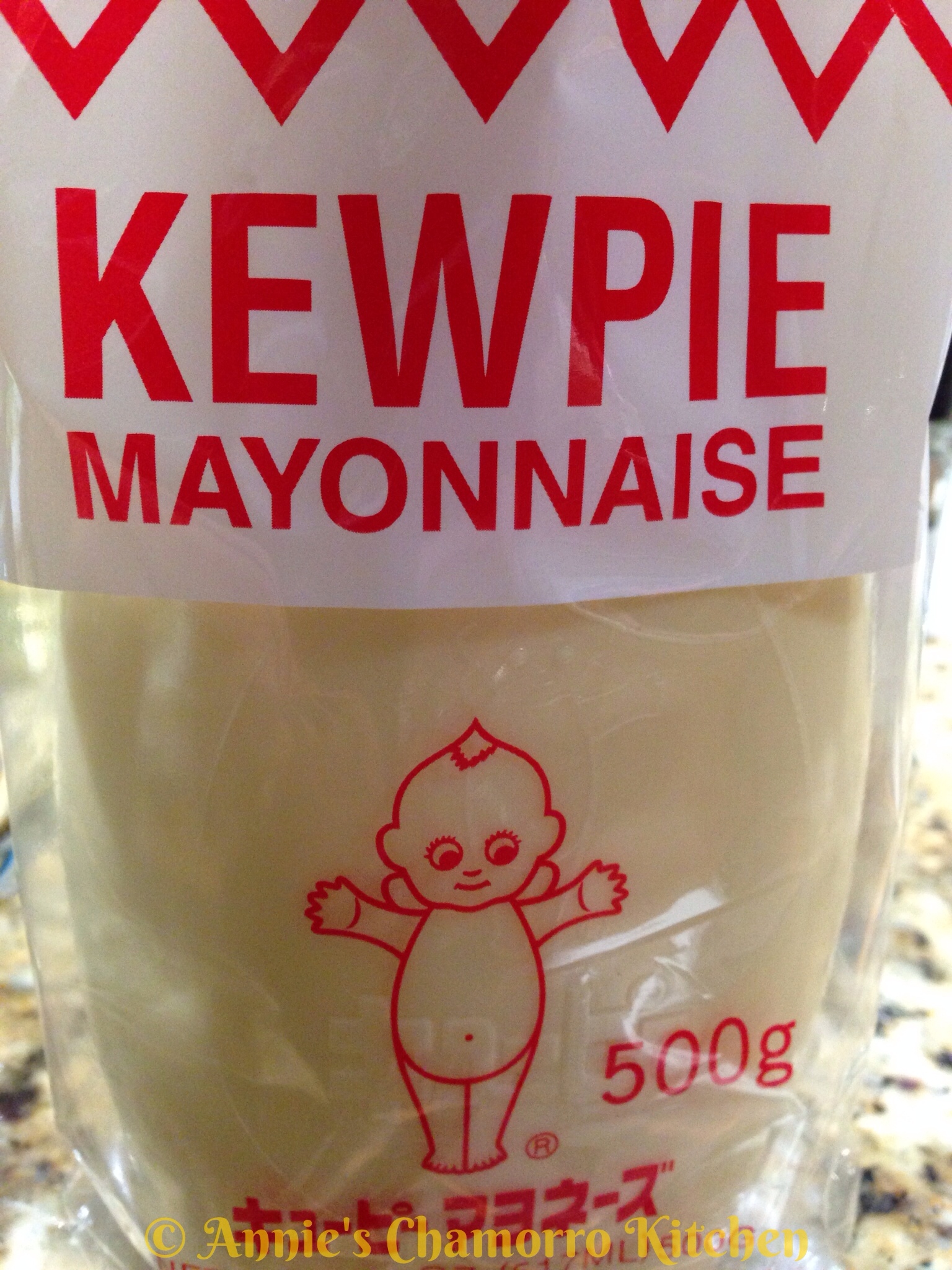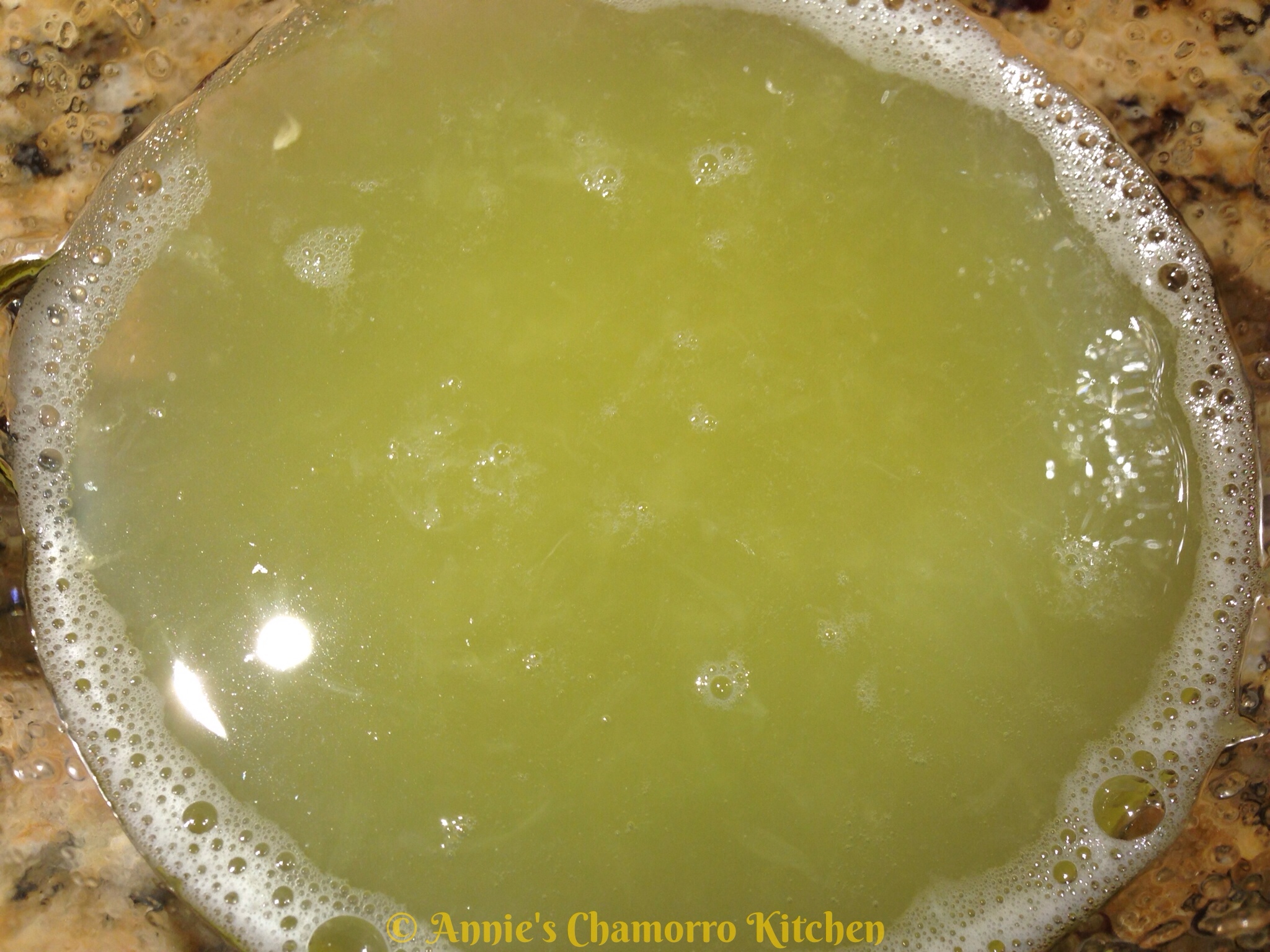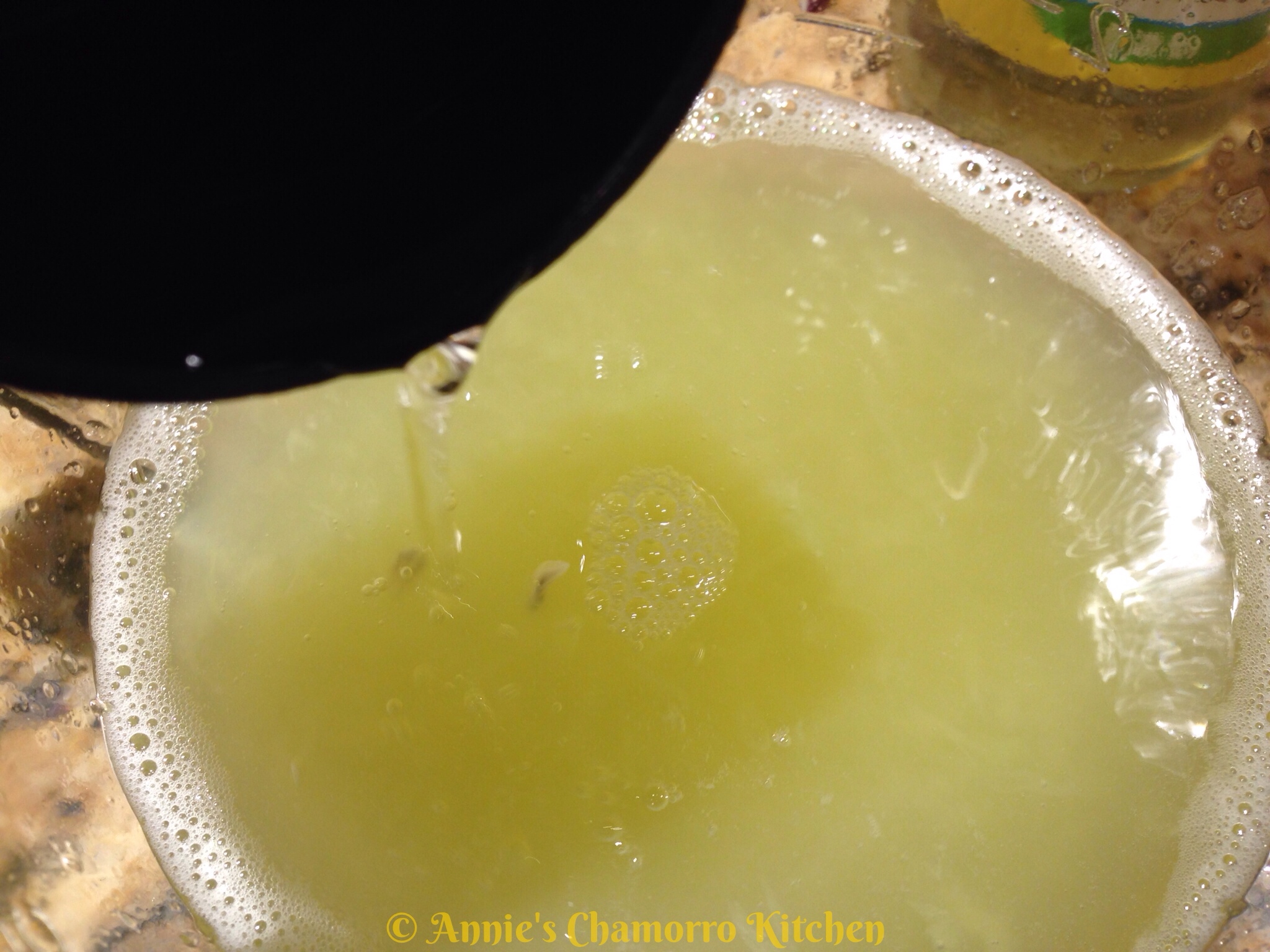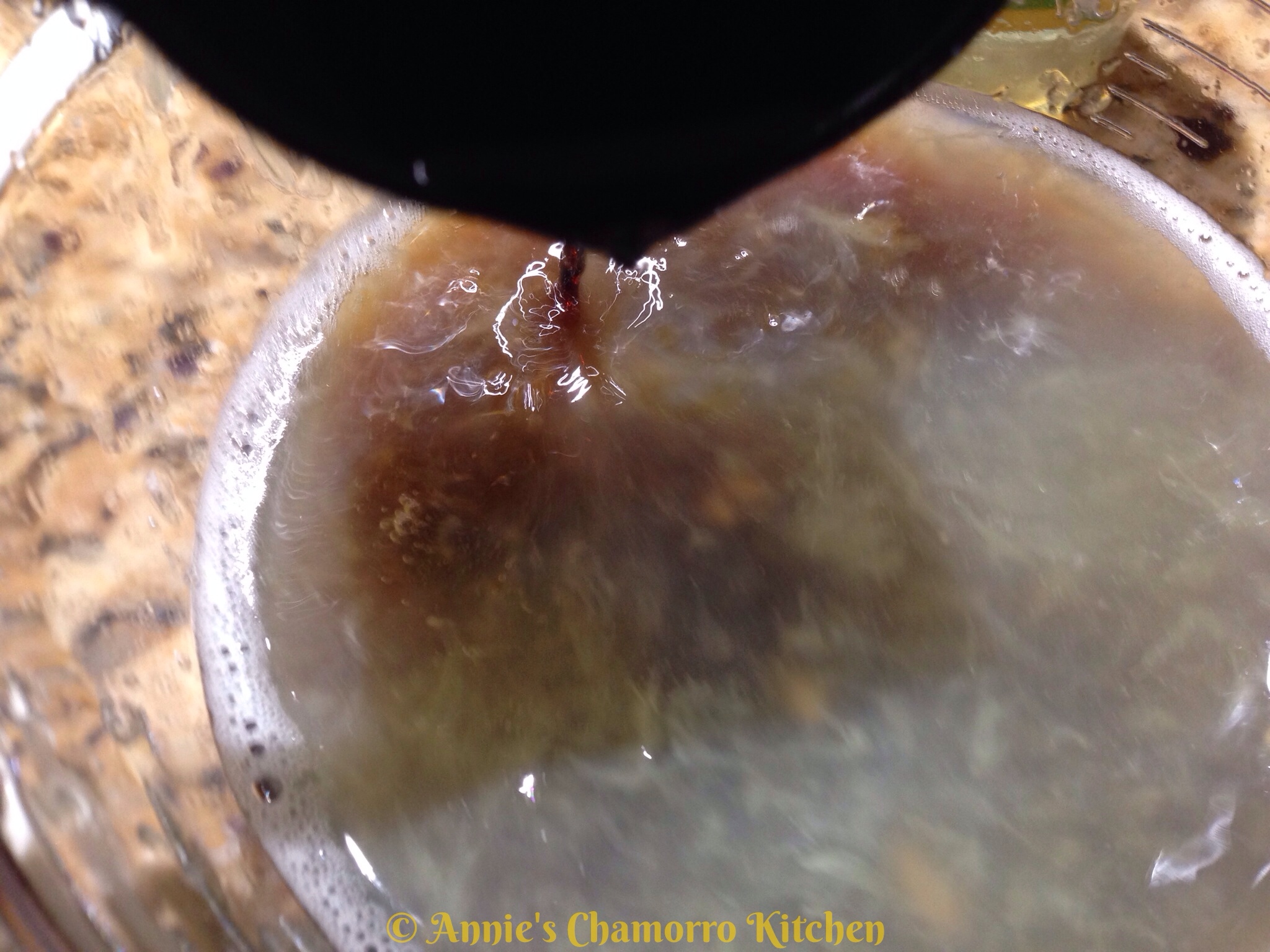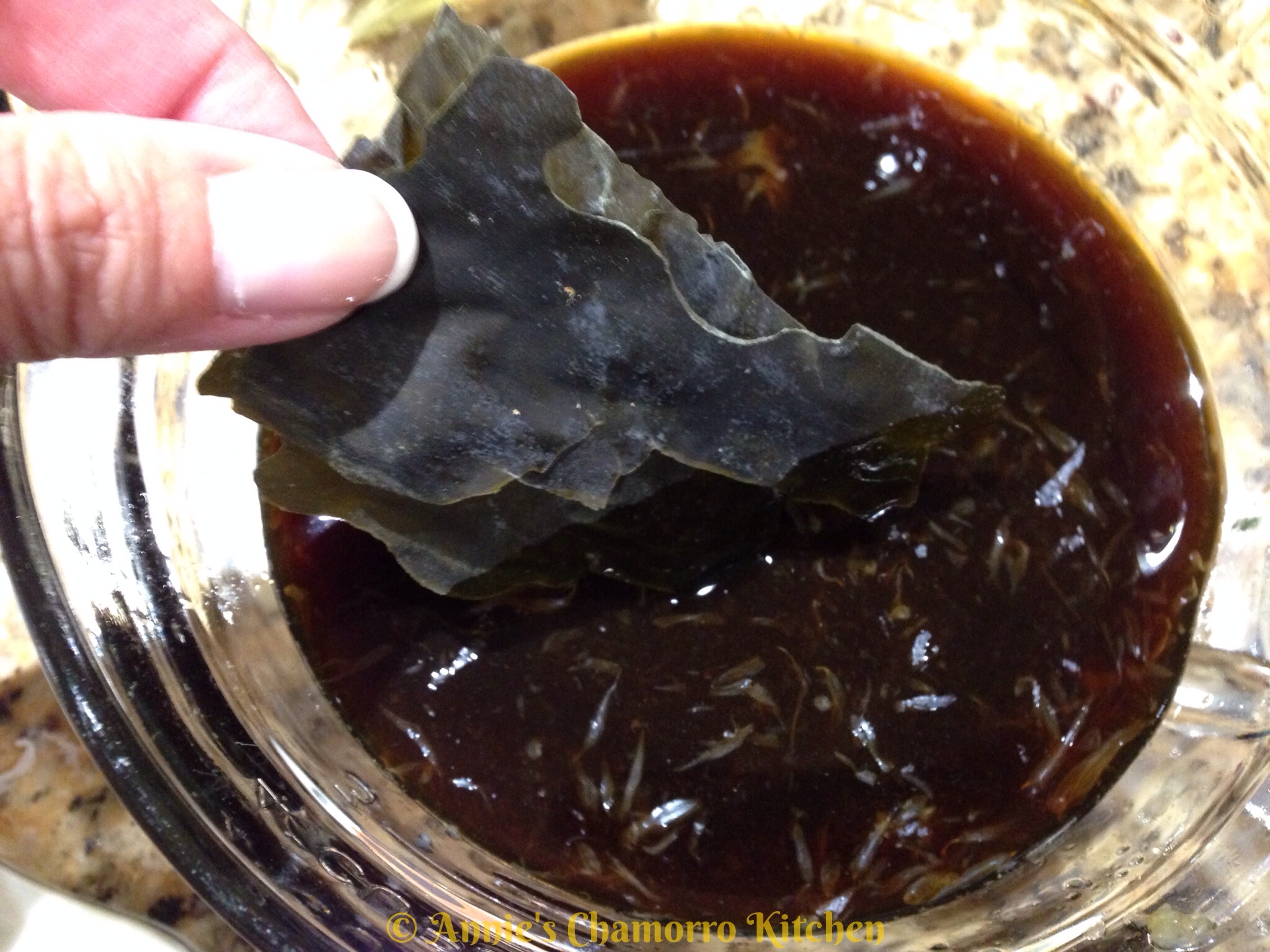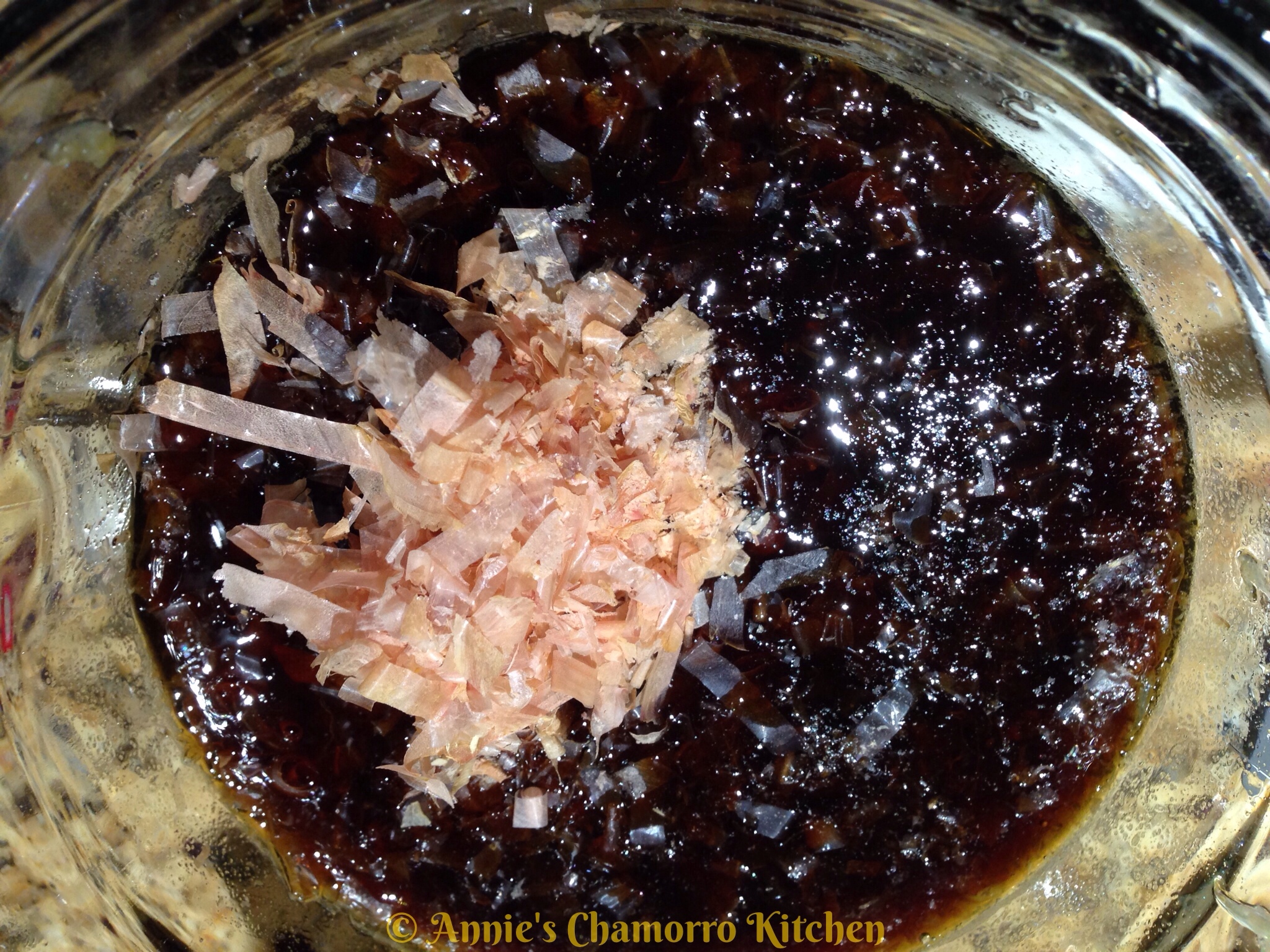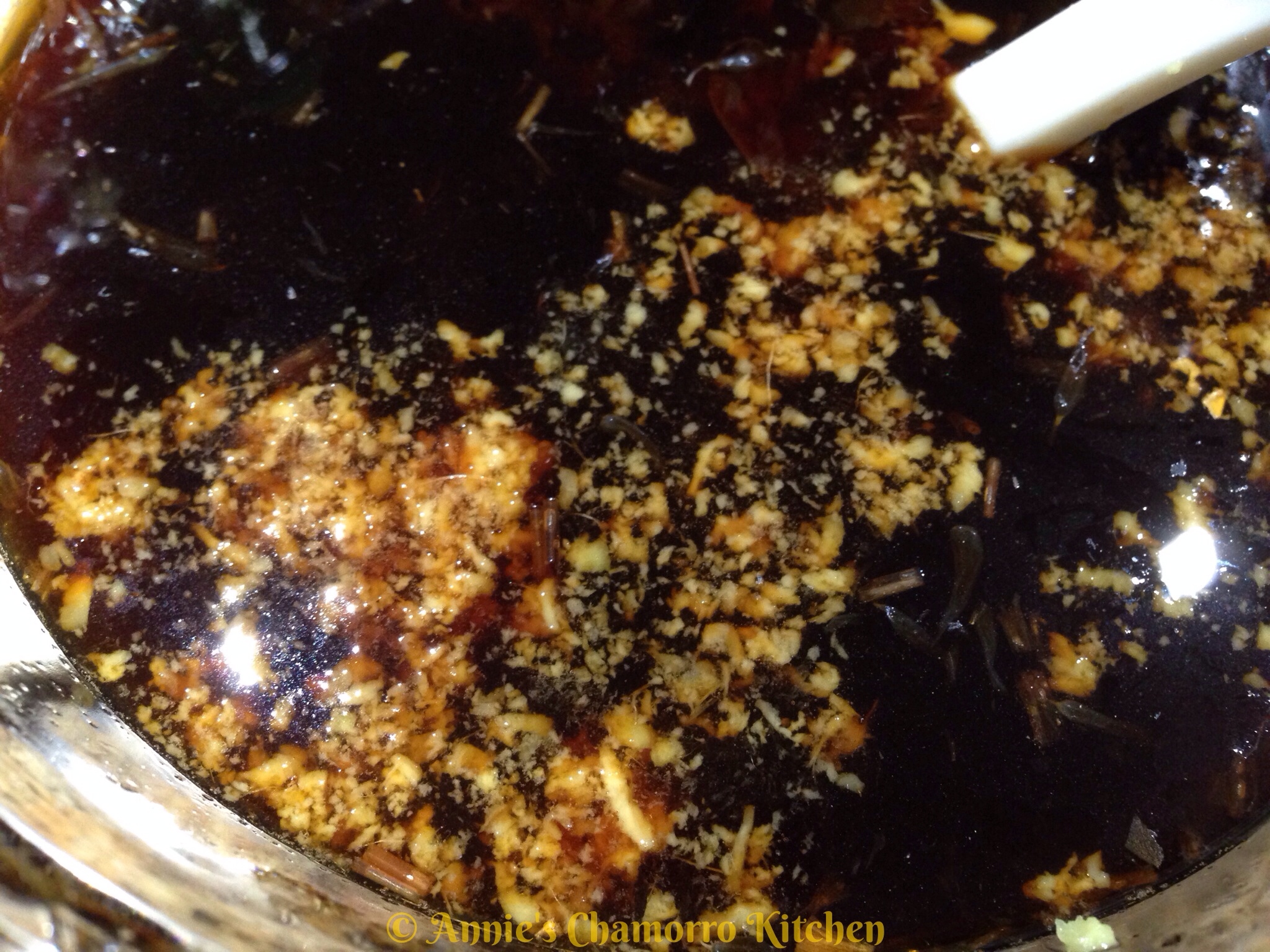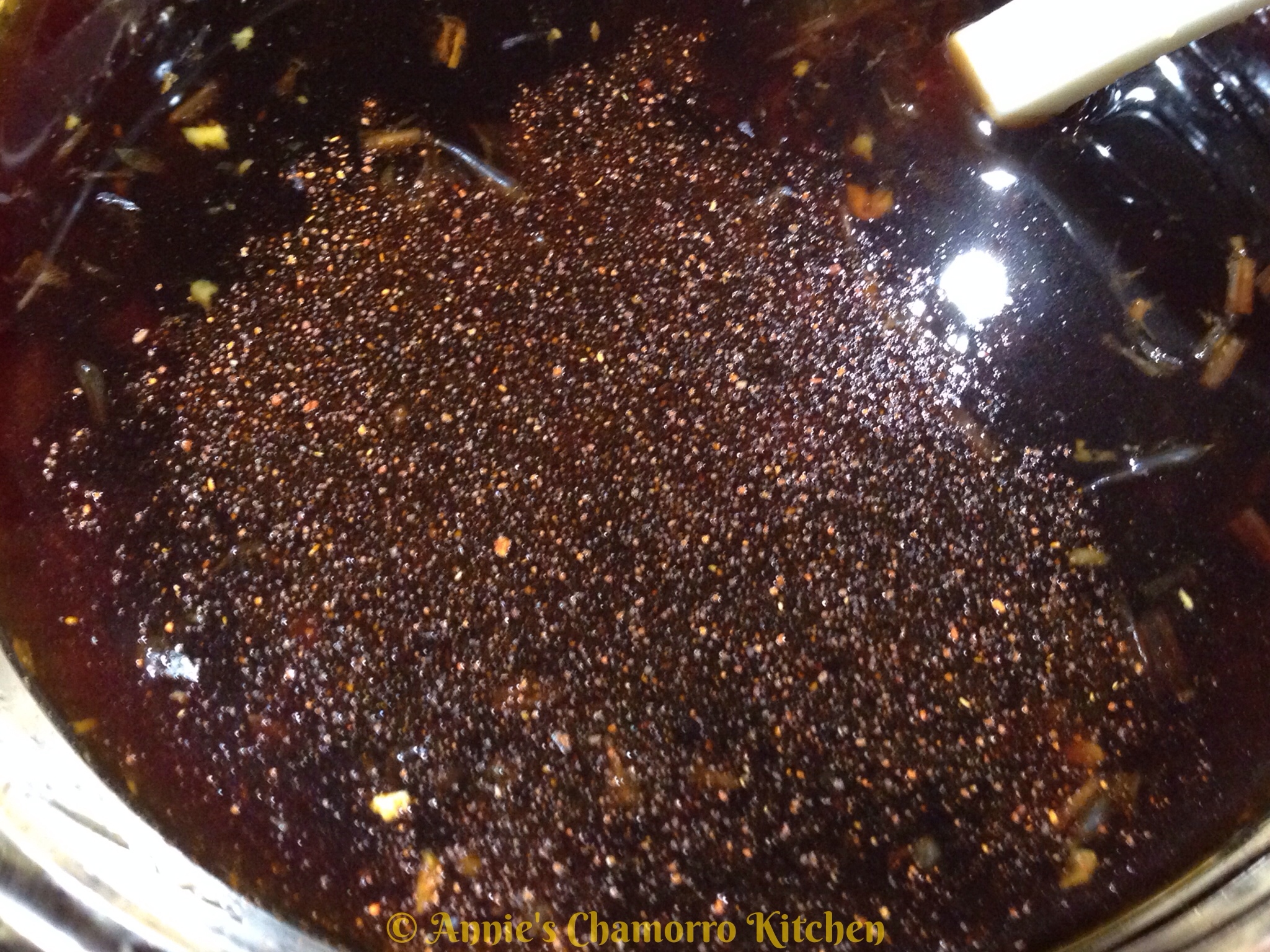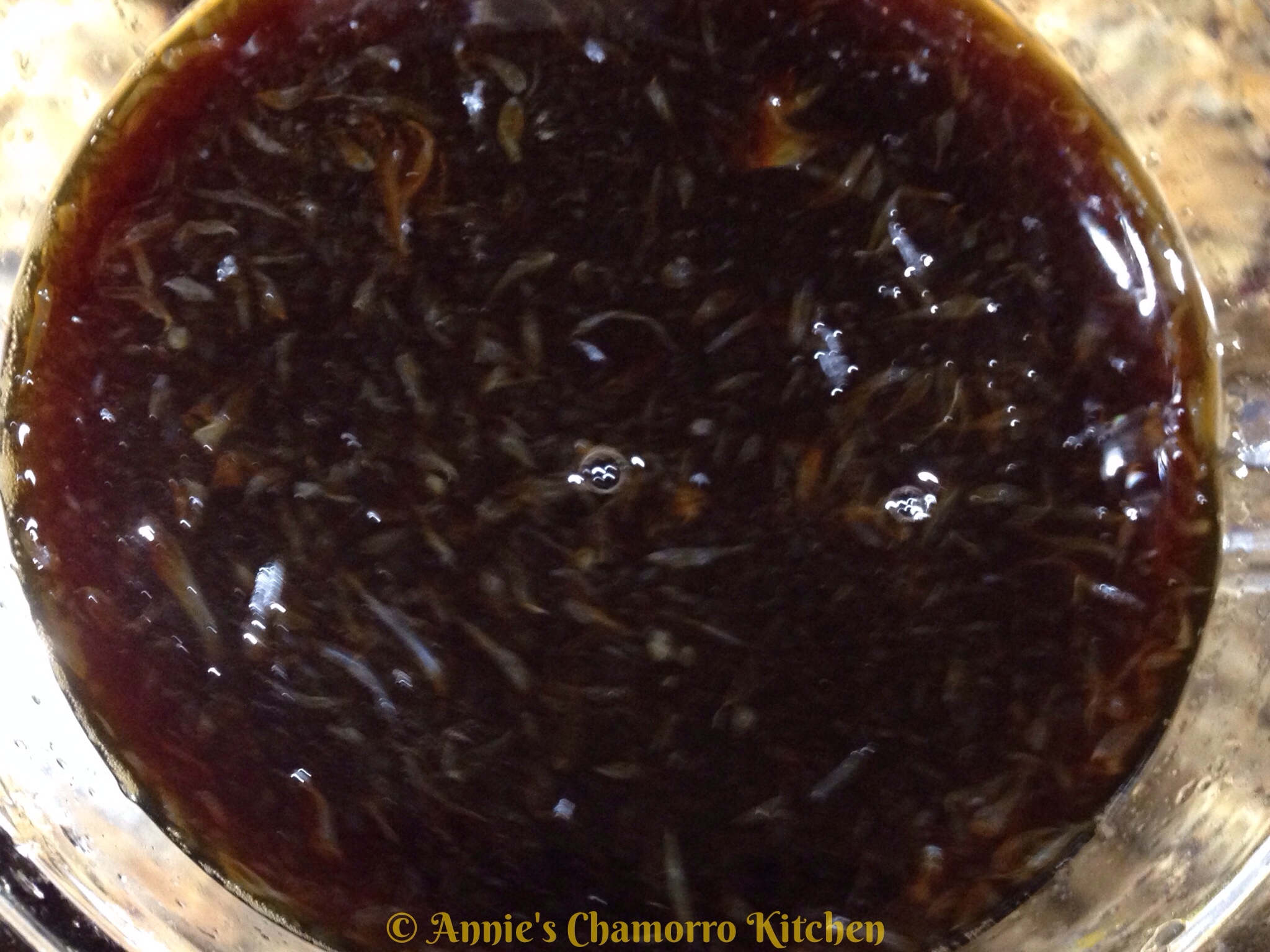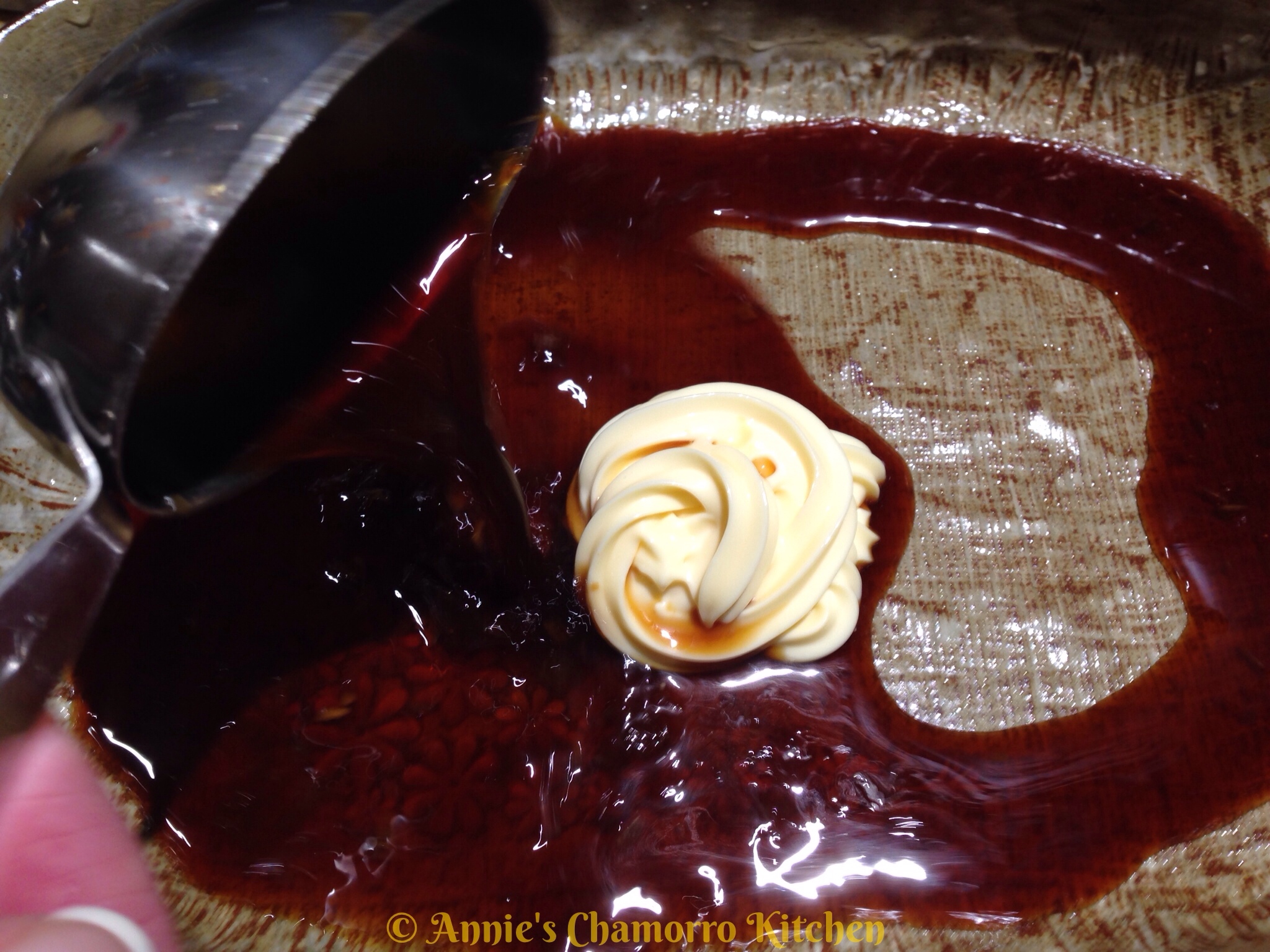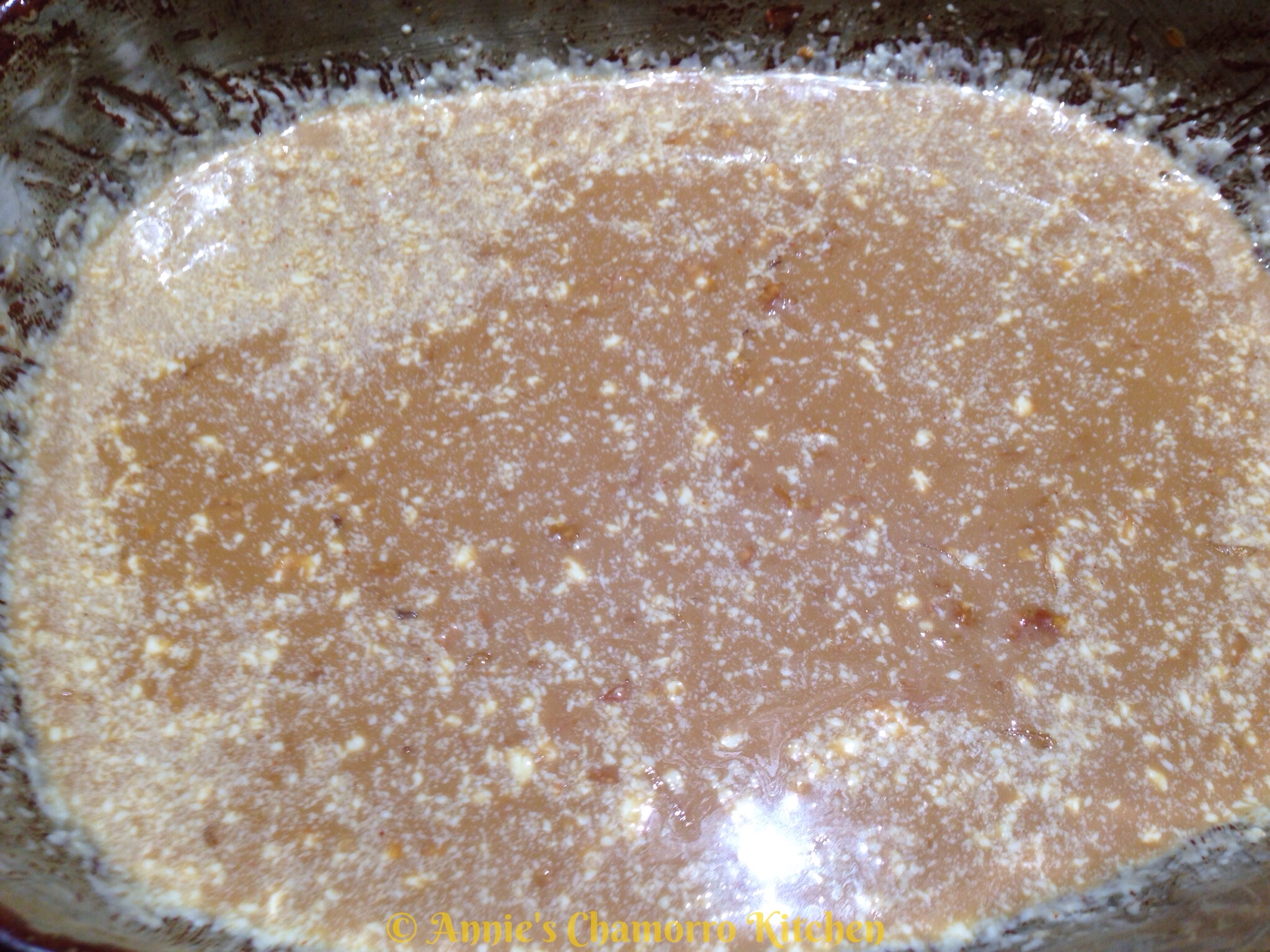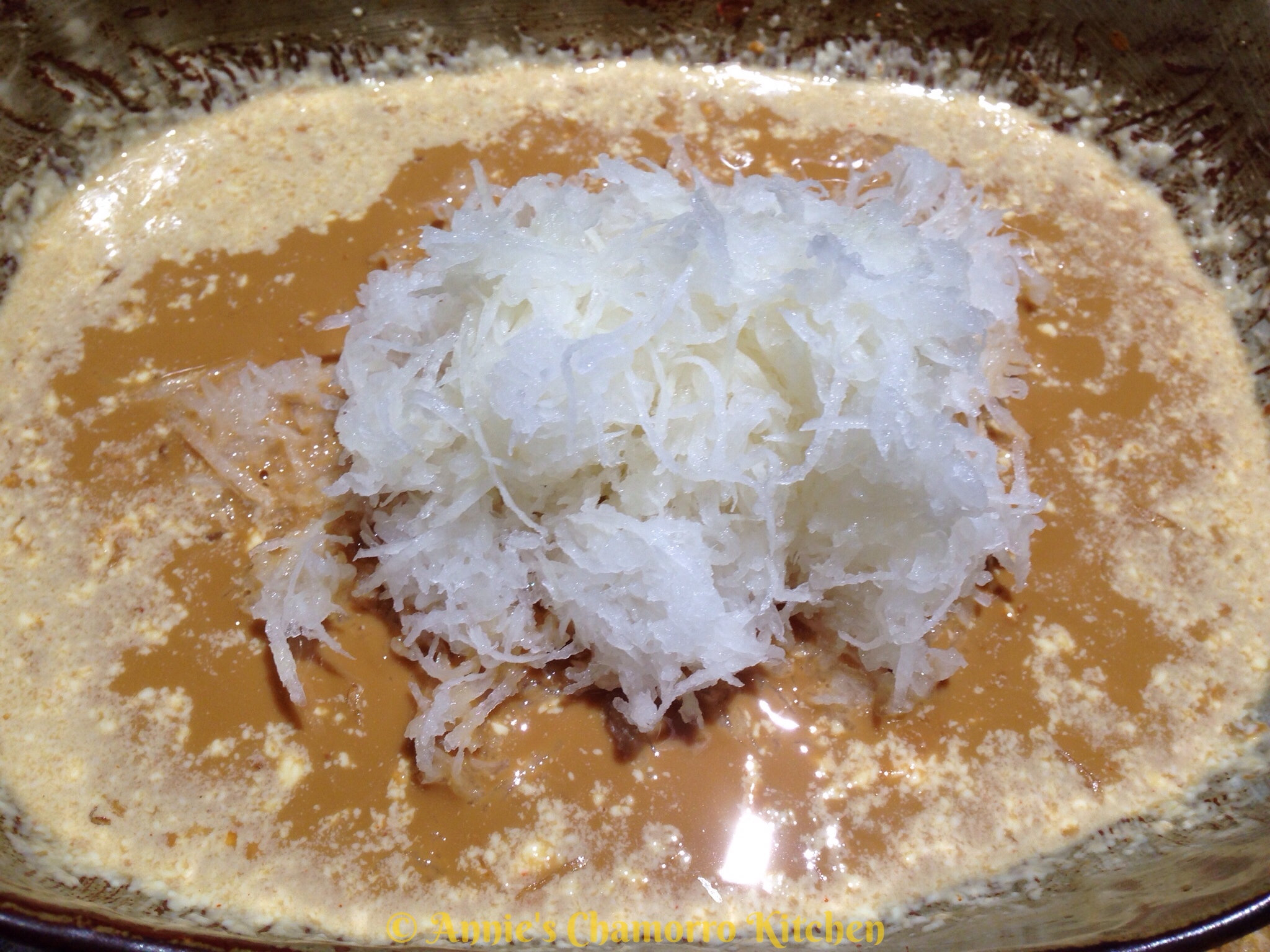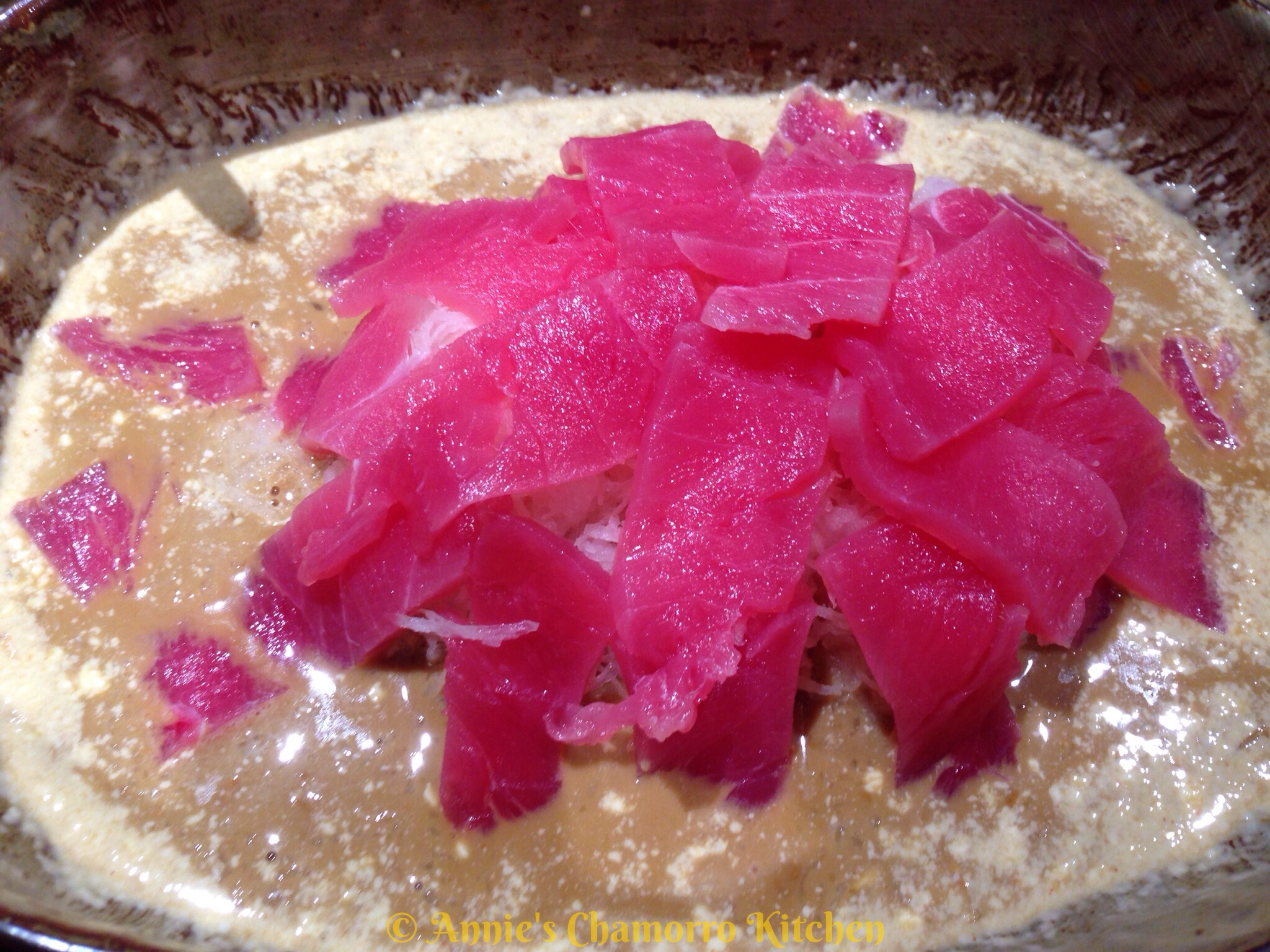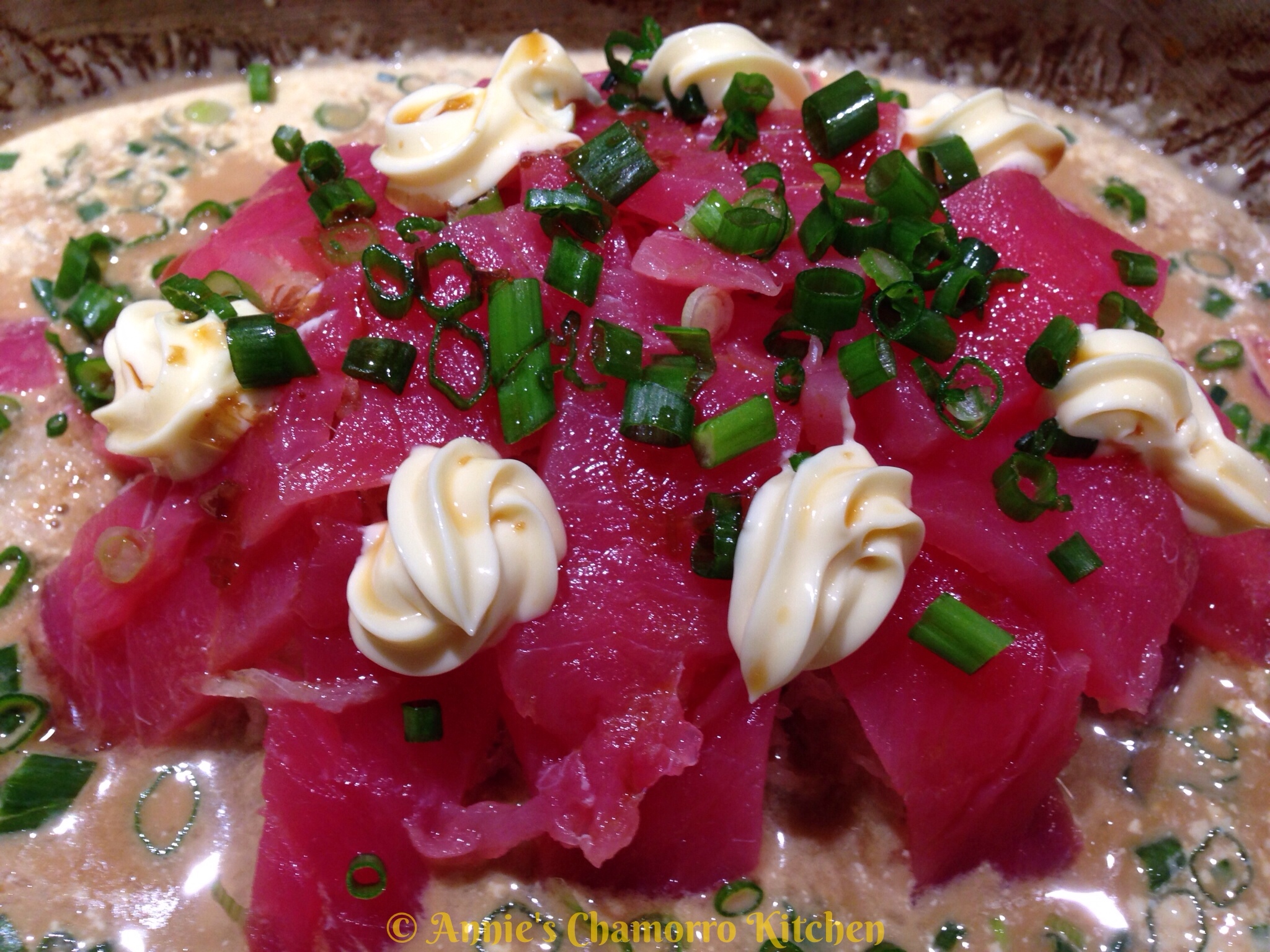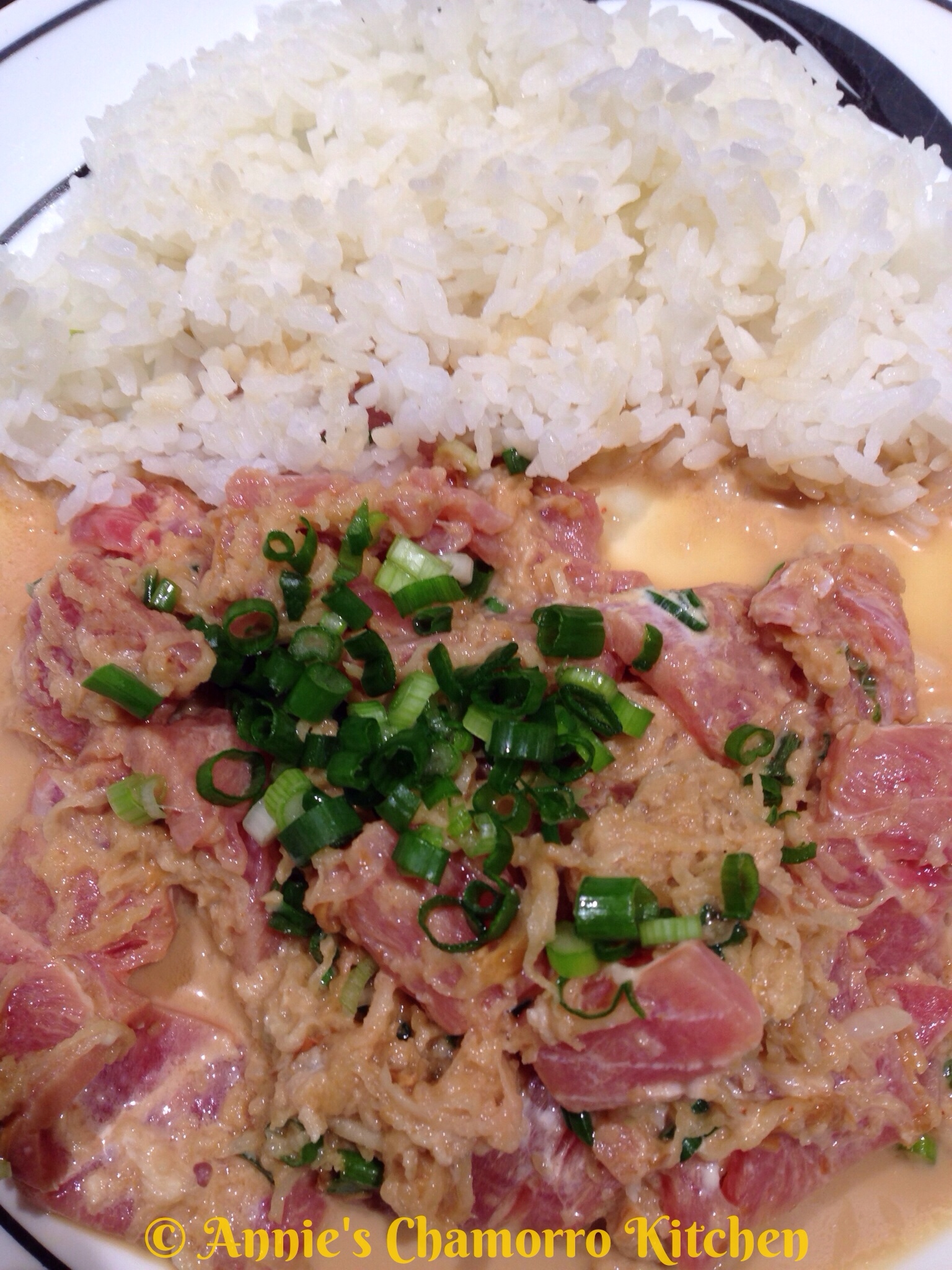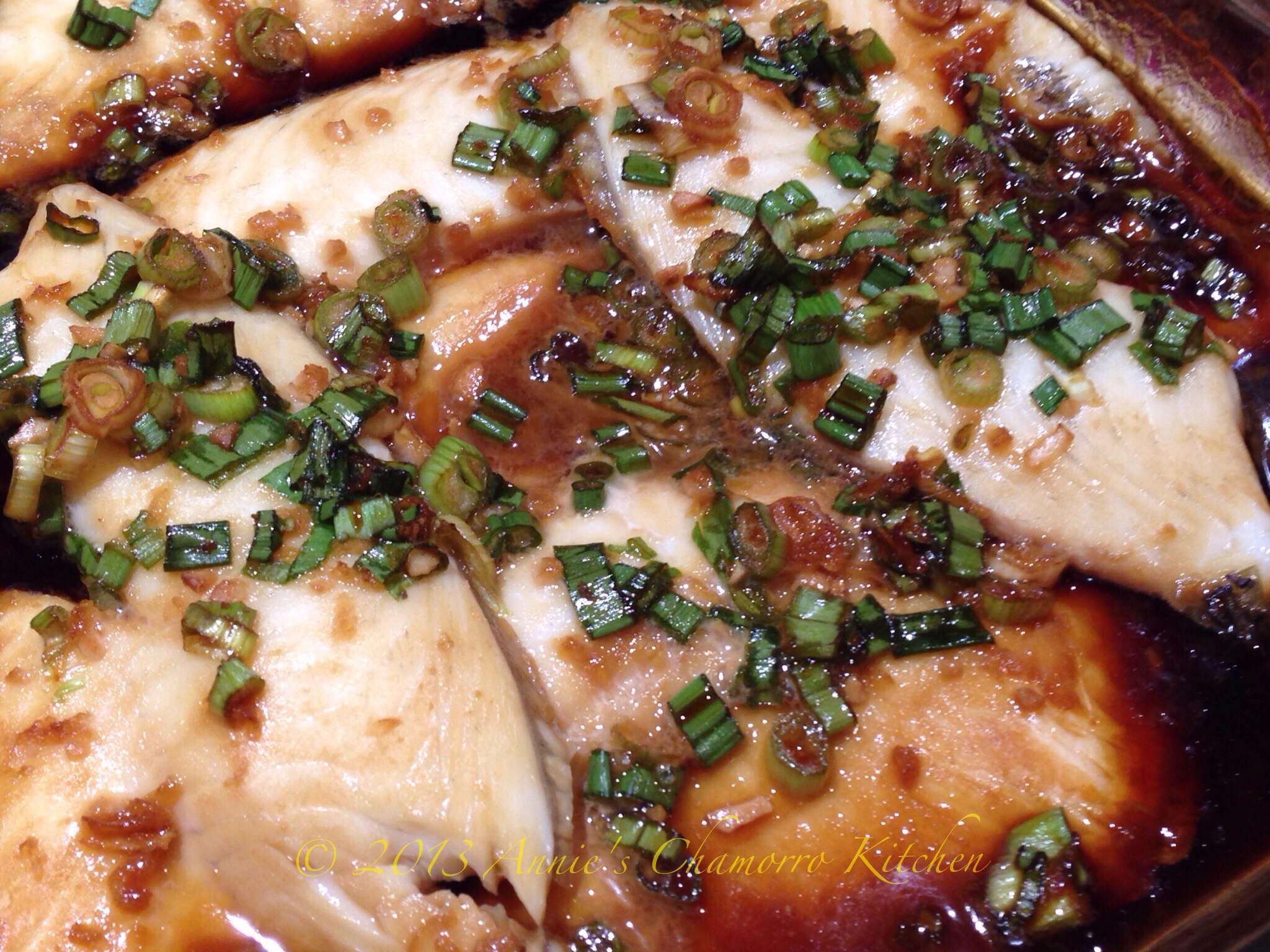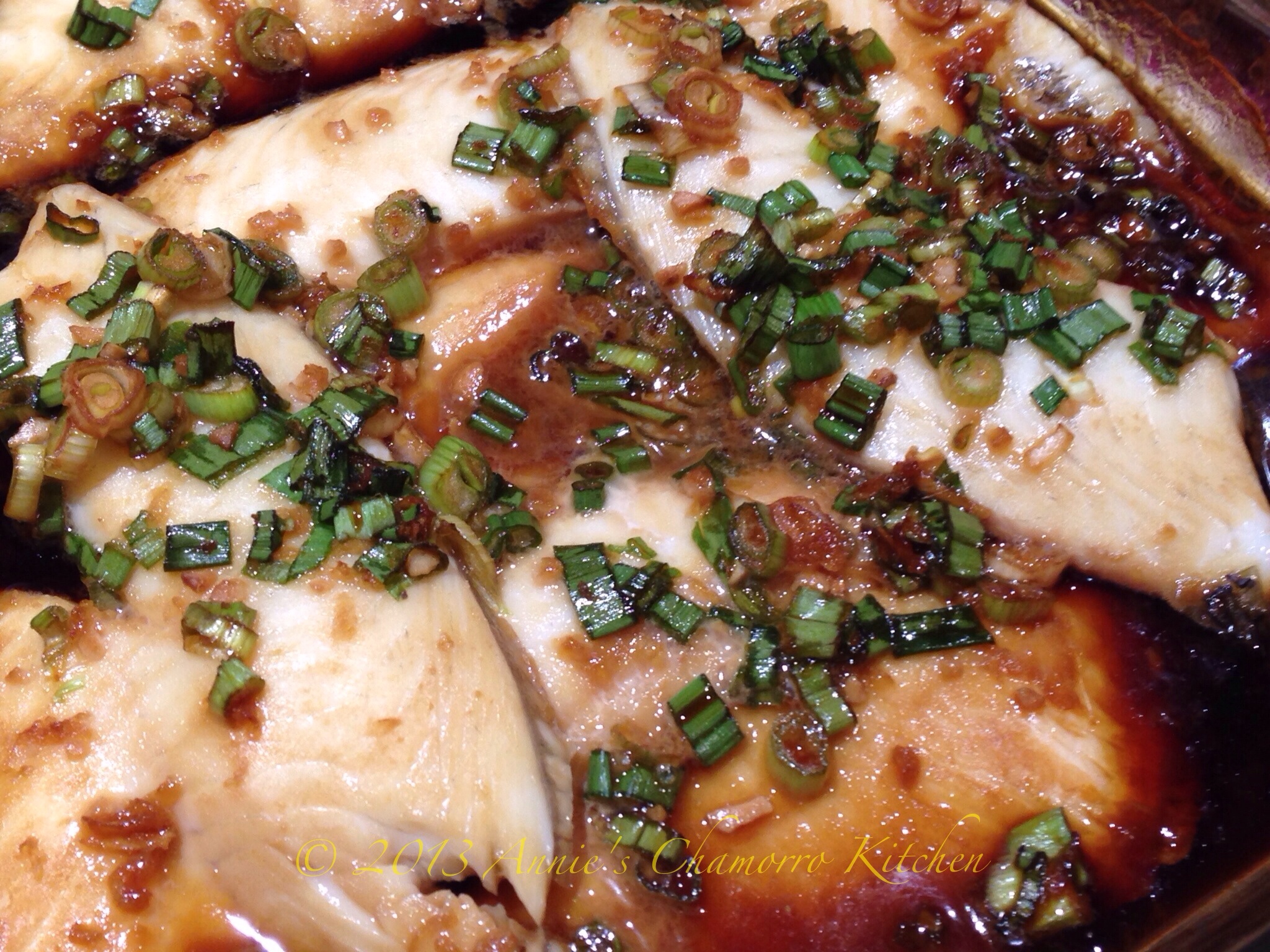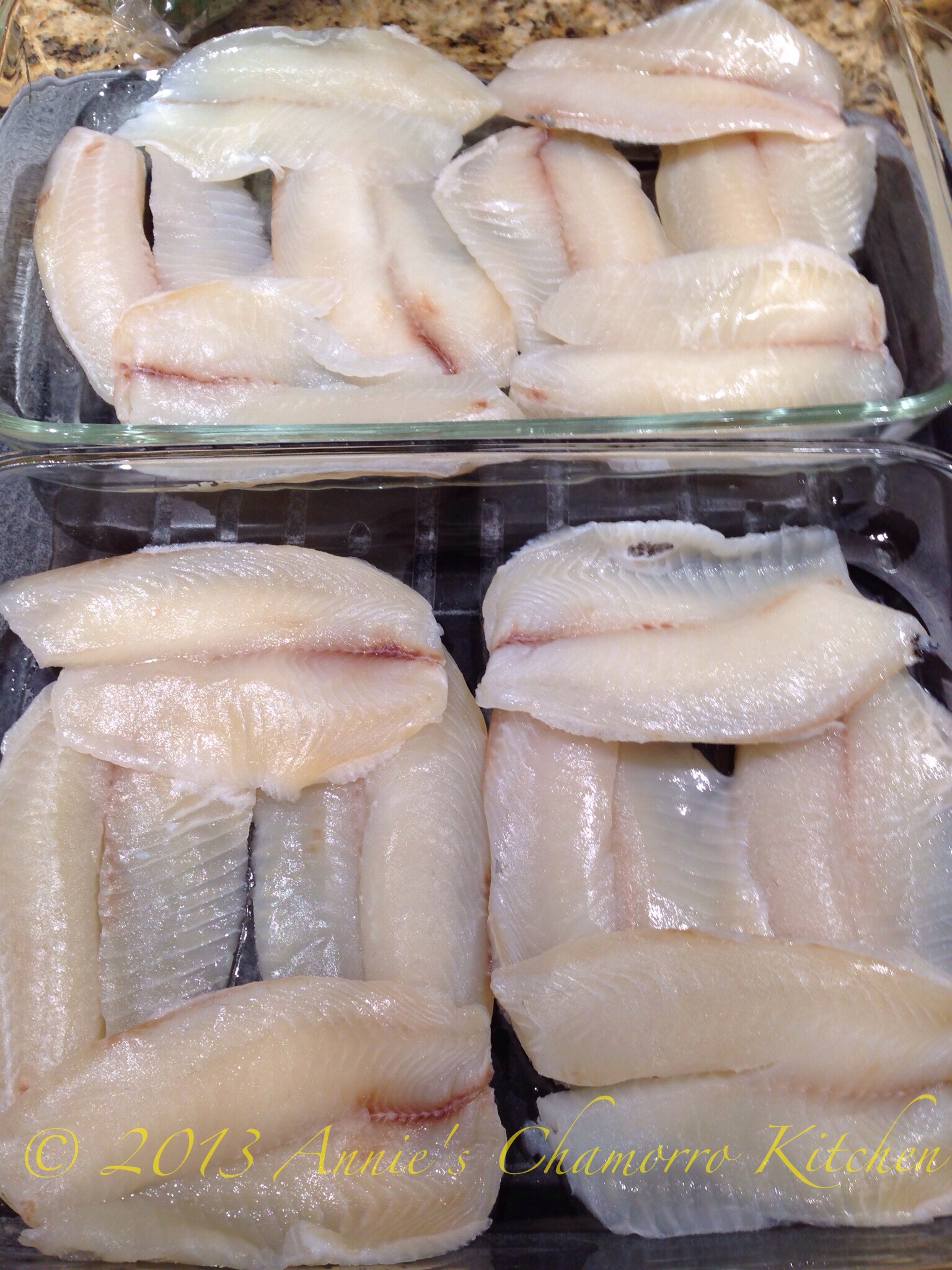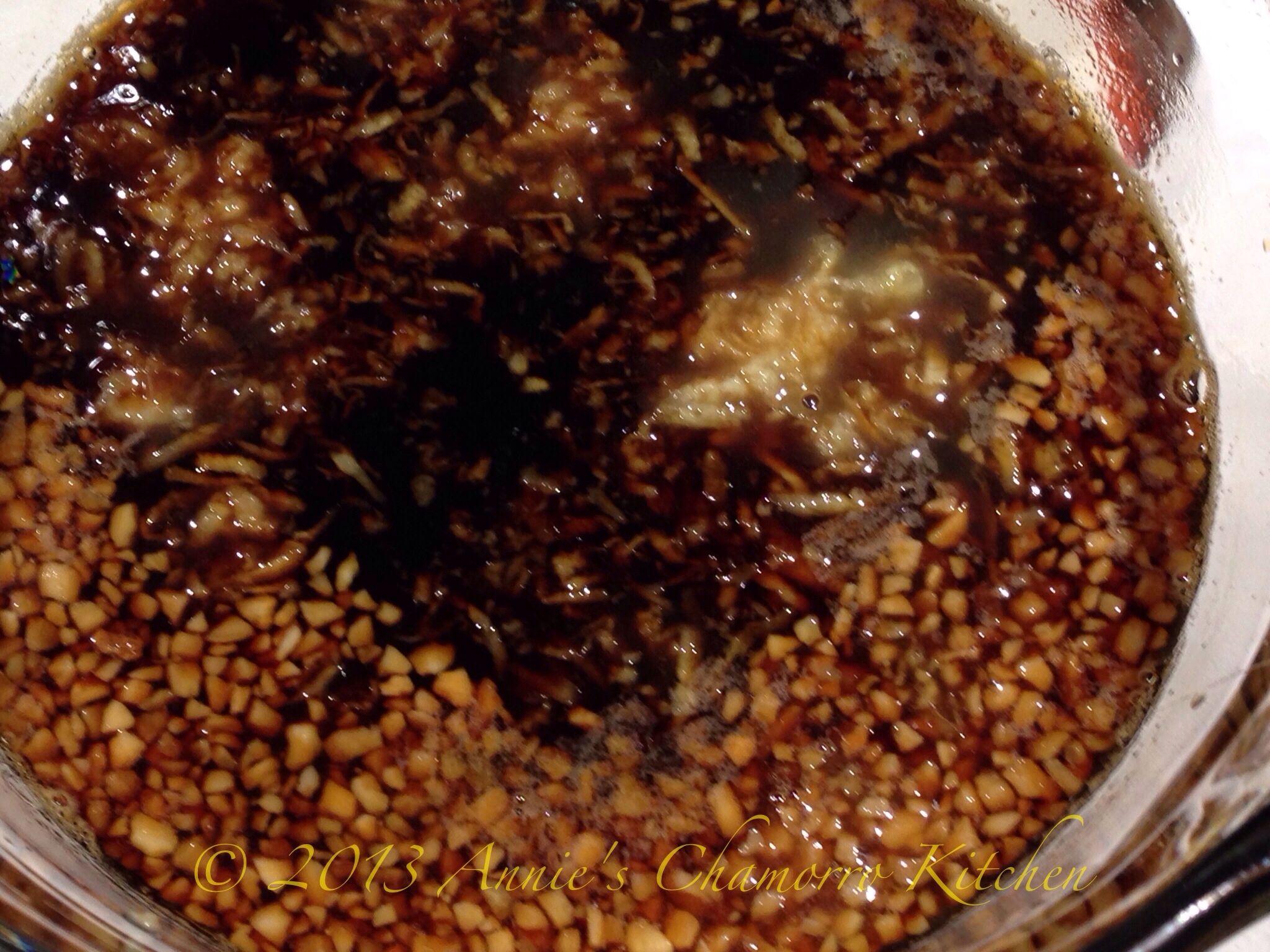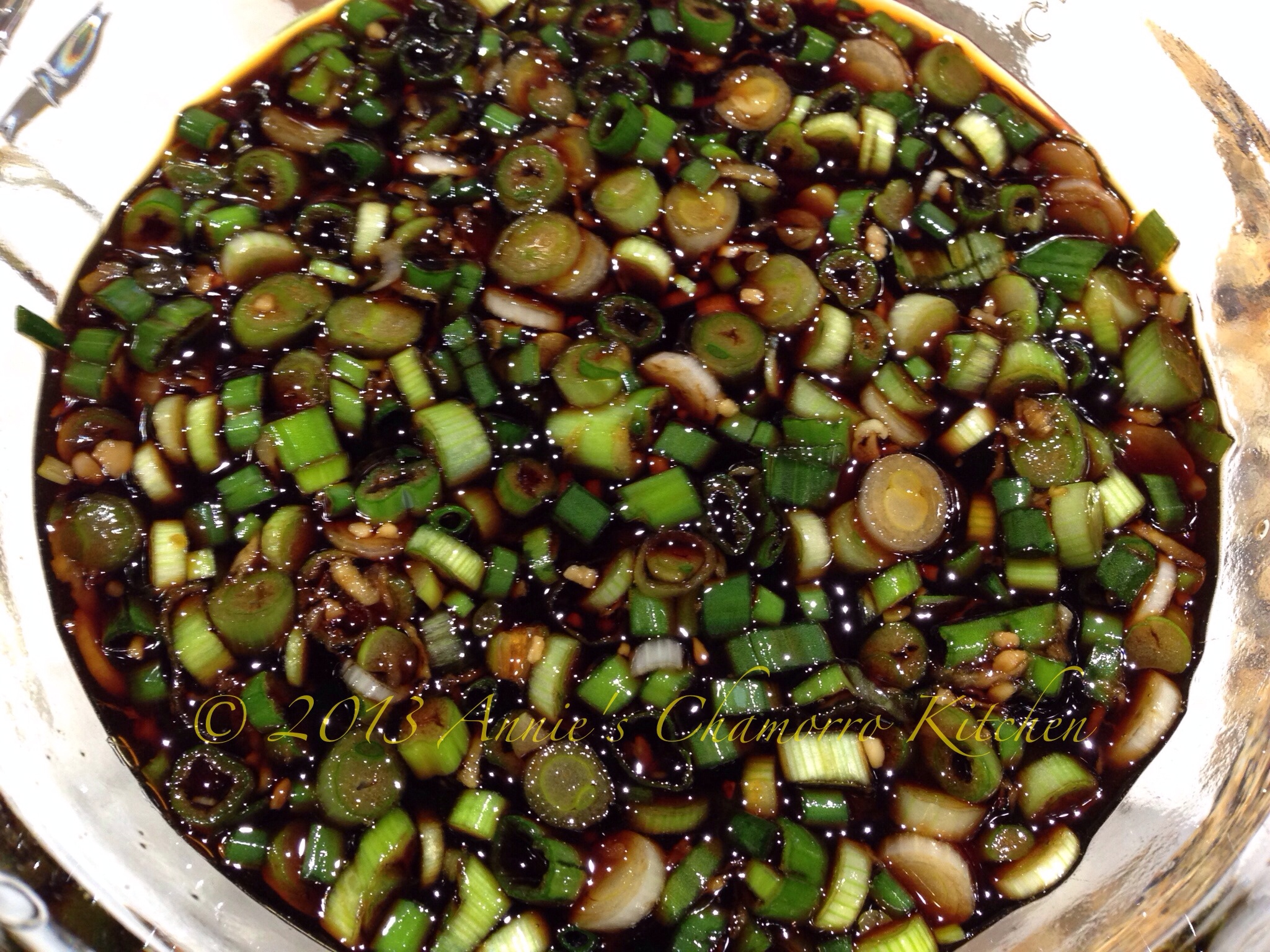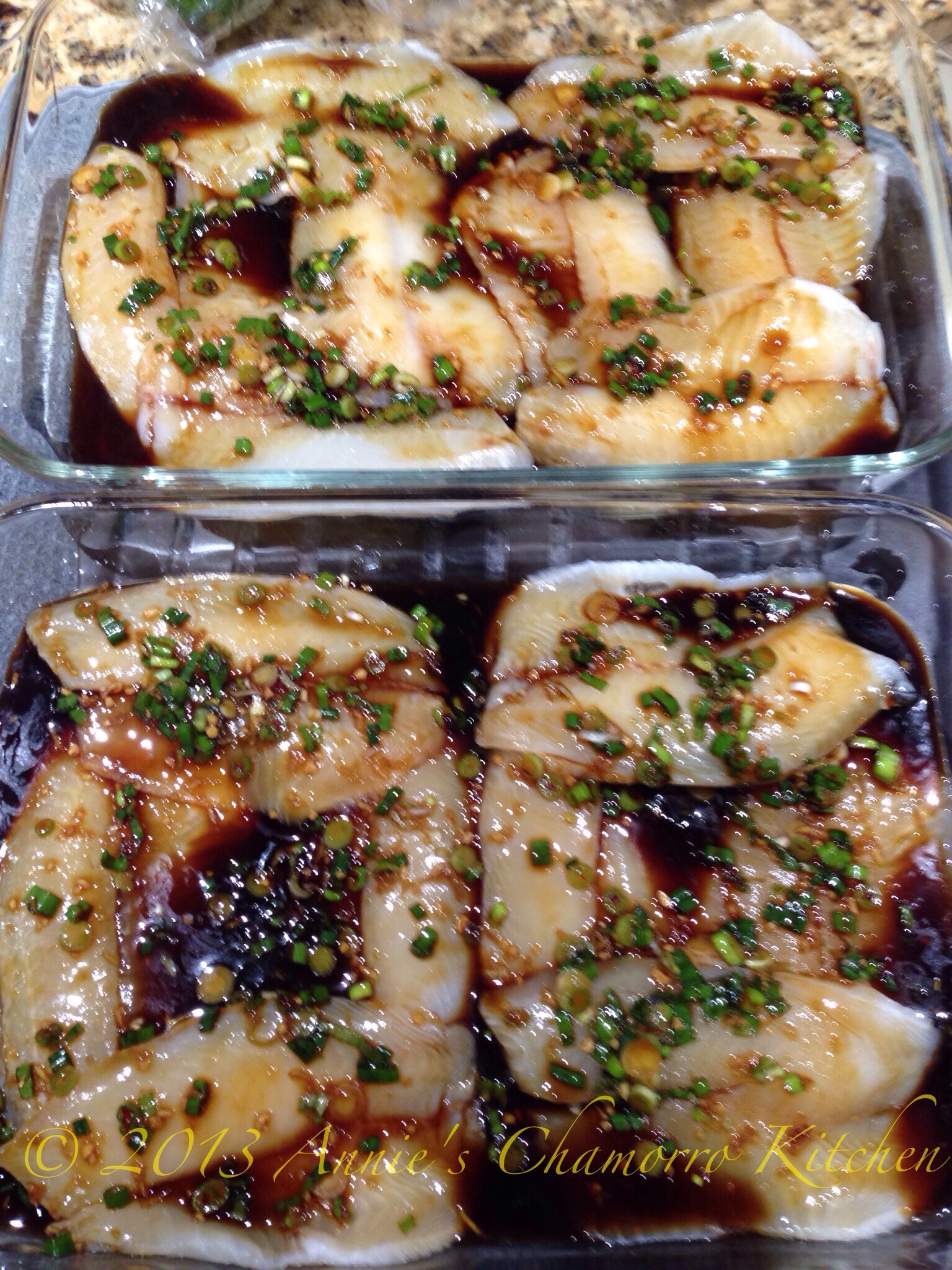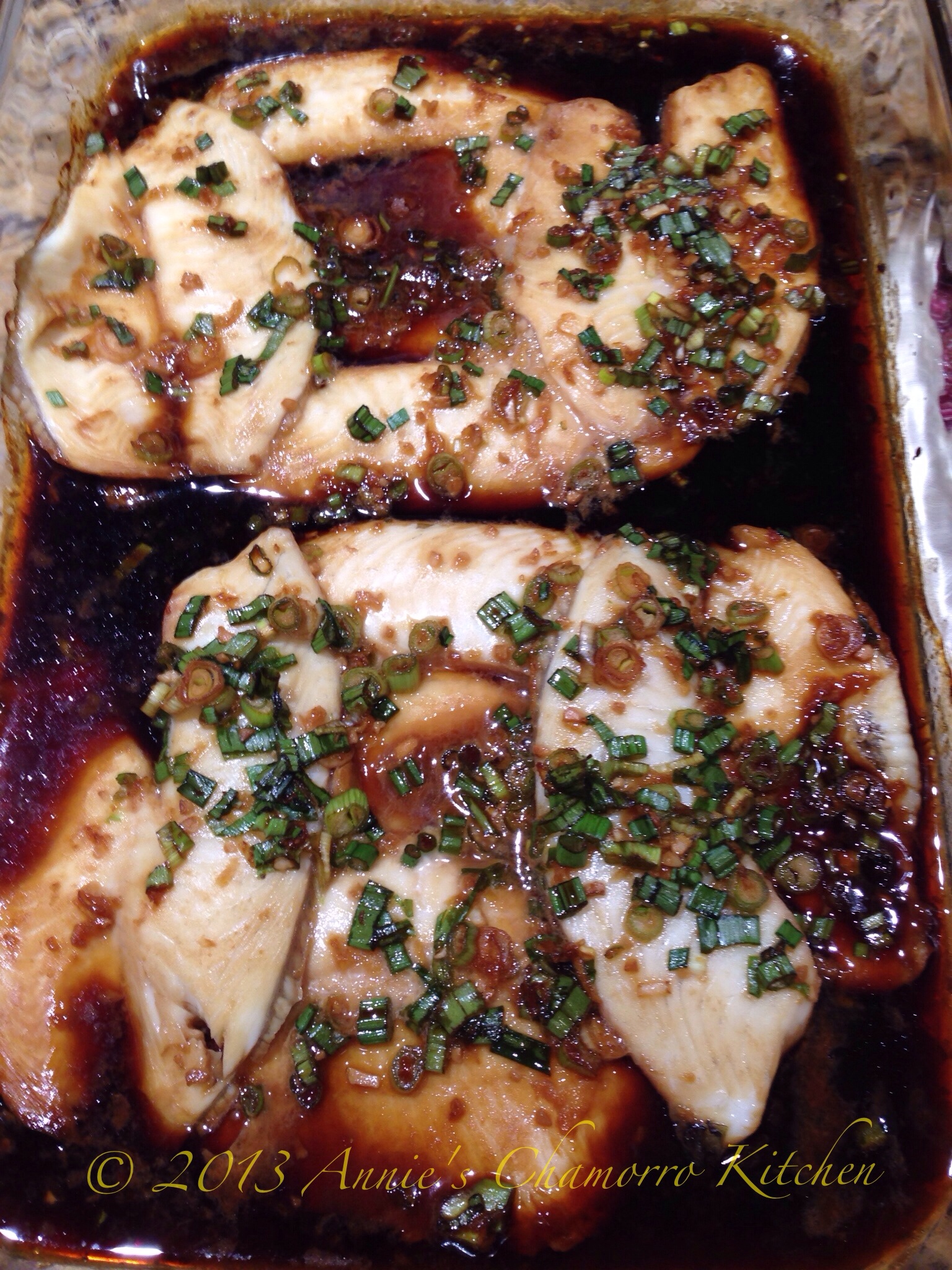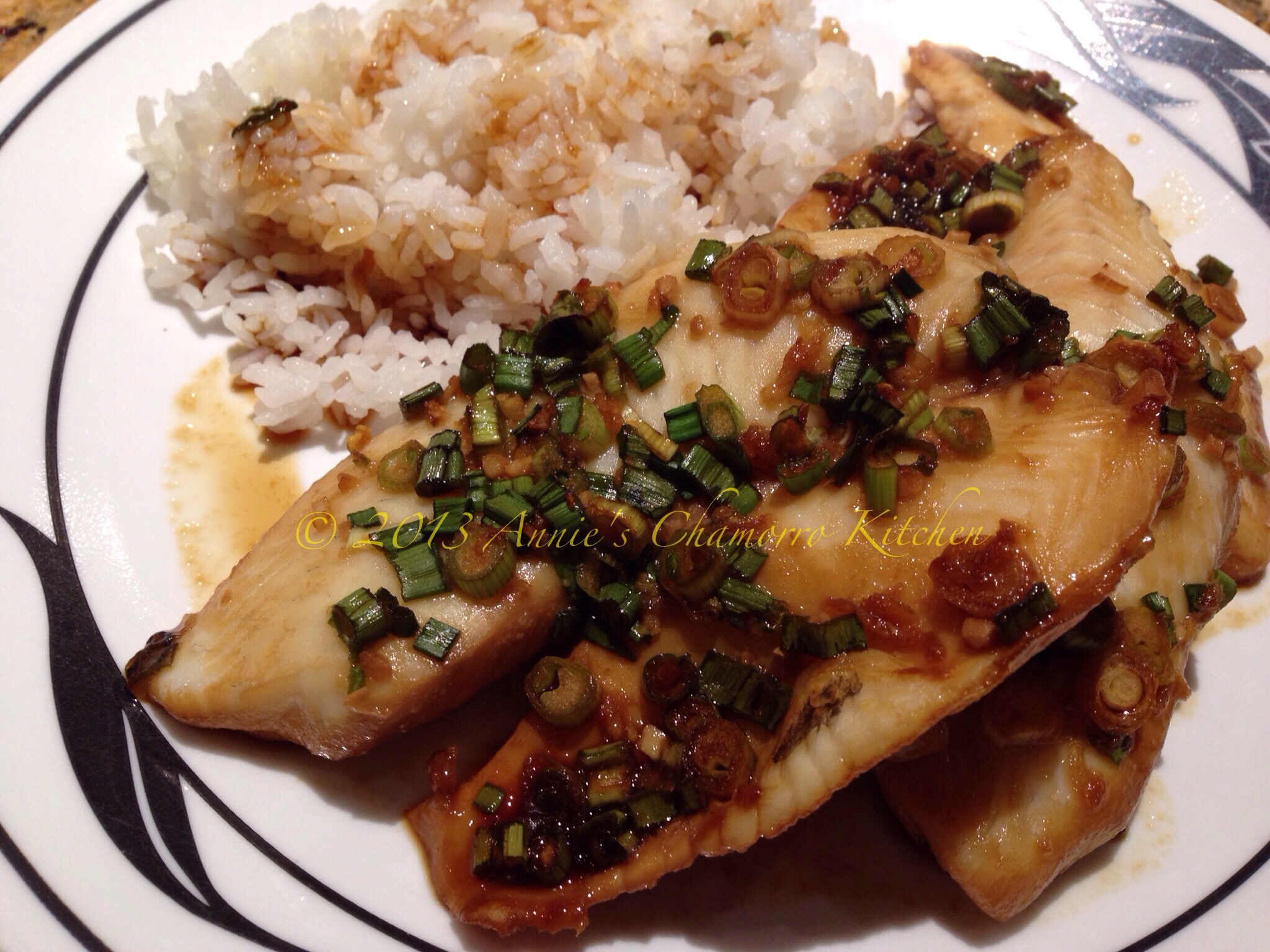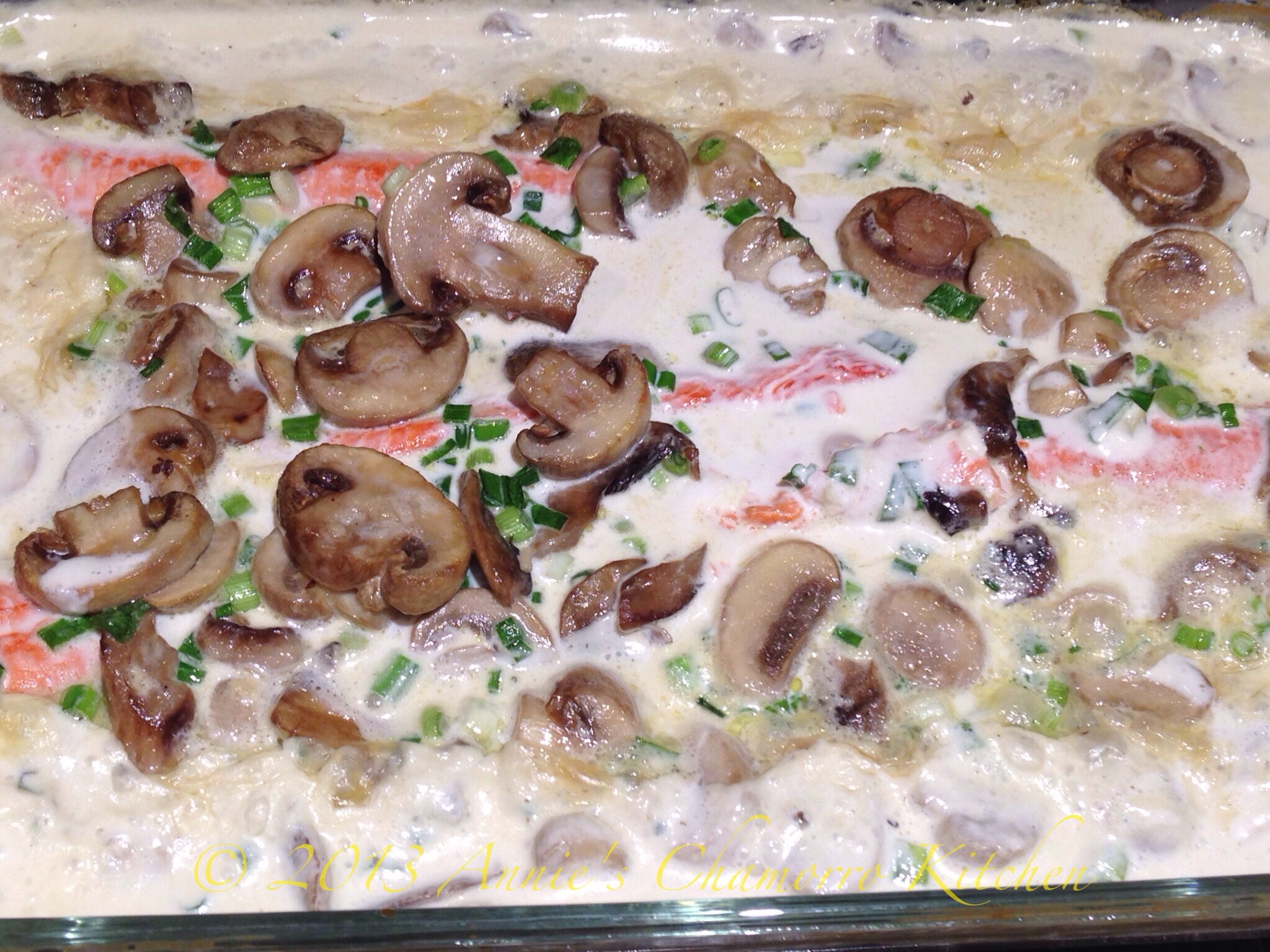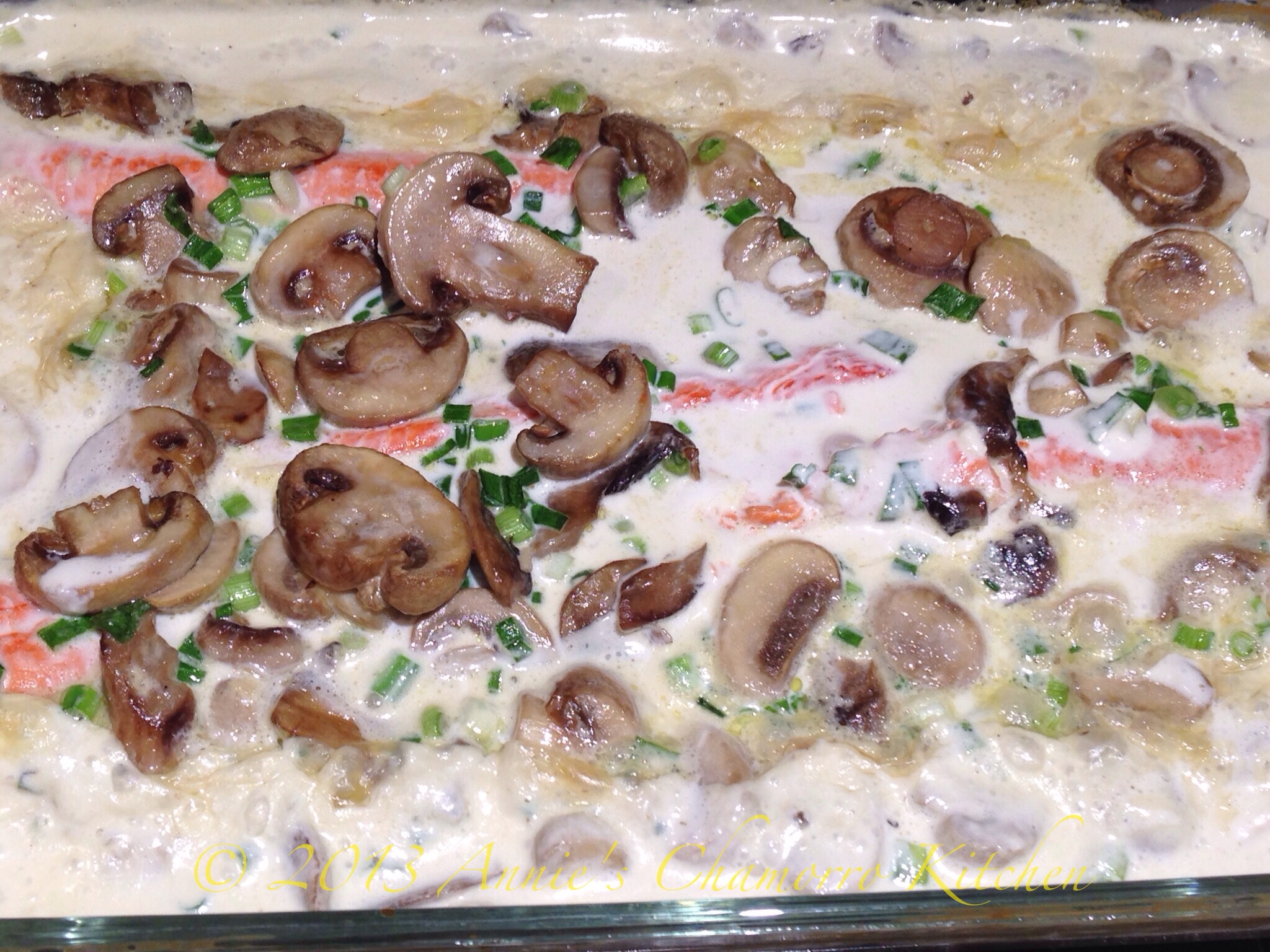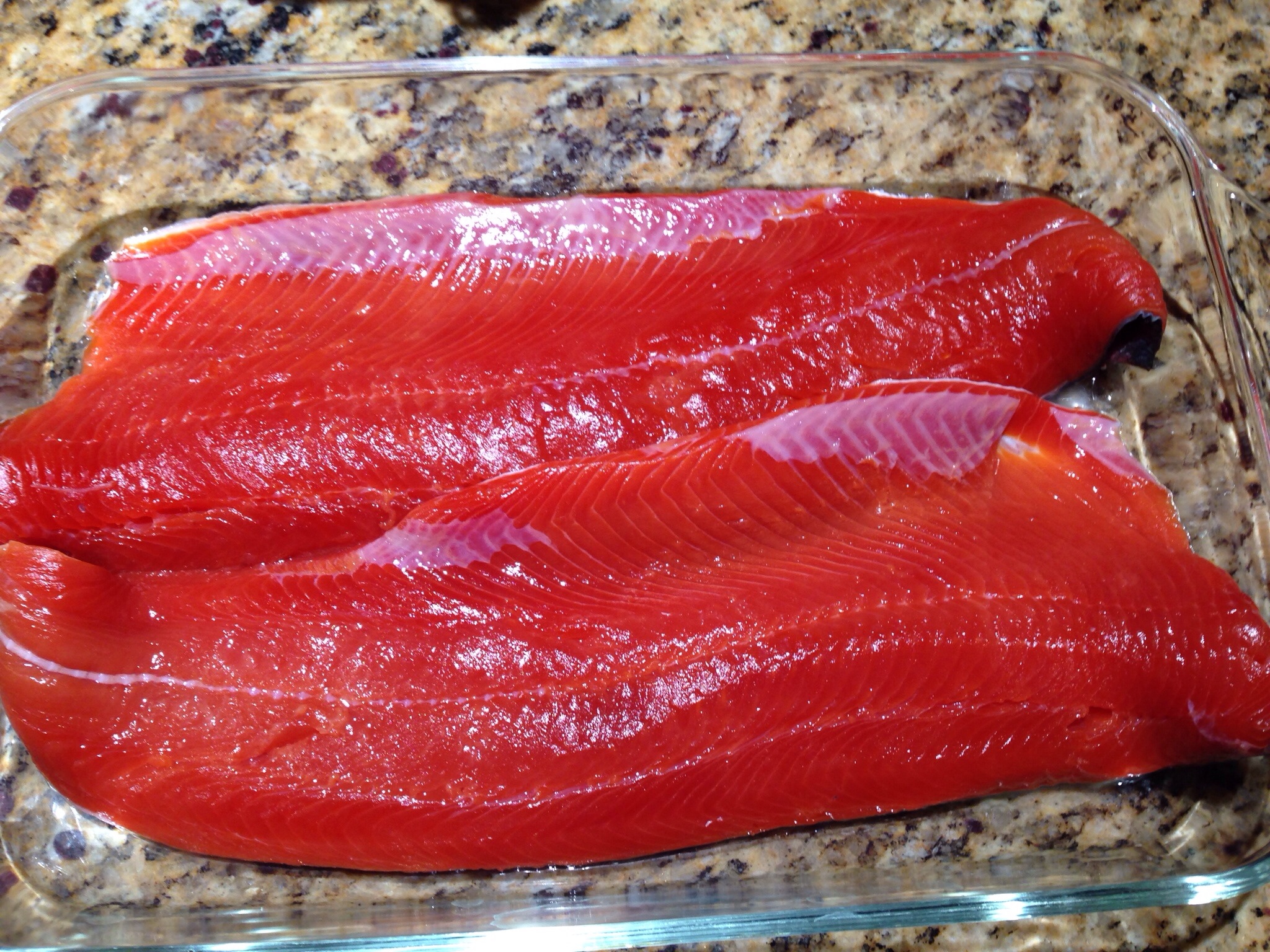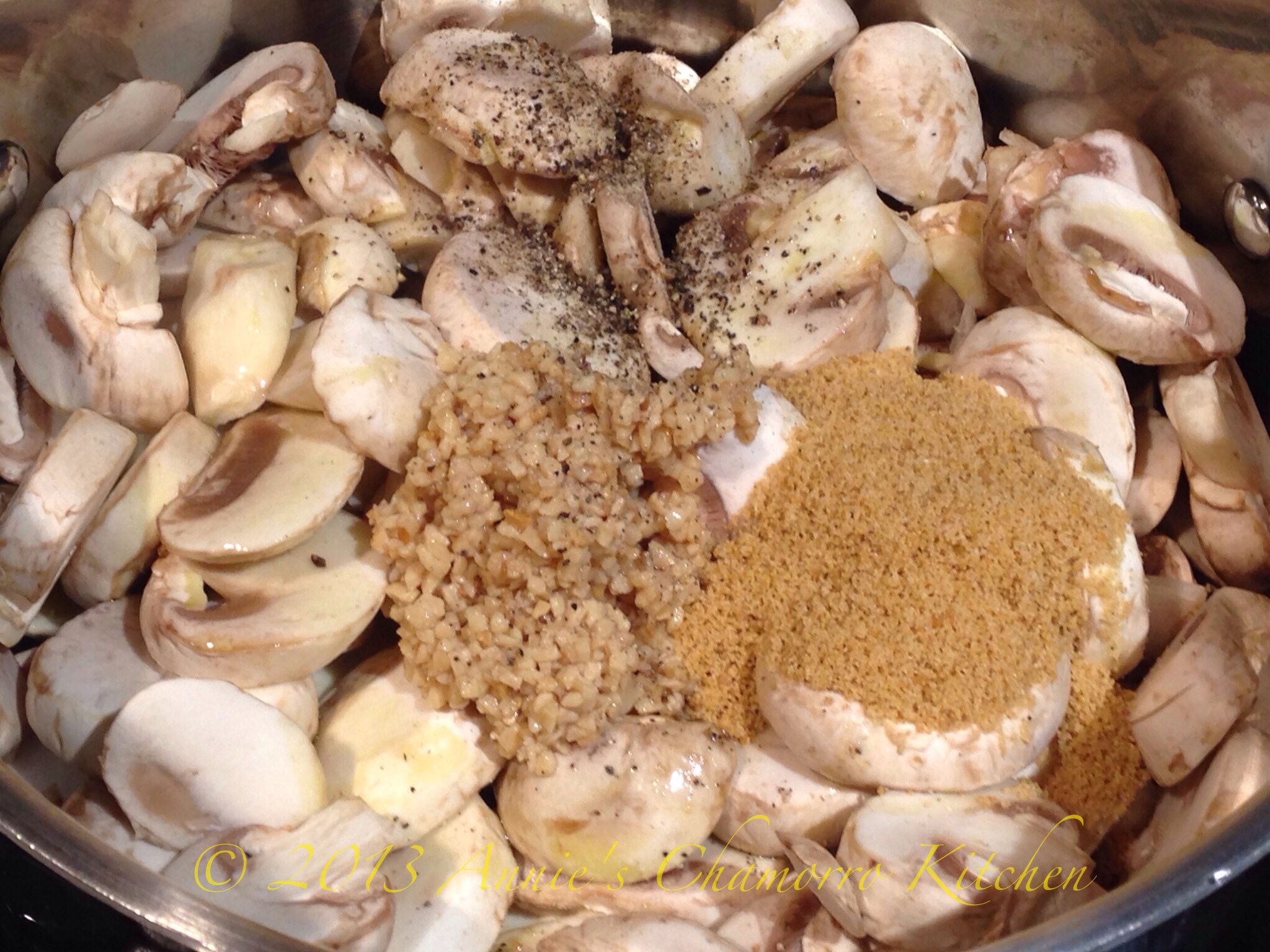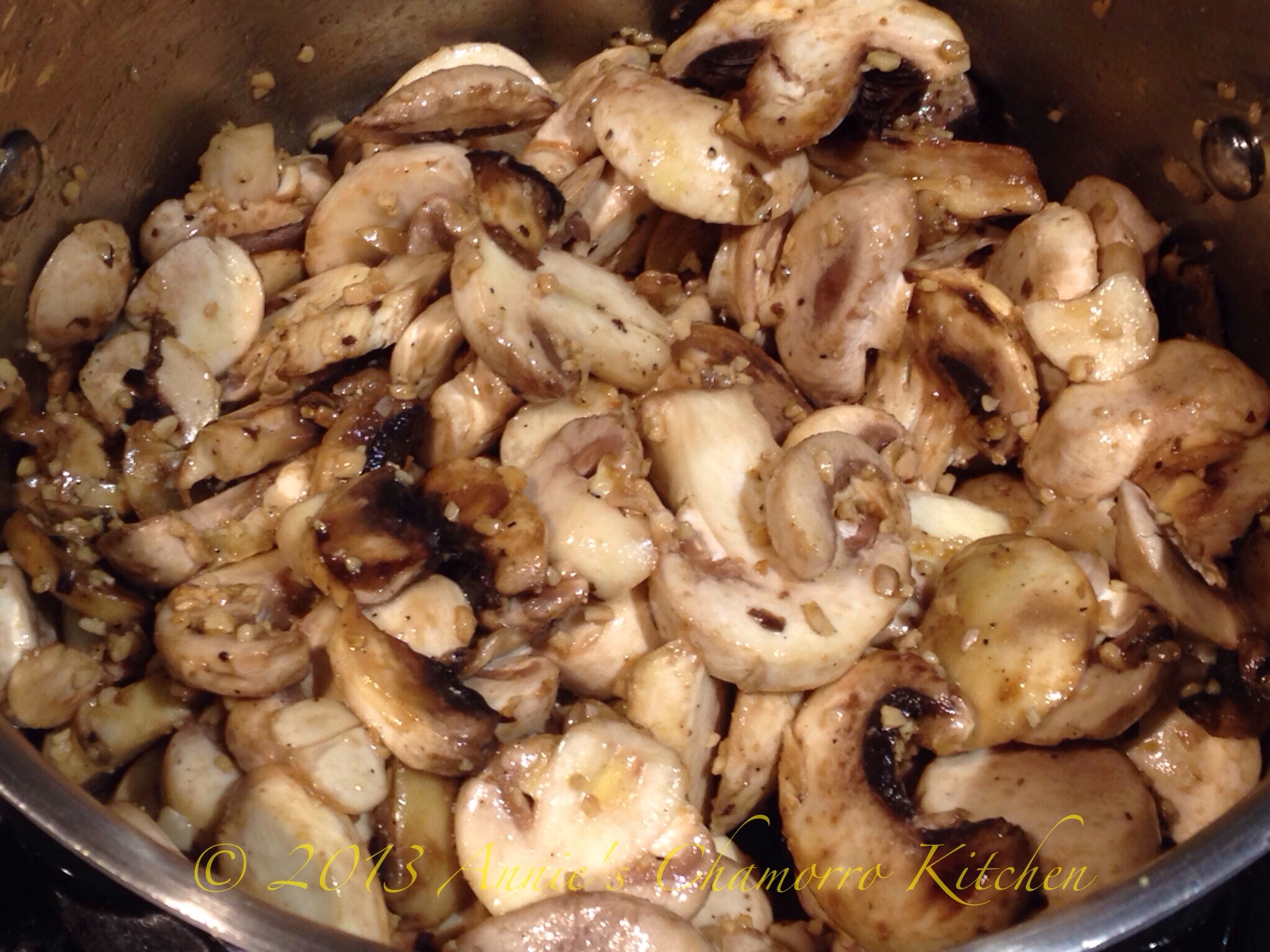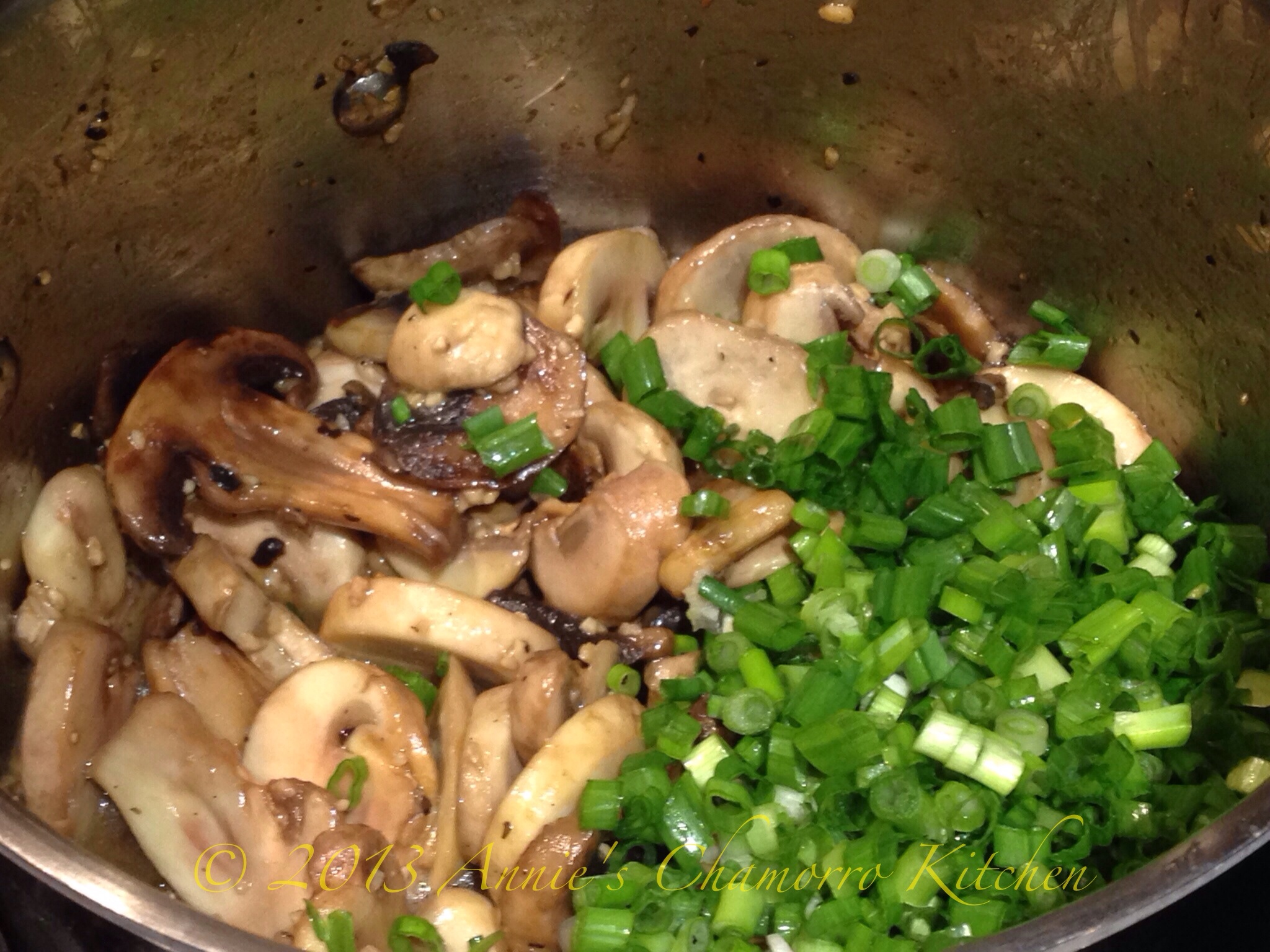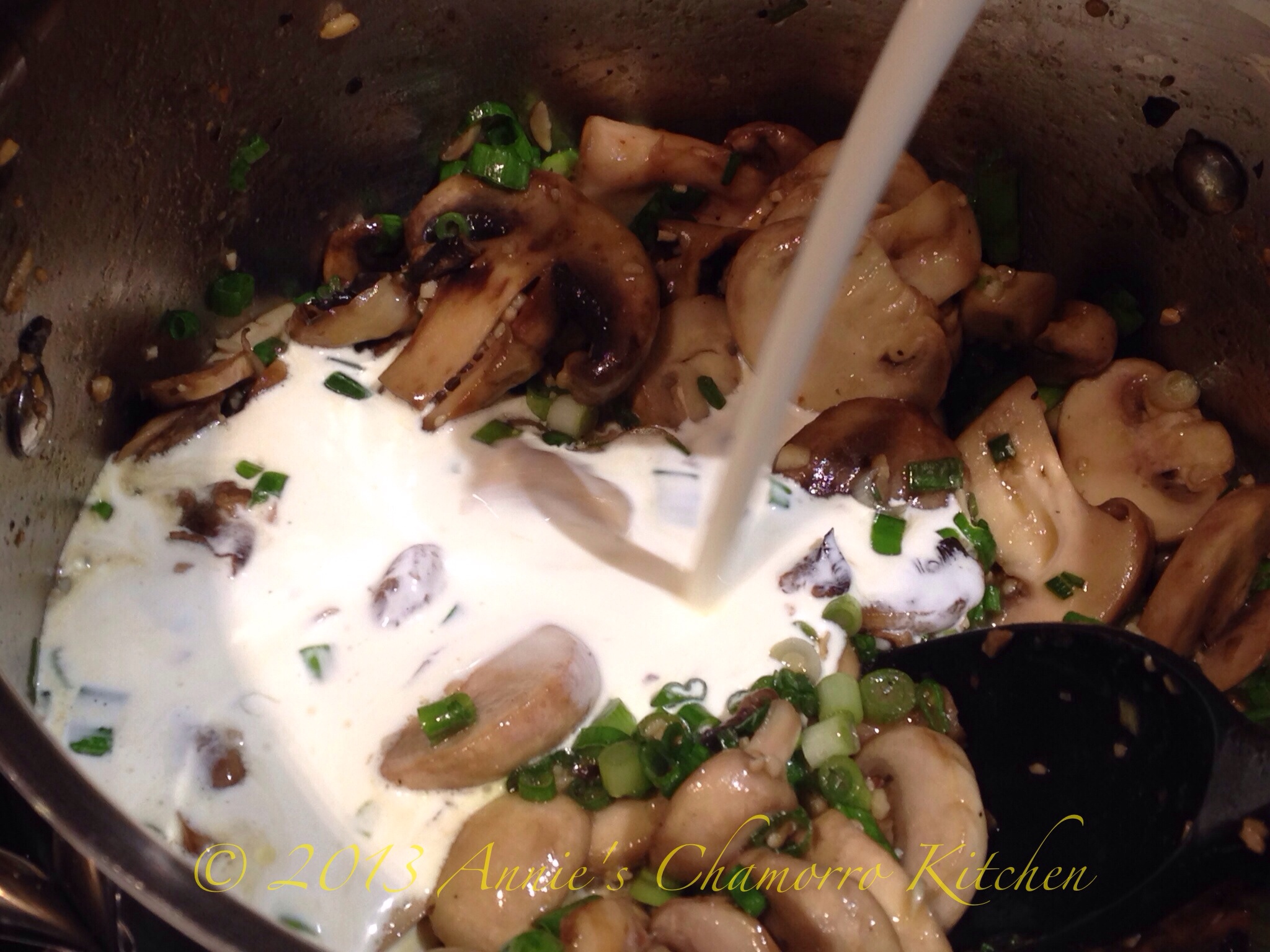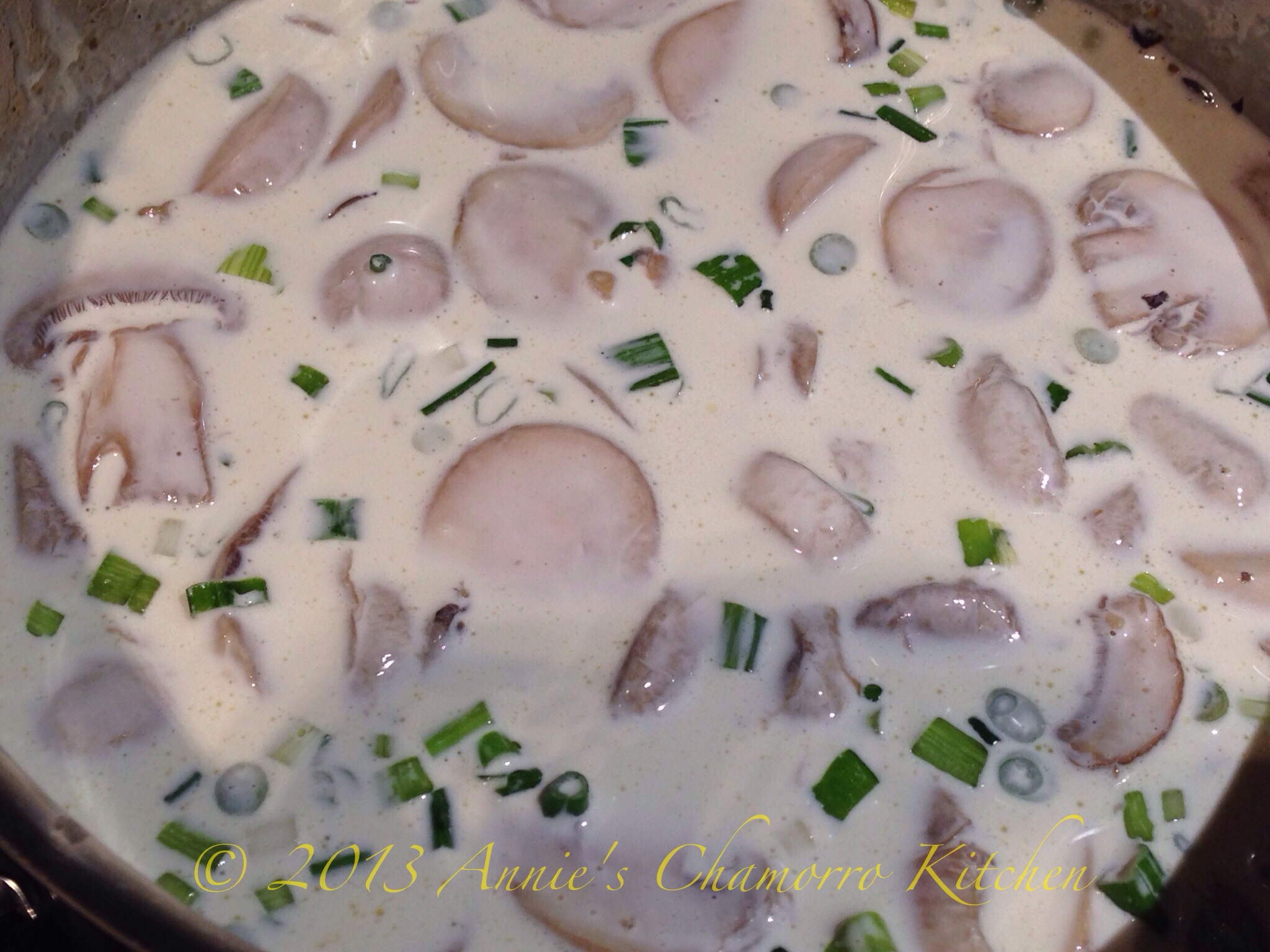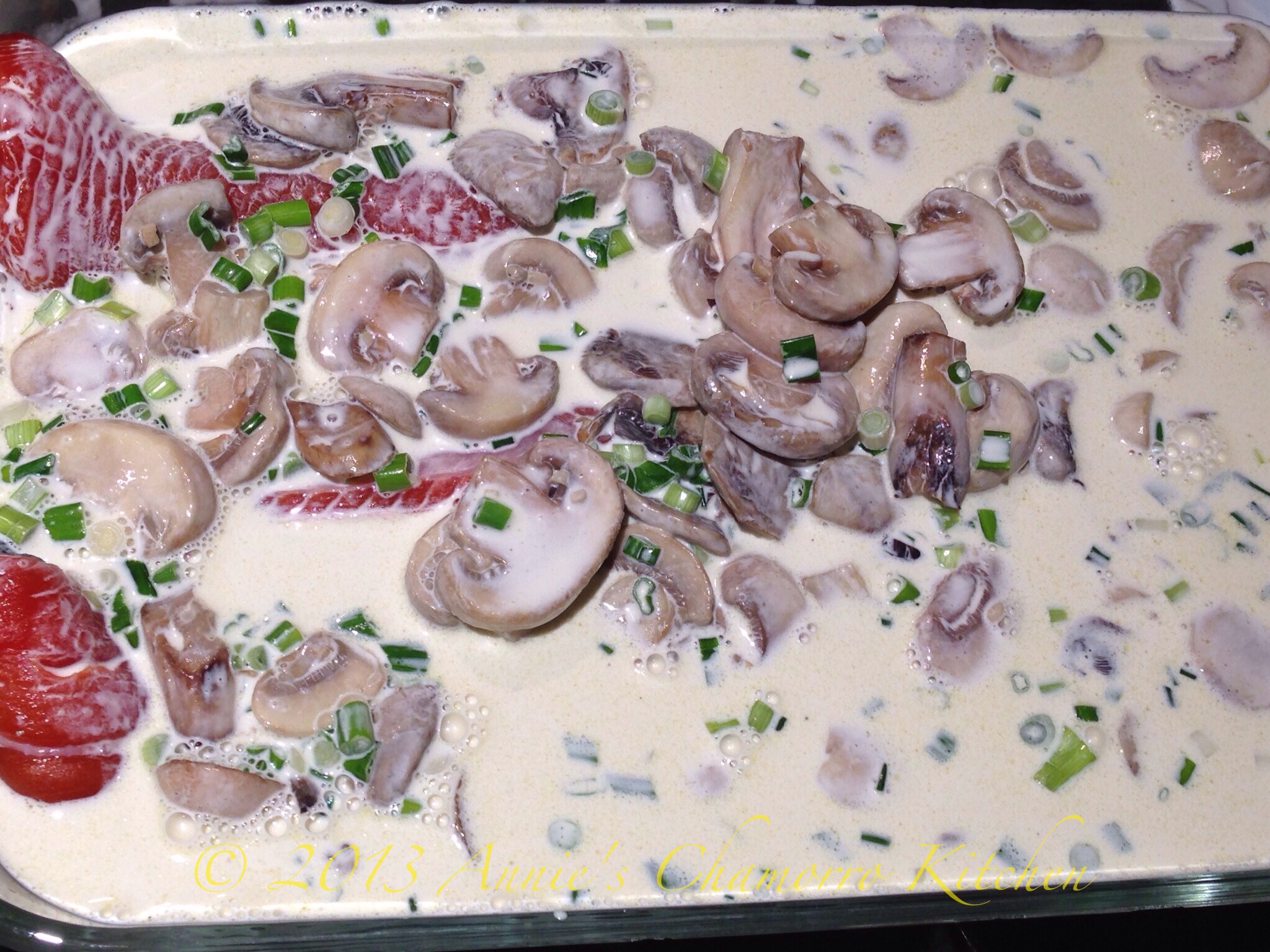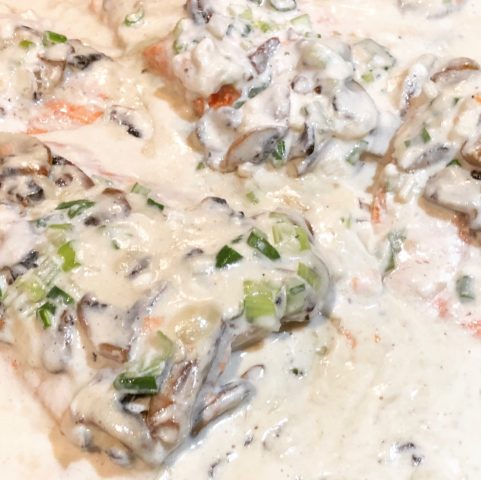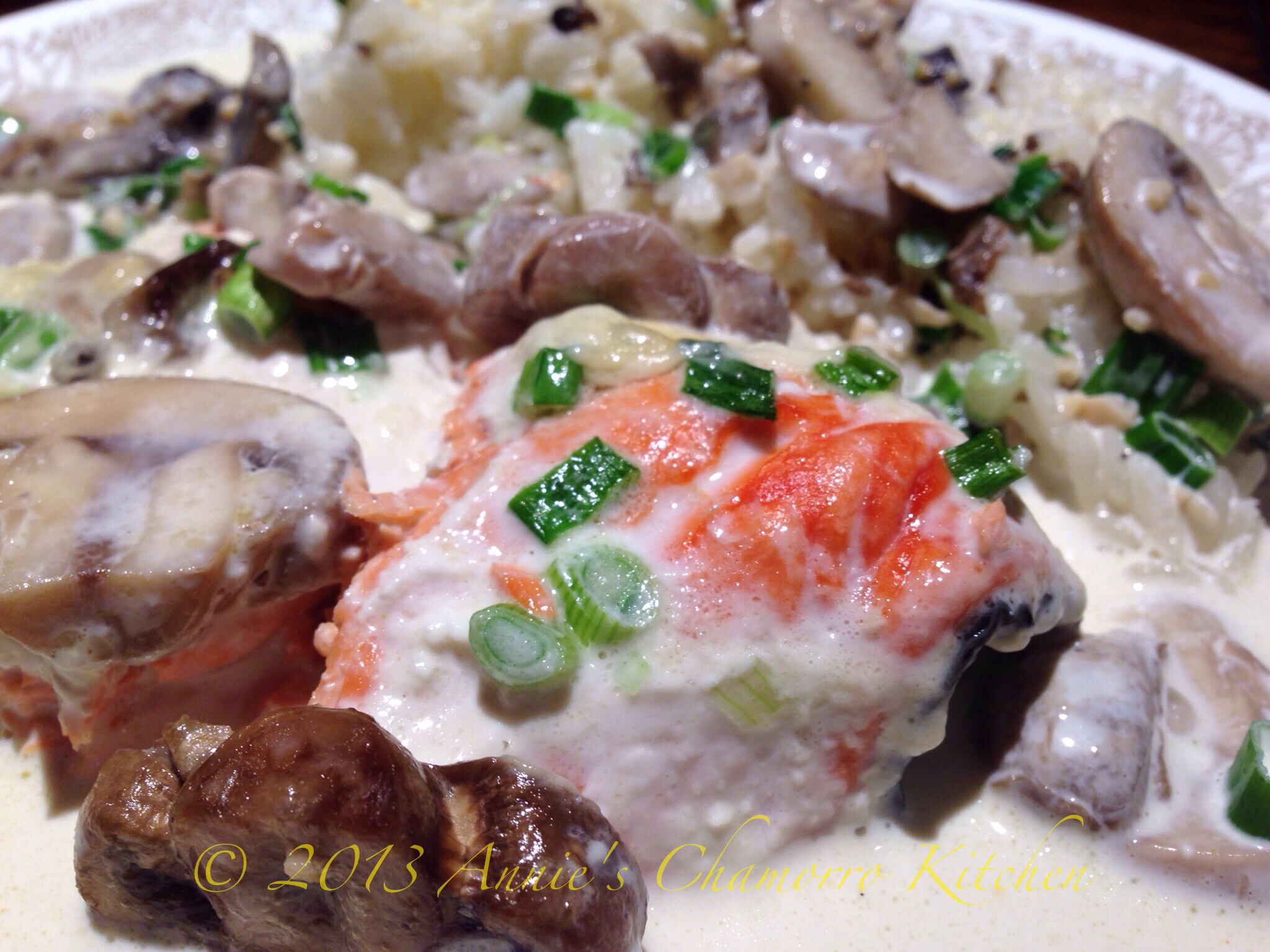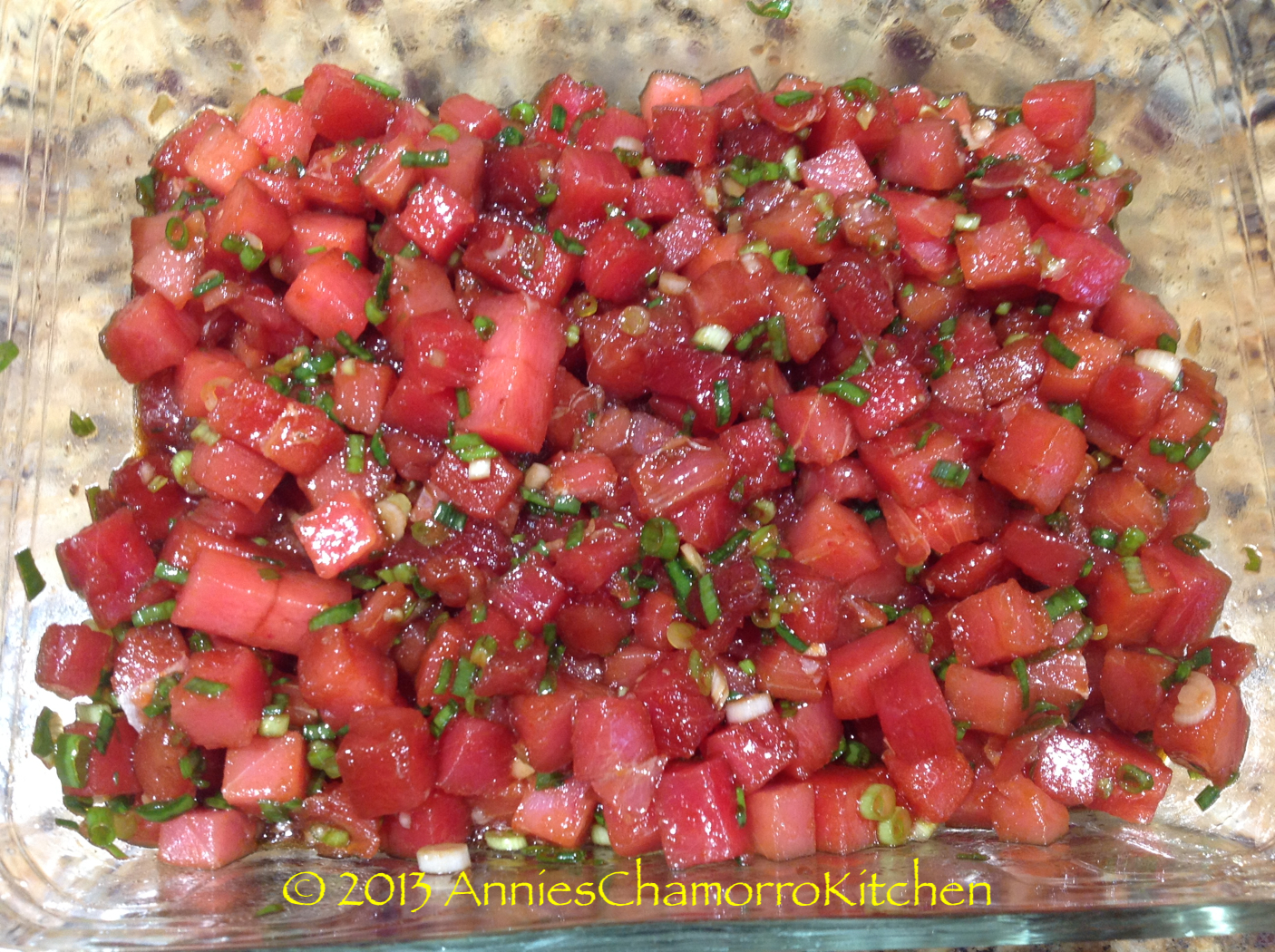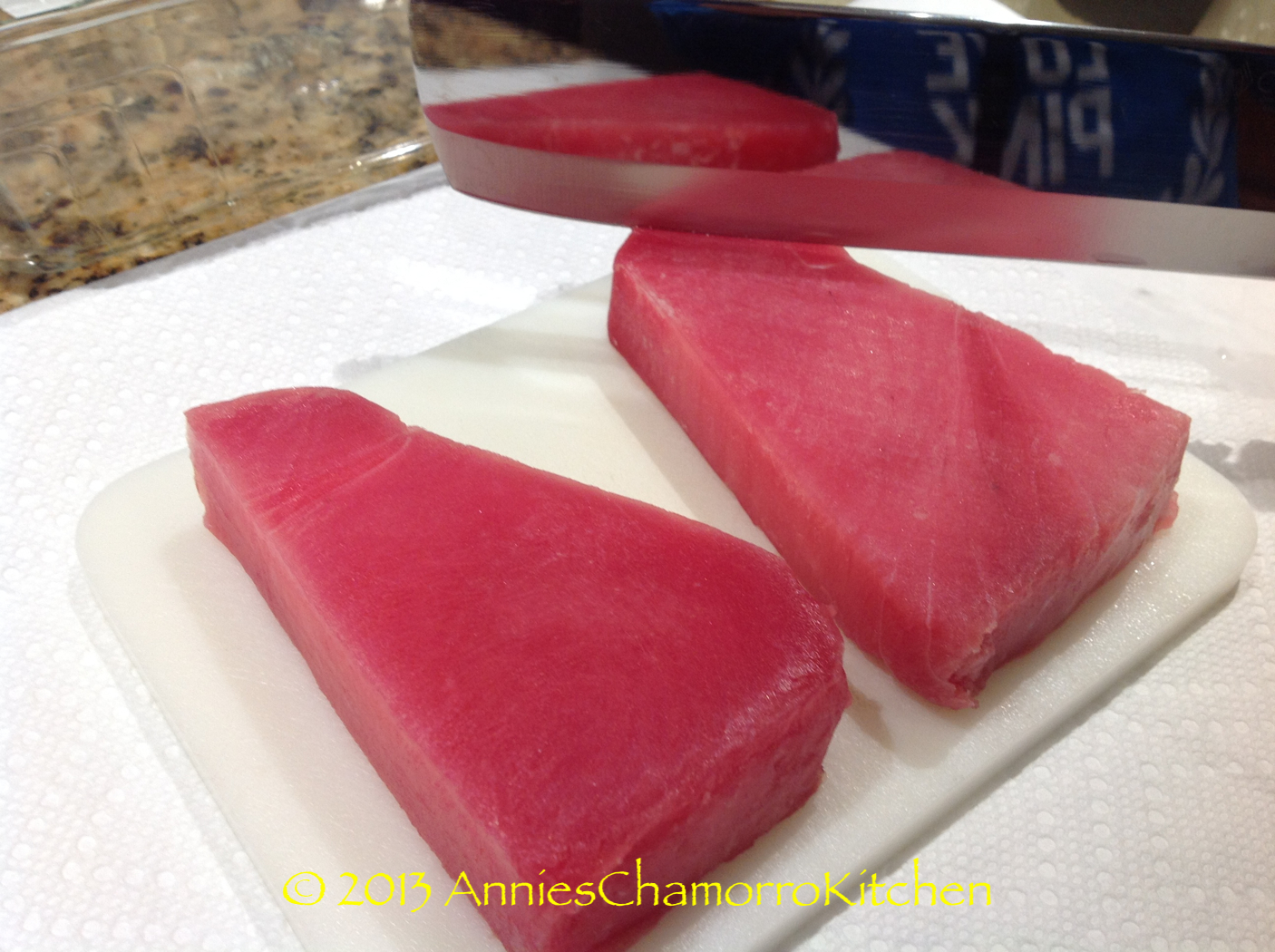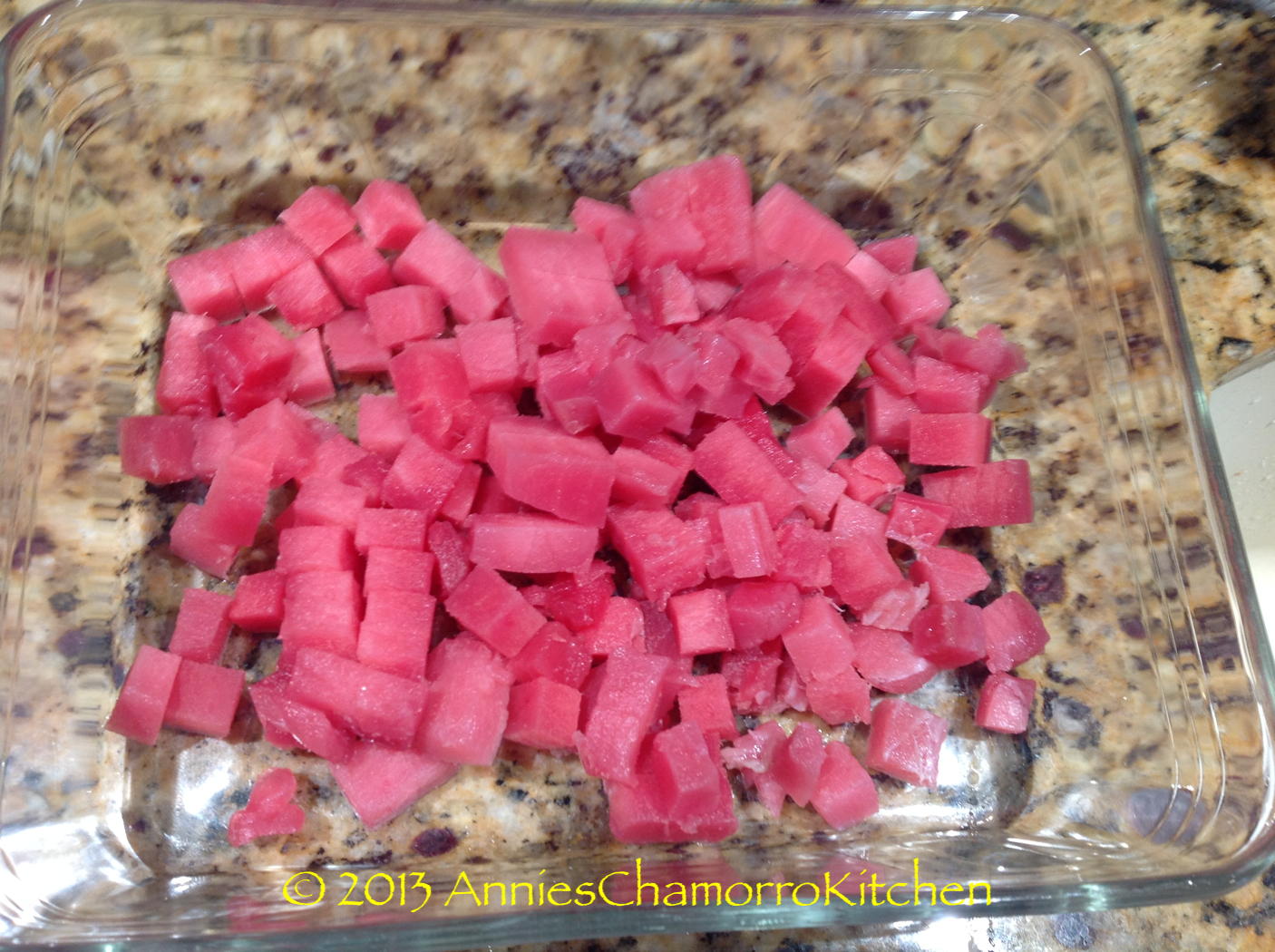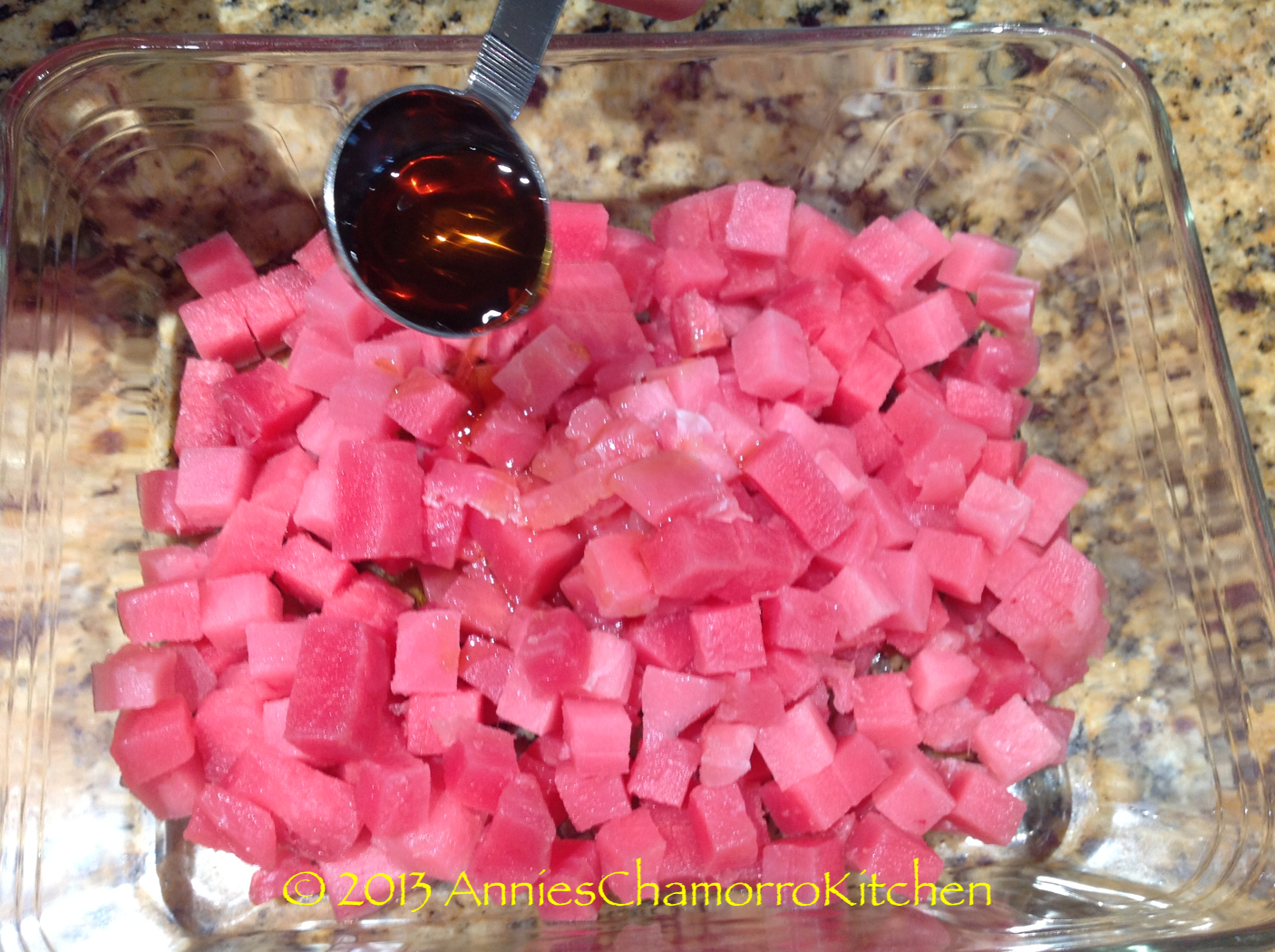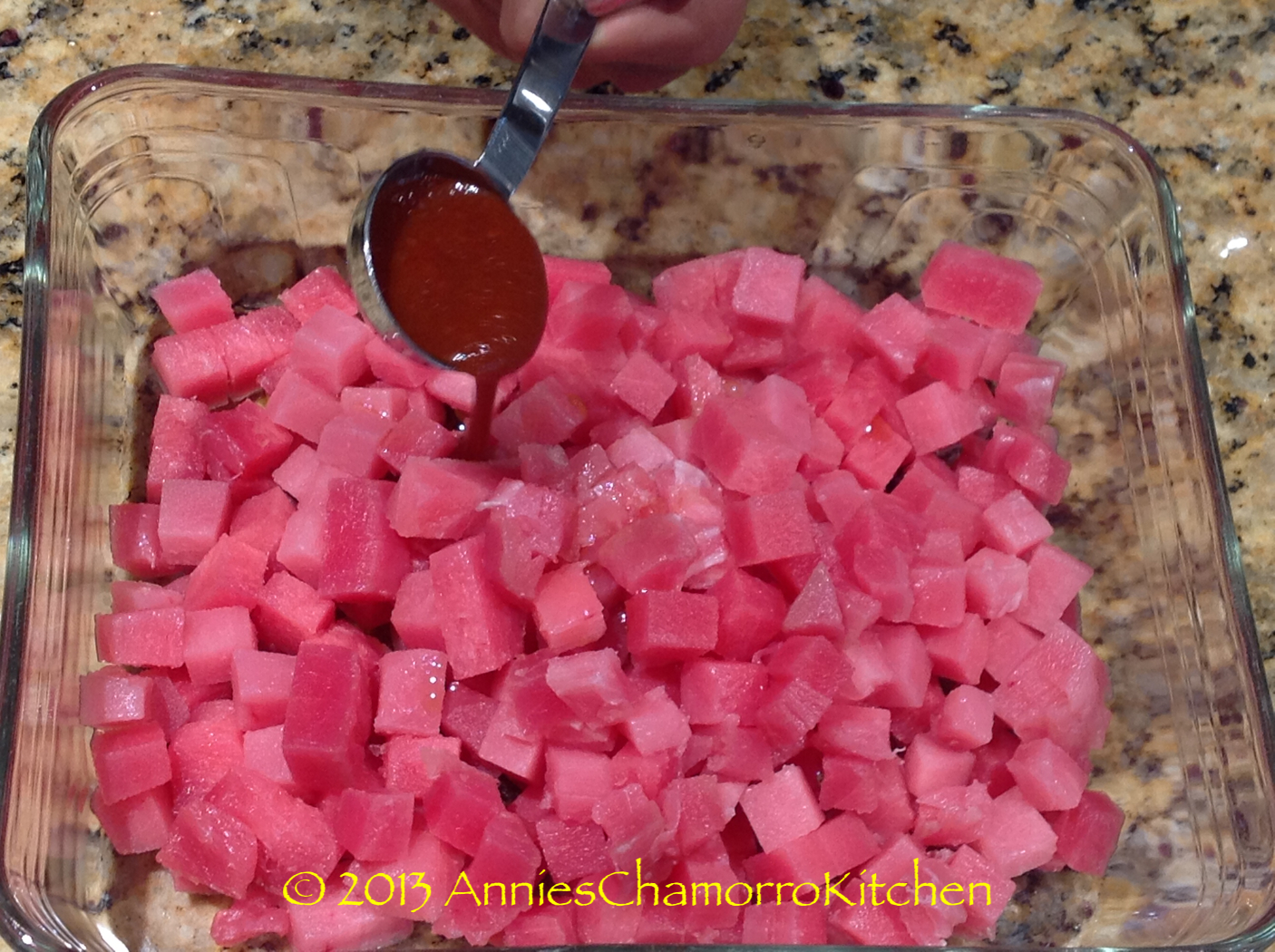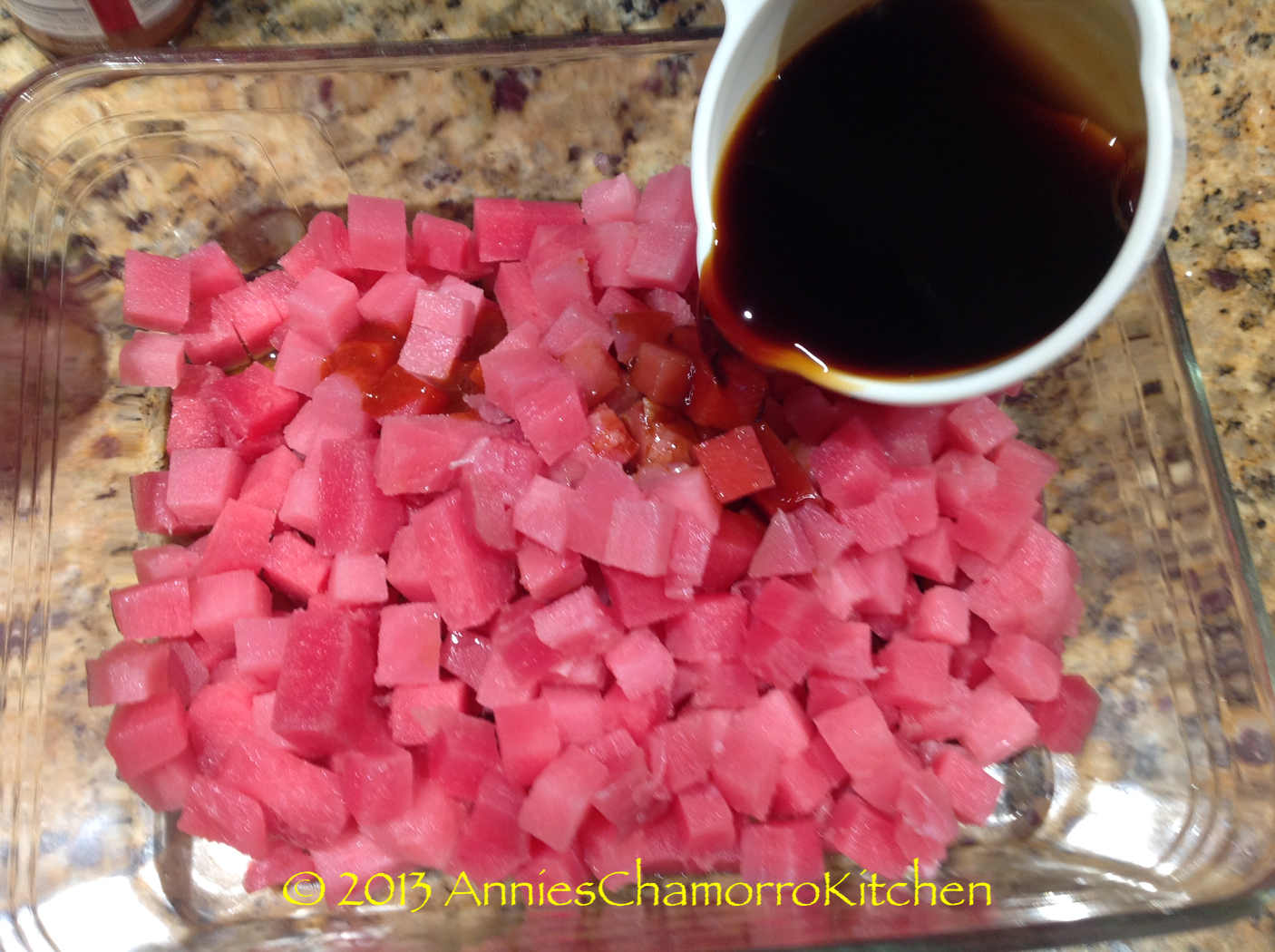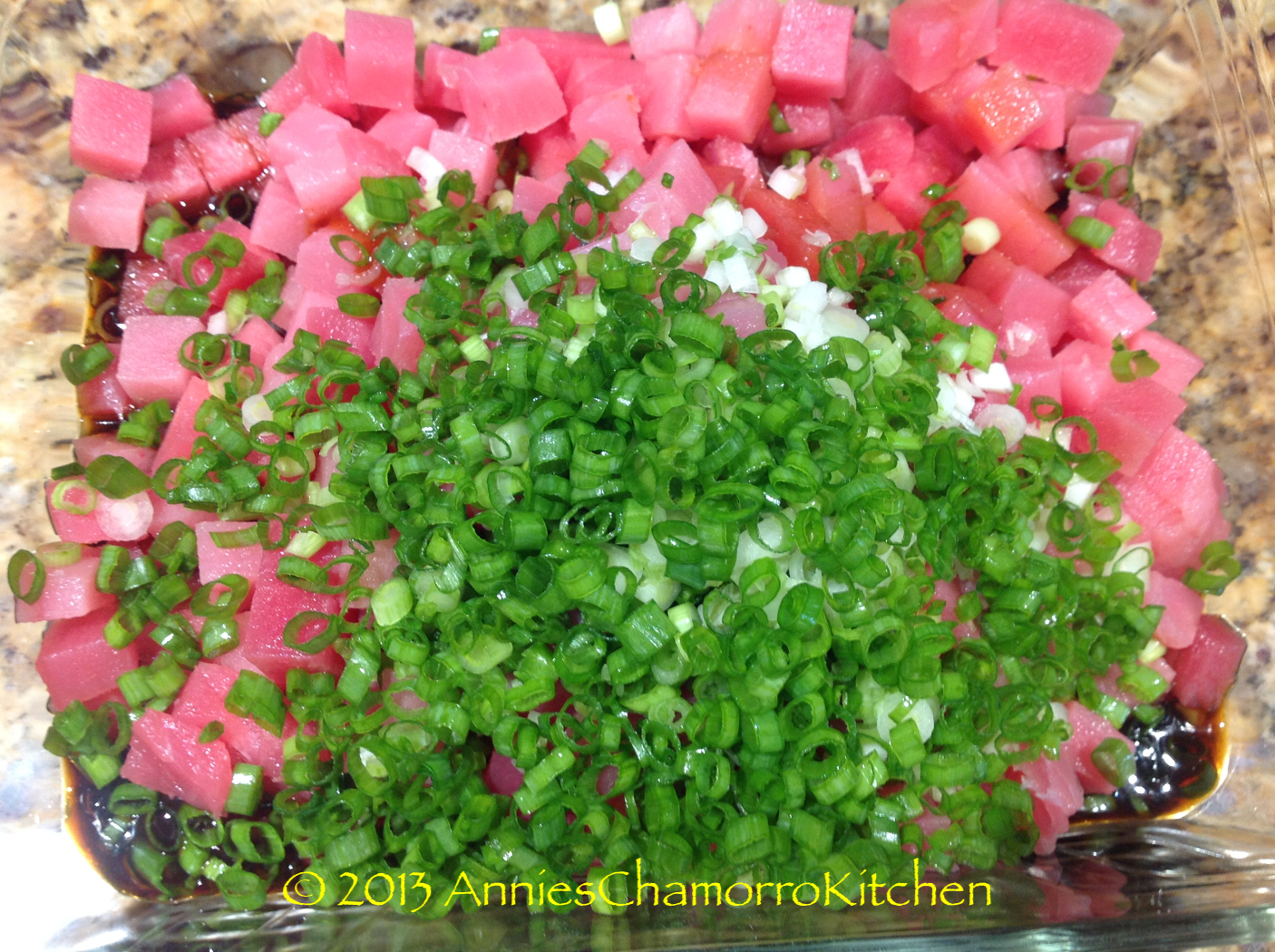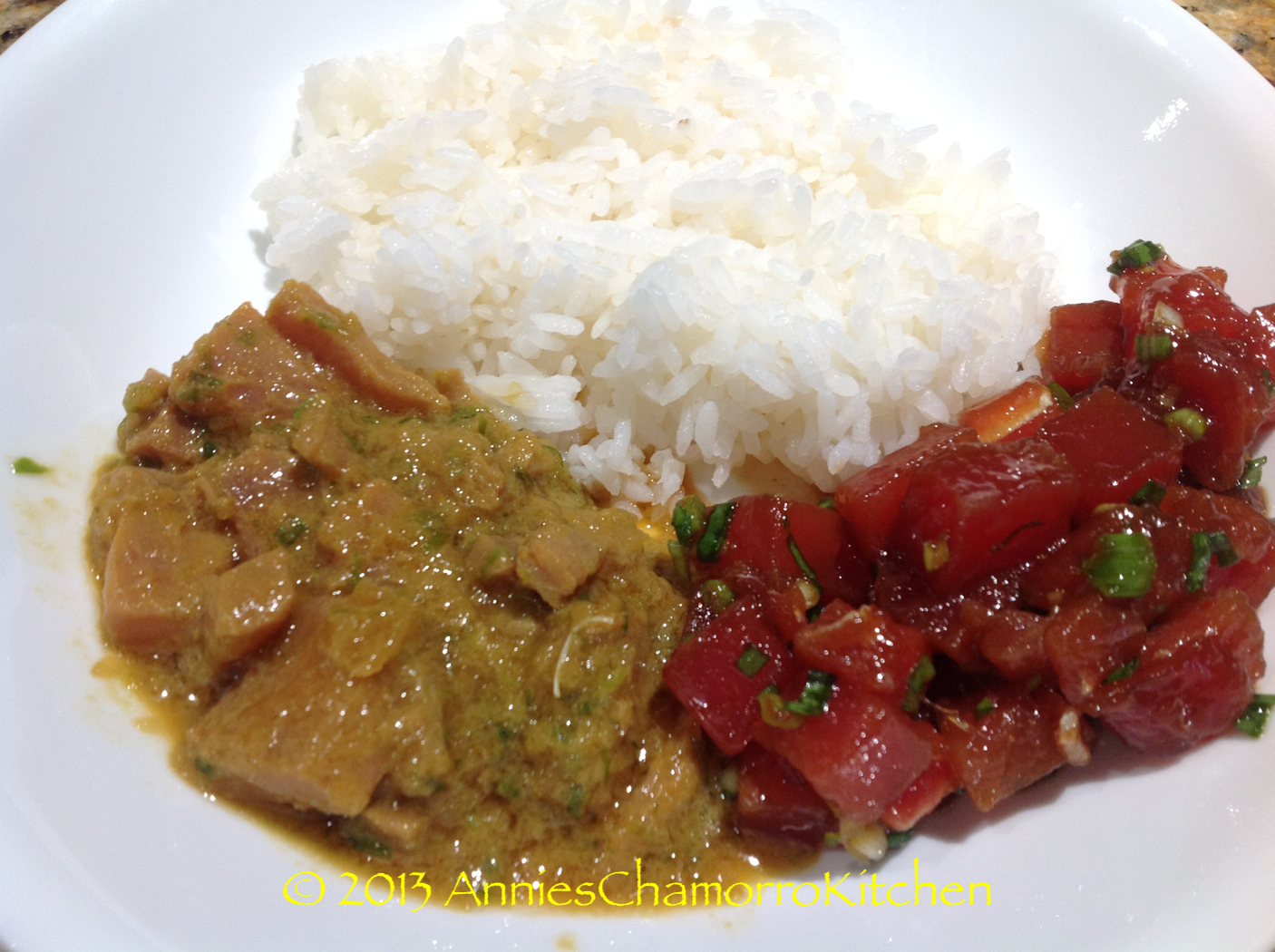I love sashimi!
If you don’t care to eat raw fish, then I’m sorry, but this recipe is not for you. BUT, you can share it with someone who does! 🙂
In the words of my daughter, “I love, love, love this! It’s almost as good as your tuna poki!” That’s my picky-eater daughter, mind you. She even eats the shredded RAW RADISH in this dish! YES!
Radish, you ask? In sashimi? Don’t knock it ’till you try it.
My inspiration is from this fantastic sushi restaurant in Vegas (sorry, folks, I can’t name the restaurant here), but if you’ve lived in Vegas before, you’ve probably been to or heard of this place — look at the photo below, recognize it yet? 😉
This recipe is all about the sauce, I think. It’s my version of ponzu sauce.
Give my recipe a try. I think you’ll like it.
The Best Sashimi Ever!
Ingredients:
Good quality ahi tuna, thinly sliced
1 bunch green onions
1 long white radish (the one below is called an Icicle Radish)
Sashimi Sauce:
The juice of 3 lemons and 2 limes
1/4 cup rice vinegar
1 cup soy sauce
1/4 cup mirin
1 small piece of dried kelp, about a 4-inch piece will do. You can find this and the other ingredients for this recipe at most Asian markets.
2 packets dried bonito flakes (0.17 oz. per packet). The kind I buy comes in a package that contains 5 of these packets.
1-inch piece ginger, grated
Cayenne pepper, about 1/4 teaspoon, more or less to taste. I like using Cayenne — it dissolves easily, and it’s not too spicy. Even my “little” one eats it. Well, she’s not so little anymore, but she’s sooooo picky!
Kewpie mayonnaise. Don’t substitute with regular mayo. The main difference between Kewpie and regular mayo is that kewpie is made with the egg yolks only, whereas some regular mayos are made with either only egg whites or whole eggs. Kewpie is also creamier and just a tad bit sweeter that regular mayo. Anyhow…look for and use kewpie mayo for this dish (no subs).
Directions:
Rinse, peel, and grate the radish. I used a box grater, grating the radish on the side with the second smallest holes. Set aside.
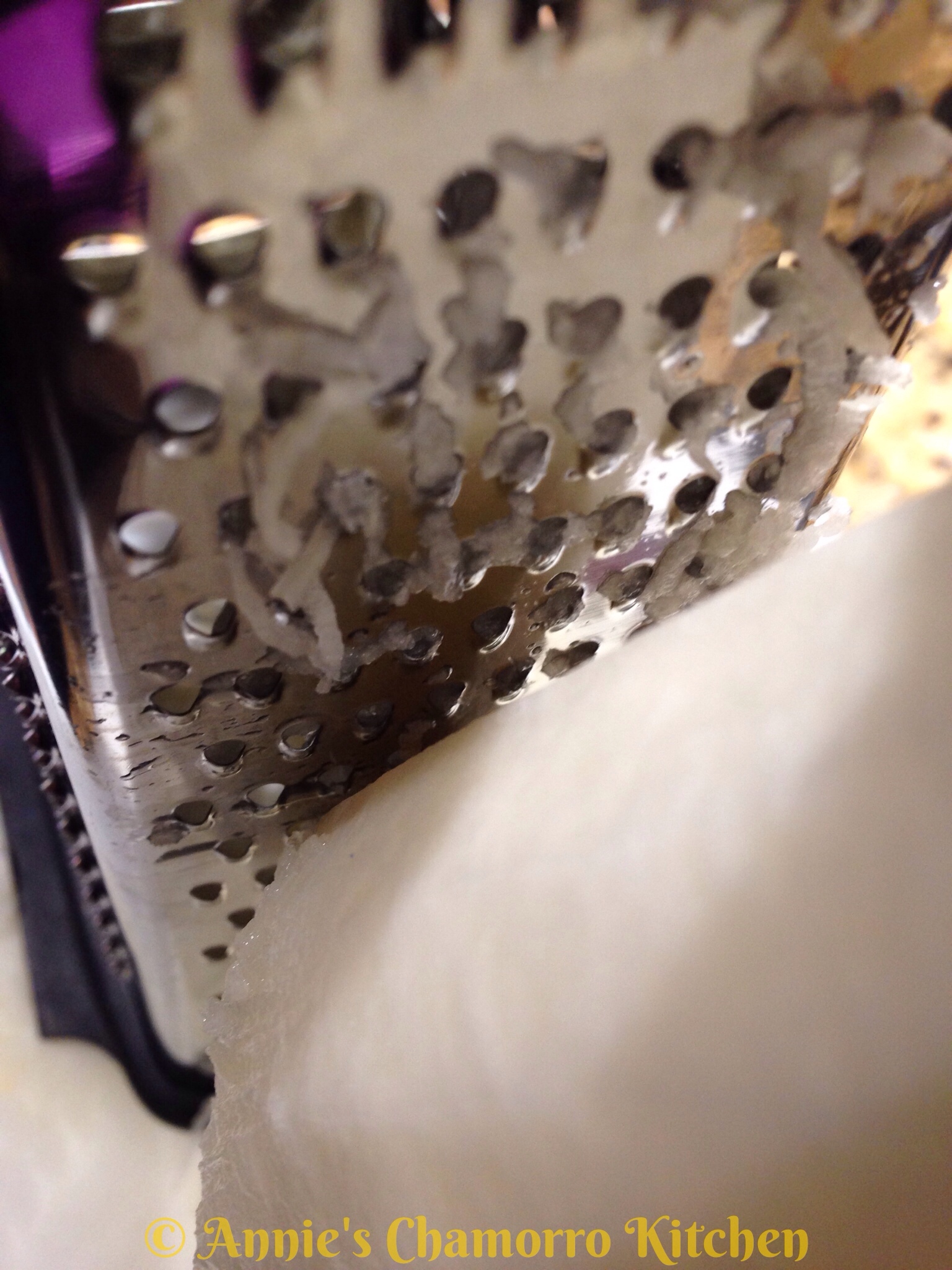 Place the lemon and lime juices into a mixing bowl. I picked out the seeds before squeezing the juice out of them (I like leaving the pulp in the sauce). You can use squeeze the juice into a small strainer if you want to strain out the pulp. You need about 1 cup of juice. If you have smaller fruits and get less than a cup of juice, squeeze more juice out of either a lemon or lime (your preference) to get about a cup of juice.
Place the lemon and lime juices into a mixing bowl. I picked out the seeds before squeezing the juice out of them (I like leaving the pulp in the sauce). You can use squeeze the juice into a small strainer if you want to strain out the pulp. You need about 1 cup of juice. If you have smaller fruits and get less than a cup of juice, squeeze more juice out of either a lemon or lime (your preference) to get about a cup of juice.
Pour in the rice vinegar.
Add the soy sauce.
Add the mirin.
Add the dried kelp. Leave the pieces big — you’re going to remove this later.
Add the bonito flakes.
Add the grated ginger. Use fresh ginger — the powdered stuff just won’t taste the same.
Sprinkle in as much cayenne pepper as you like. You can also add in chopped hot chili peppers.
Mix to combine. Set the mixture aside. Let it sit for at least an hour to allow the flavors to meld. Use a fork to pick out the pieces of kelp; discard the kelp. If you want a smooth sauce, pour it into another bowl with a strainer over the top.
After an hour, place about 2 tablespoons of kewpie mayo into a shallow dish. Pour in 1 cup of the sauce mixture. (Refrigerate any unused sauce.)
Use a whisk or a fork to mix the kewpie mayo into the sauce mixture. I know, it doesn’t look very appetizing right now, but trust me…it’s delicious…so delicious you might just want to drink the sauce! 🙂
Place the shredded radish into the center of the dish.
Place thin slices of ahi tuna on top of the shredded radish.
Squeeze more kewpie mayo on top of the fish. Sprinkle sliced green onions on top. Drizzle more sauce over the fish. Optional: sprinkle smelt roe on top of it all.
Serve immediately (it’s delicious with steamed white rice) and ENJOY!
